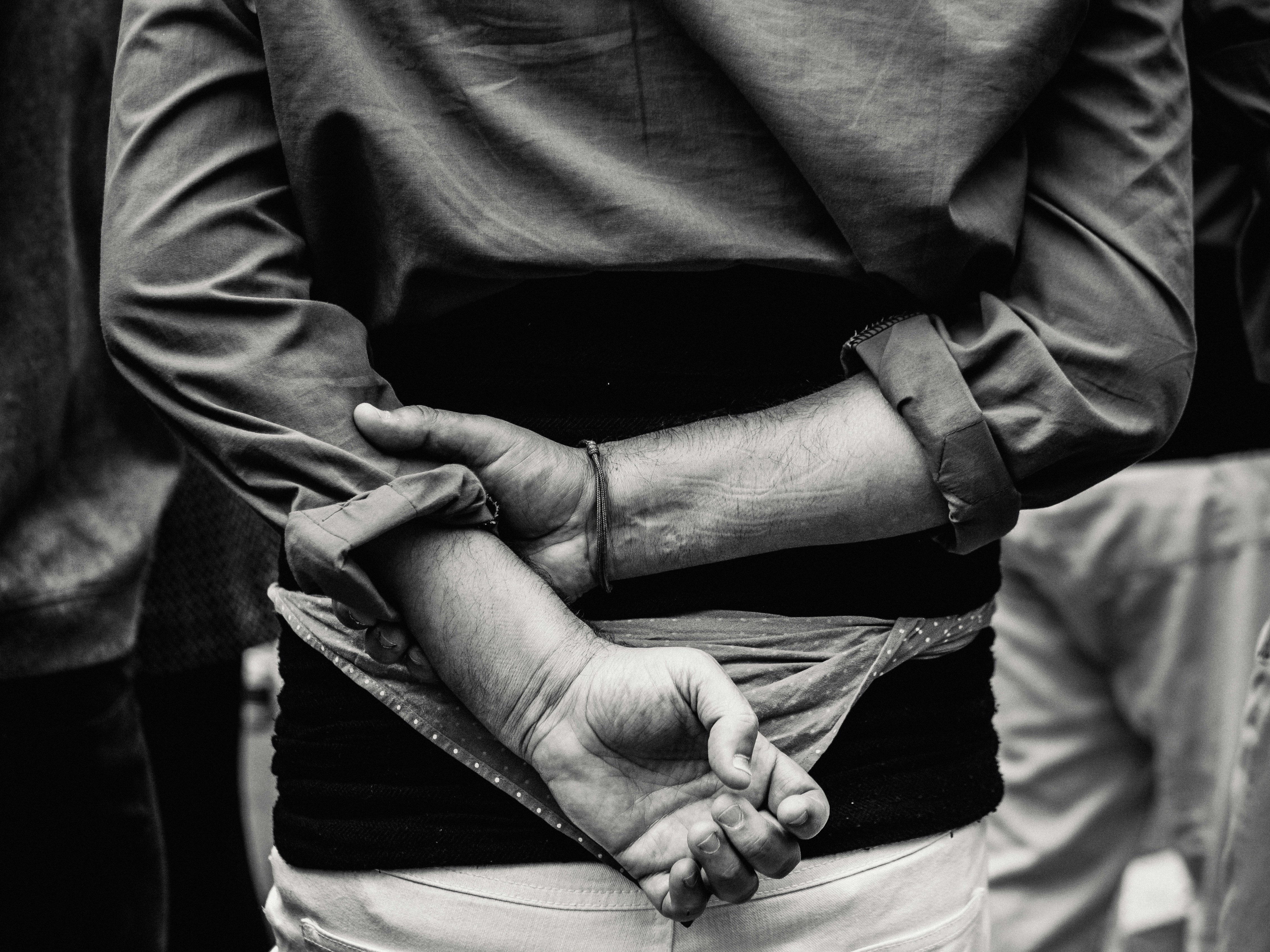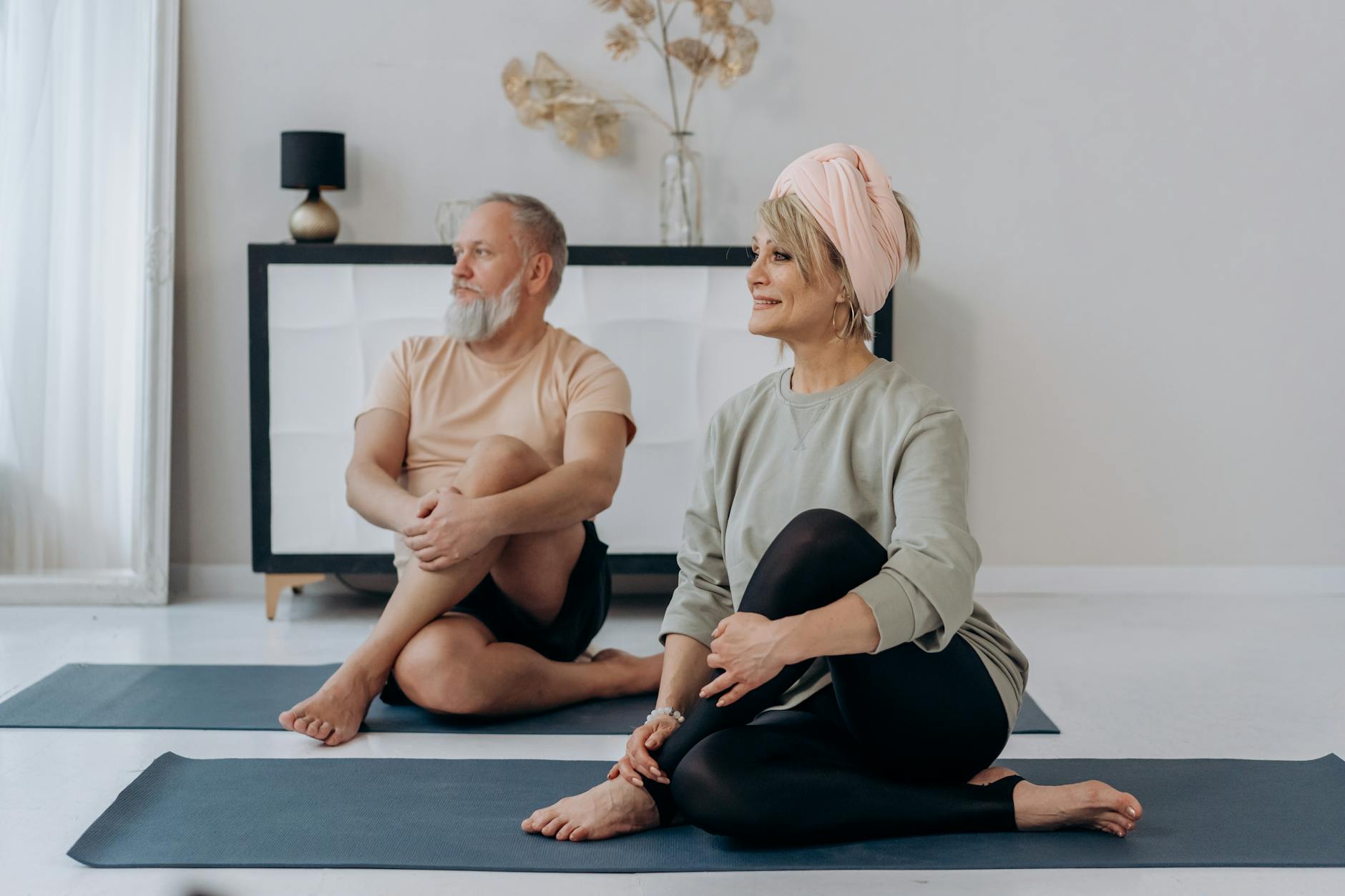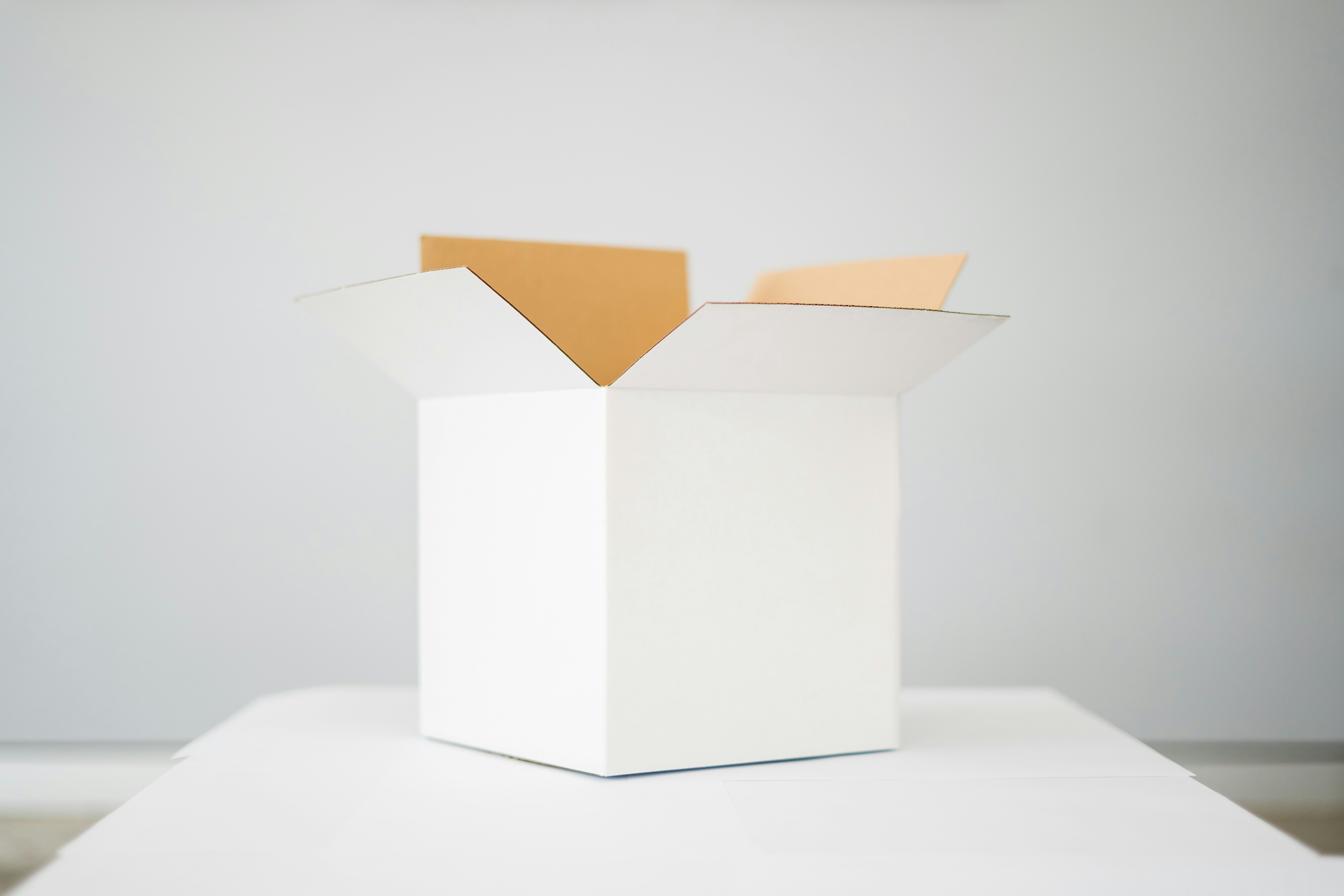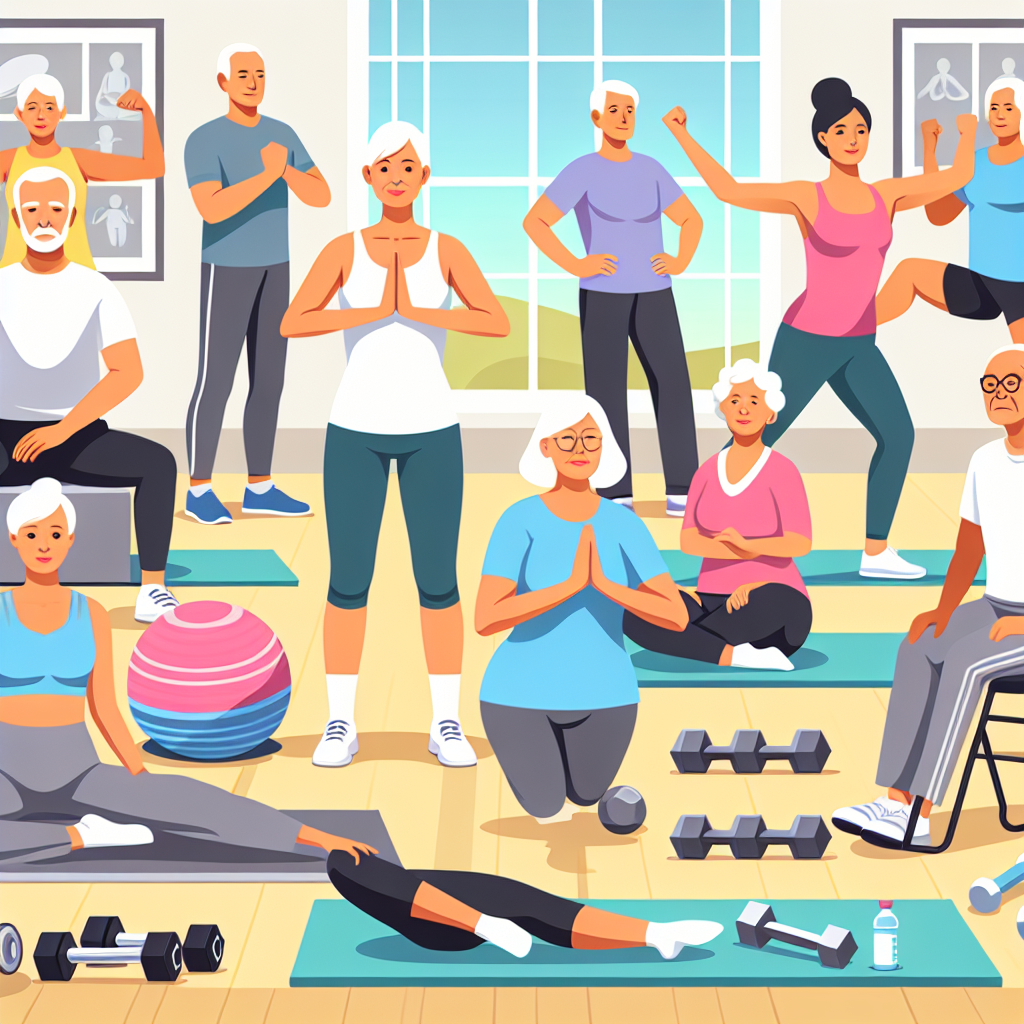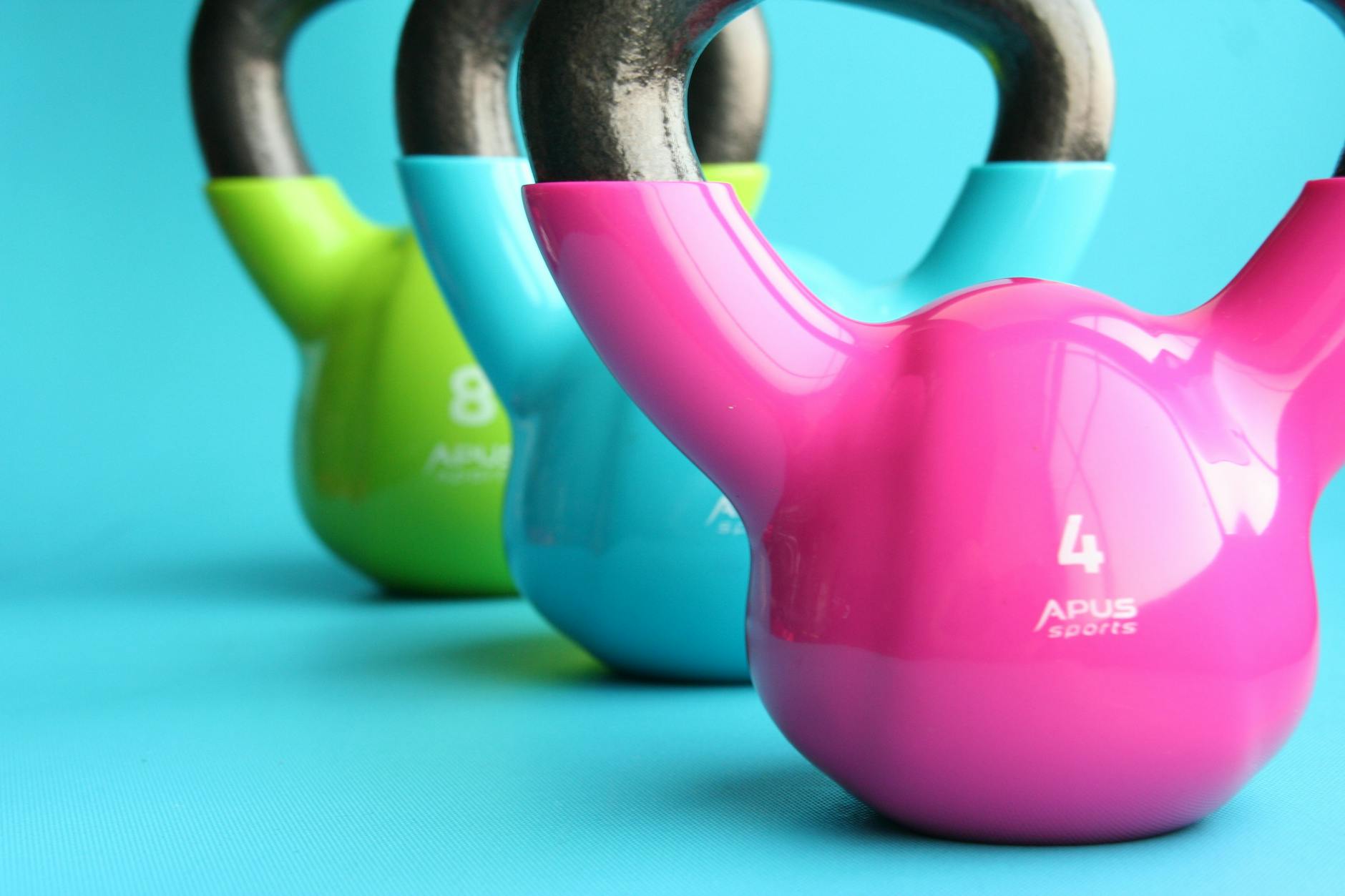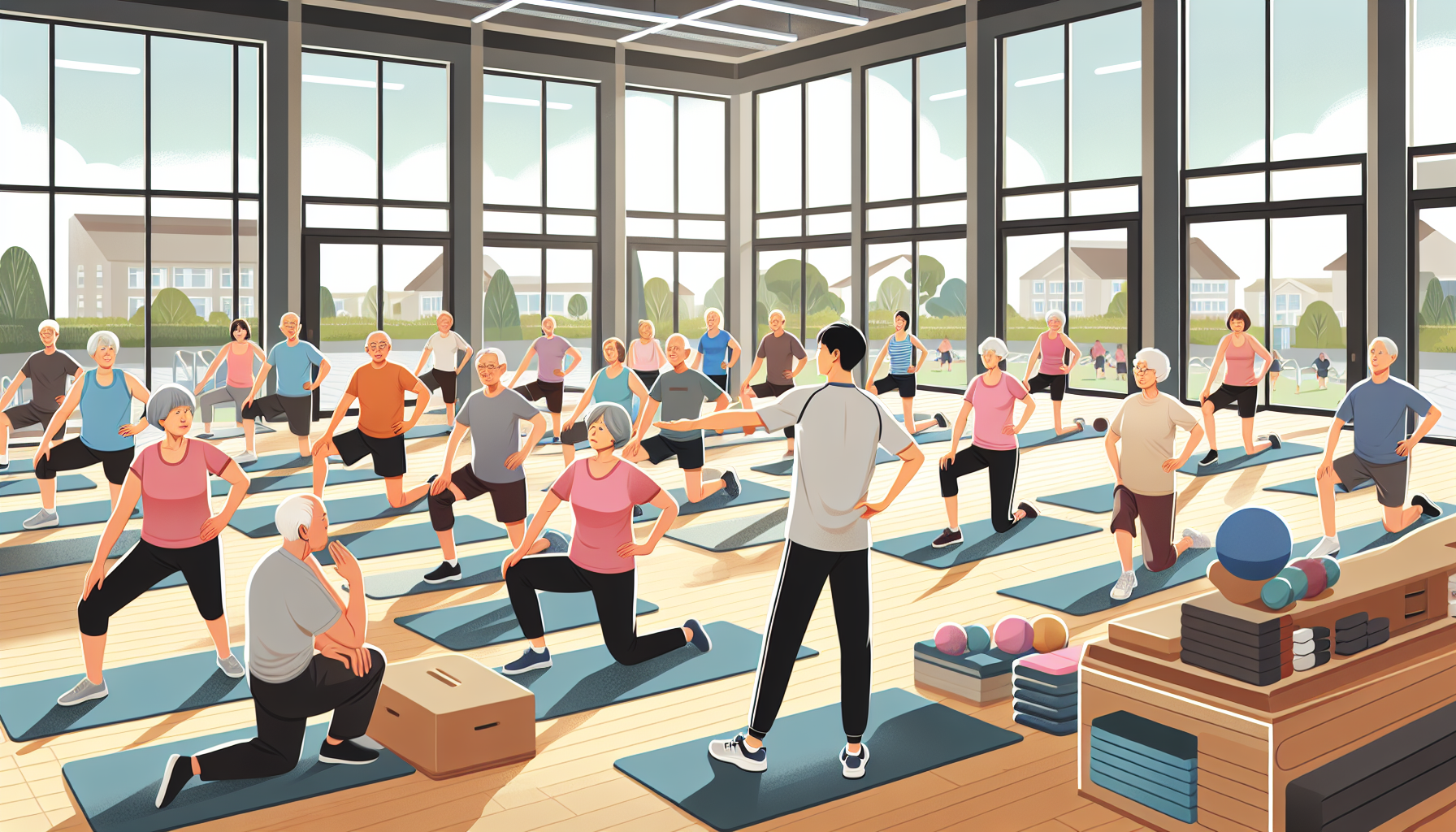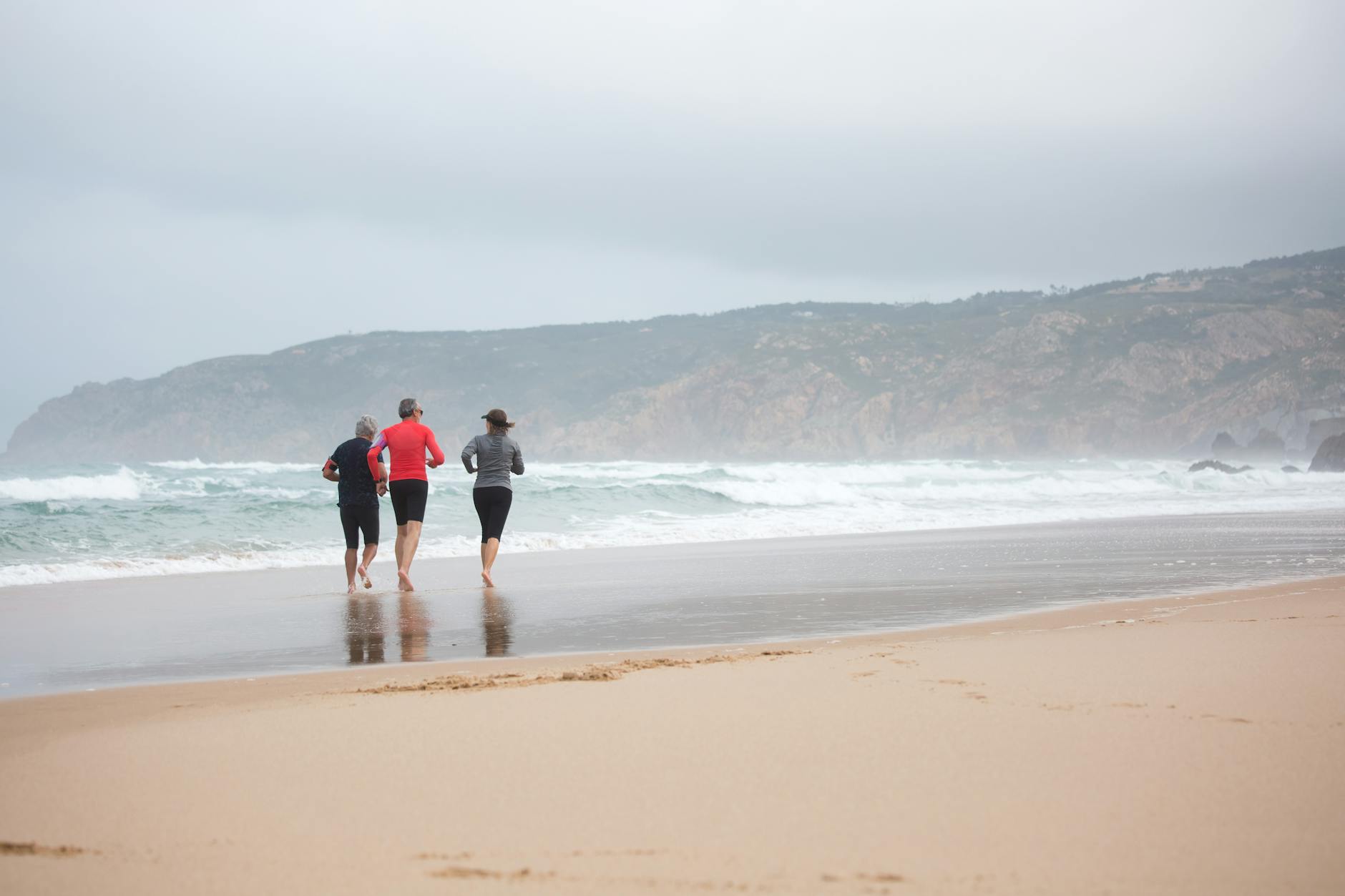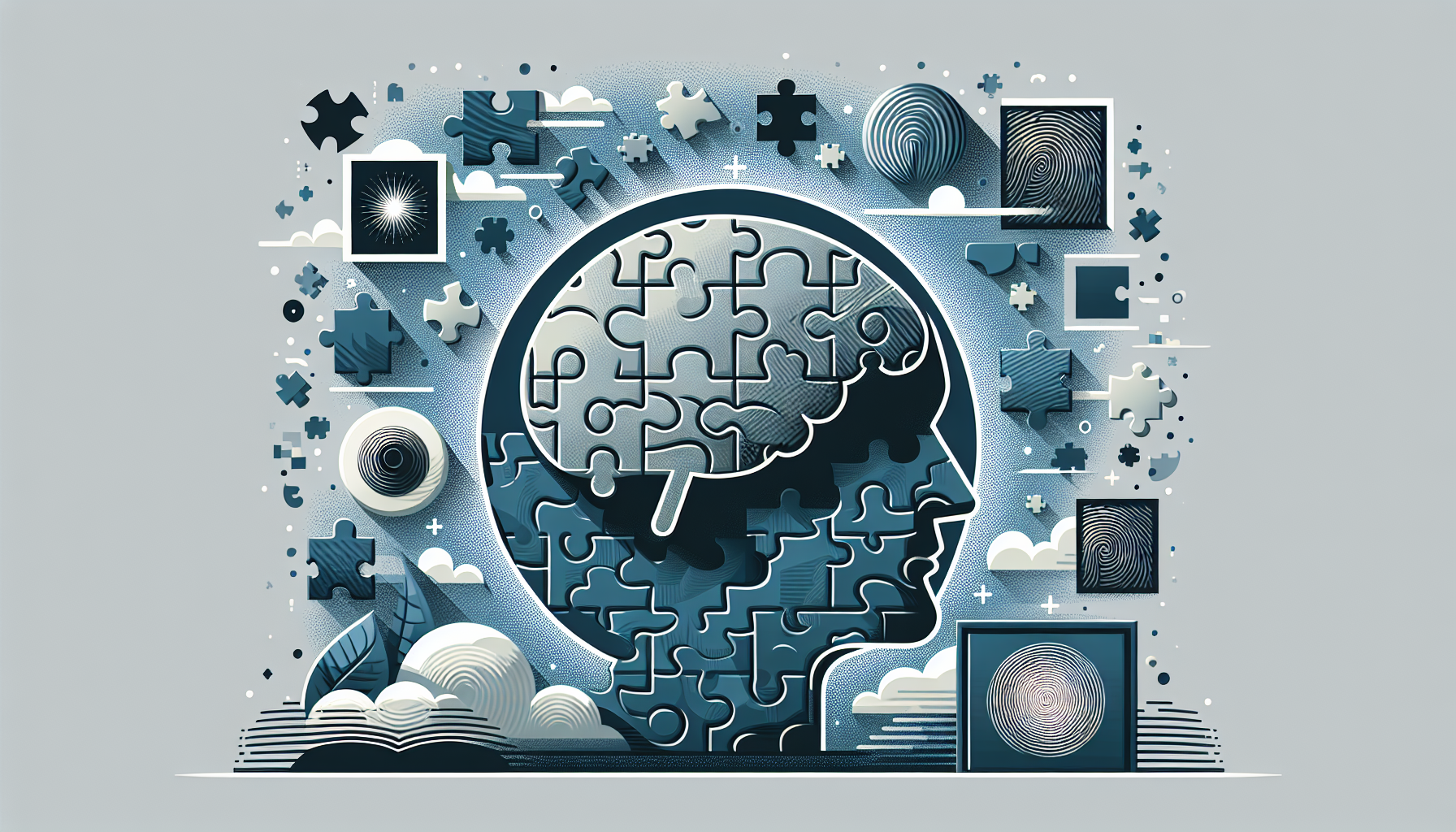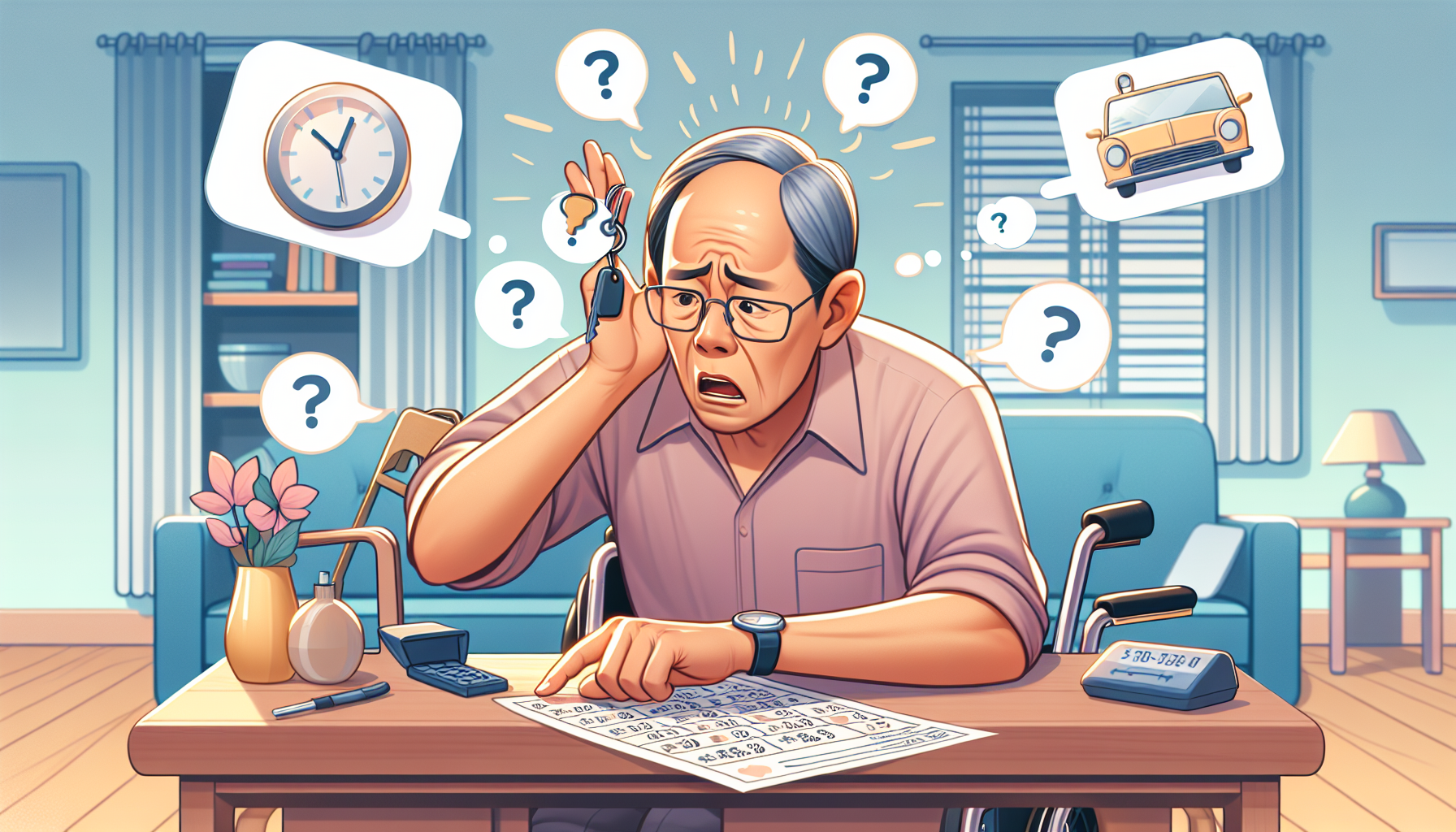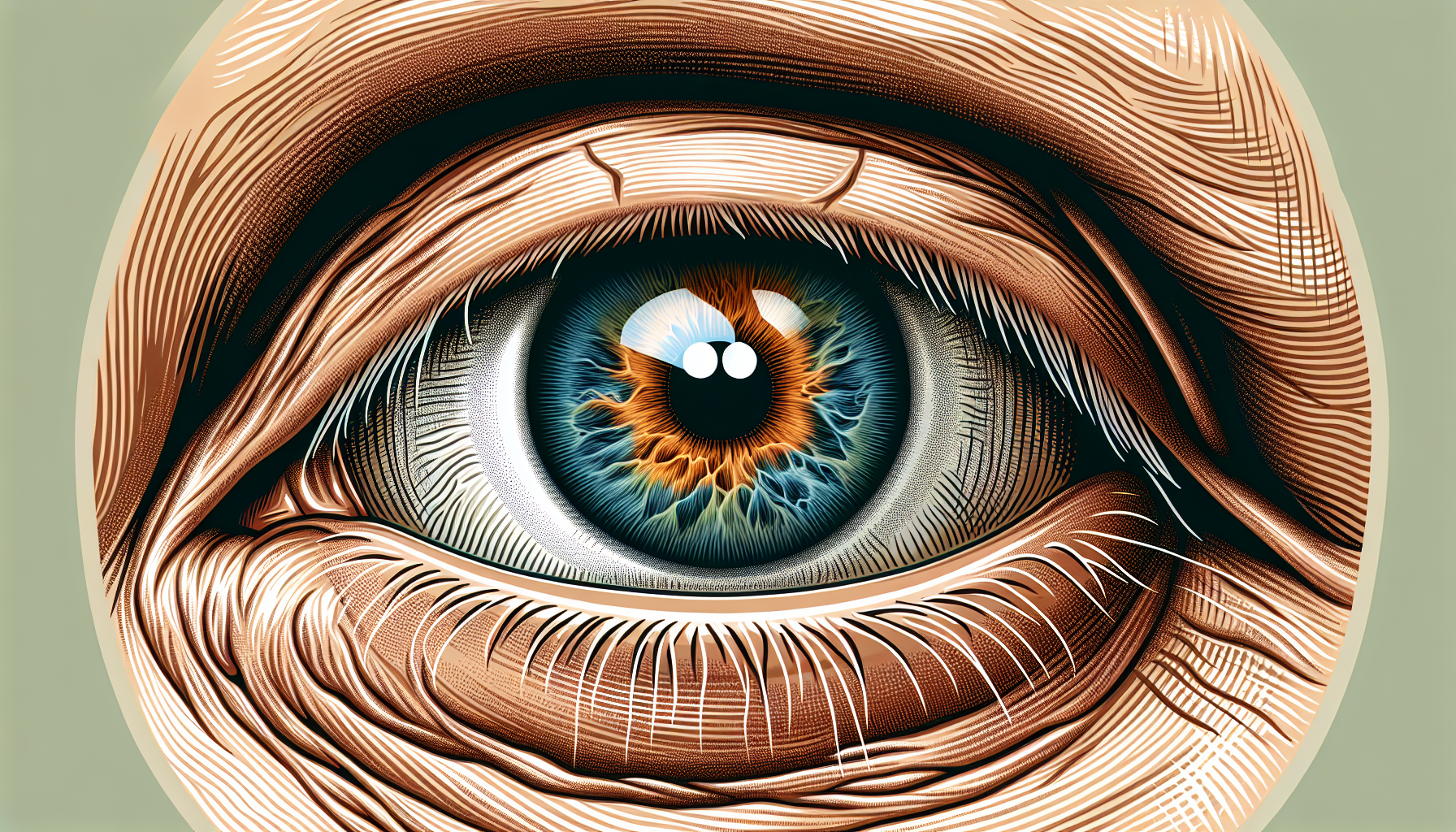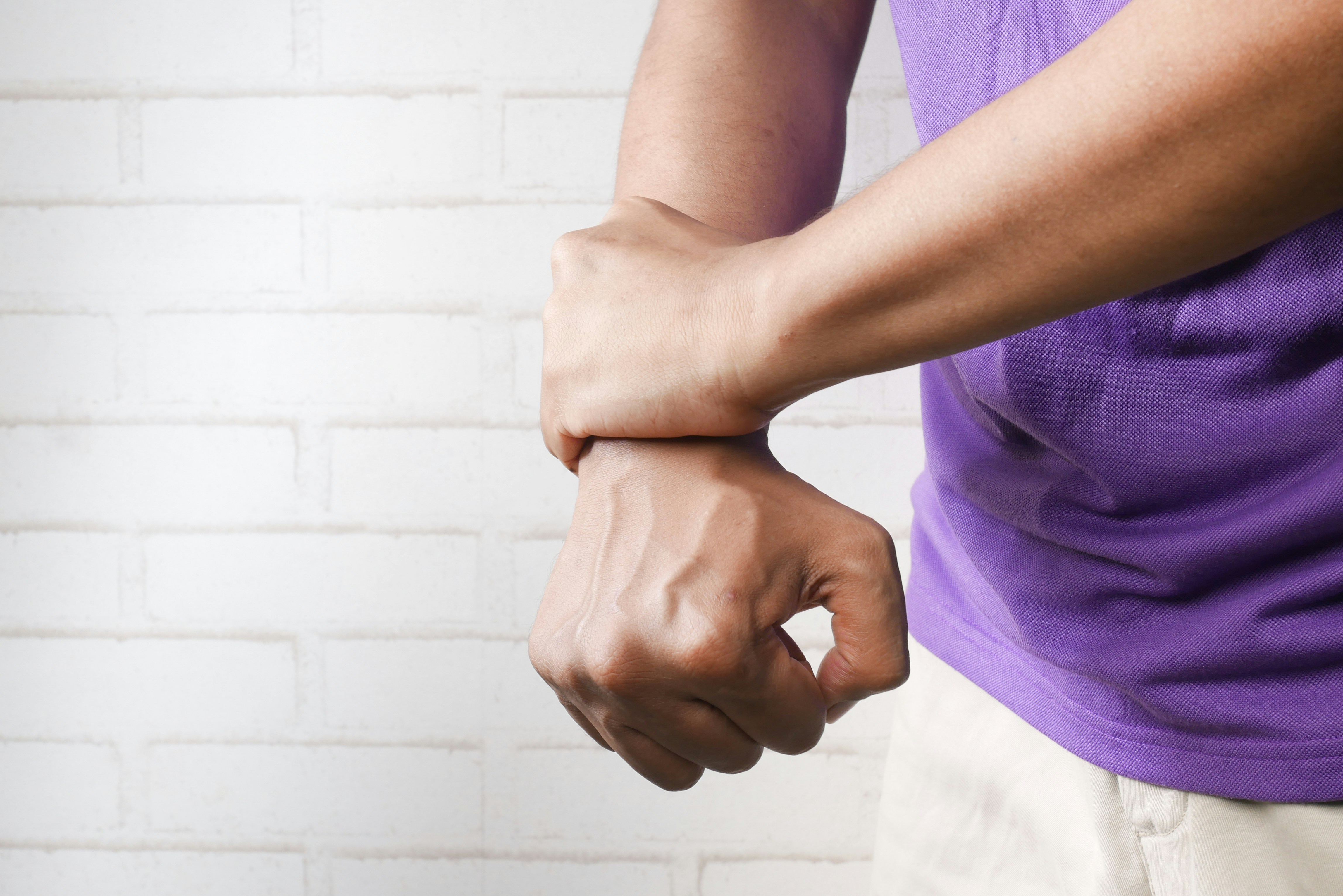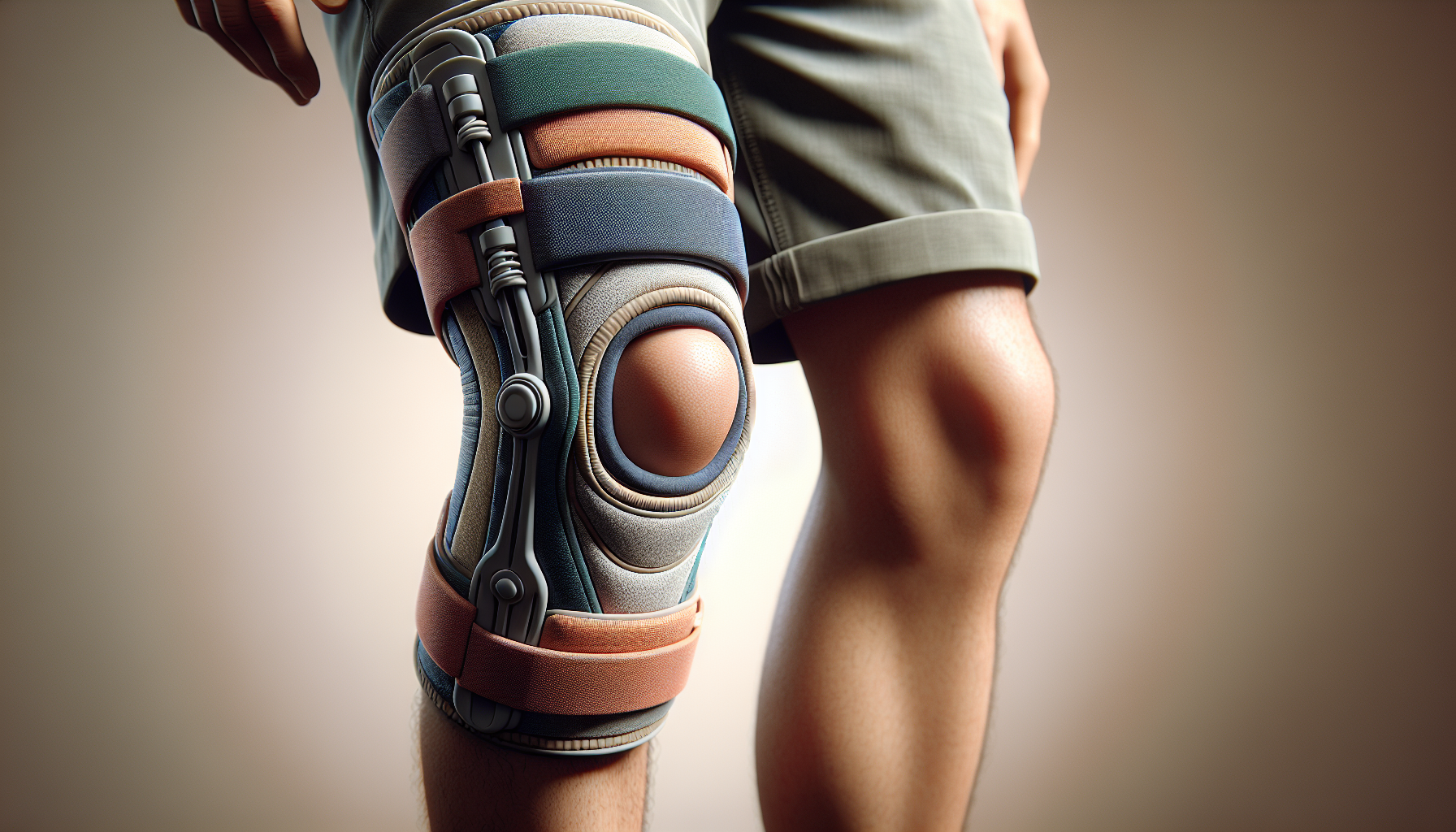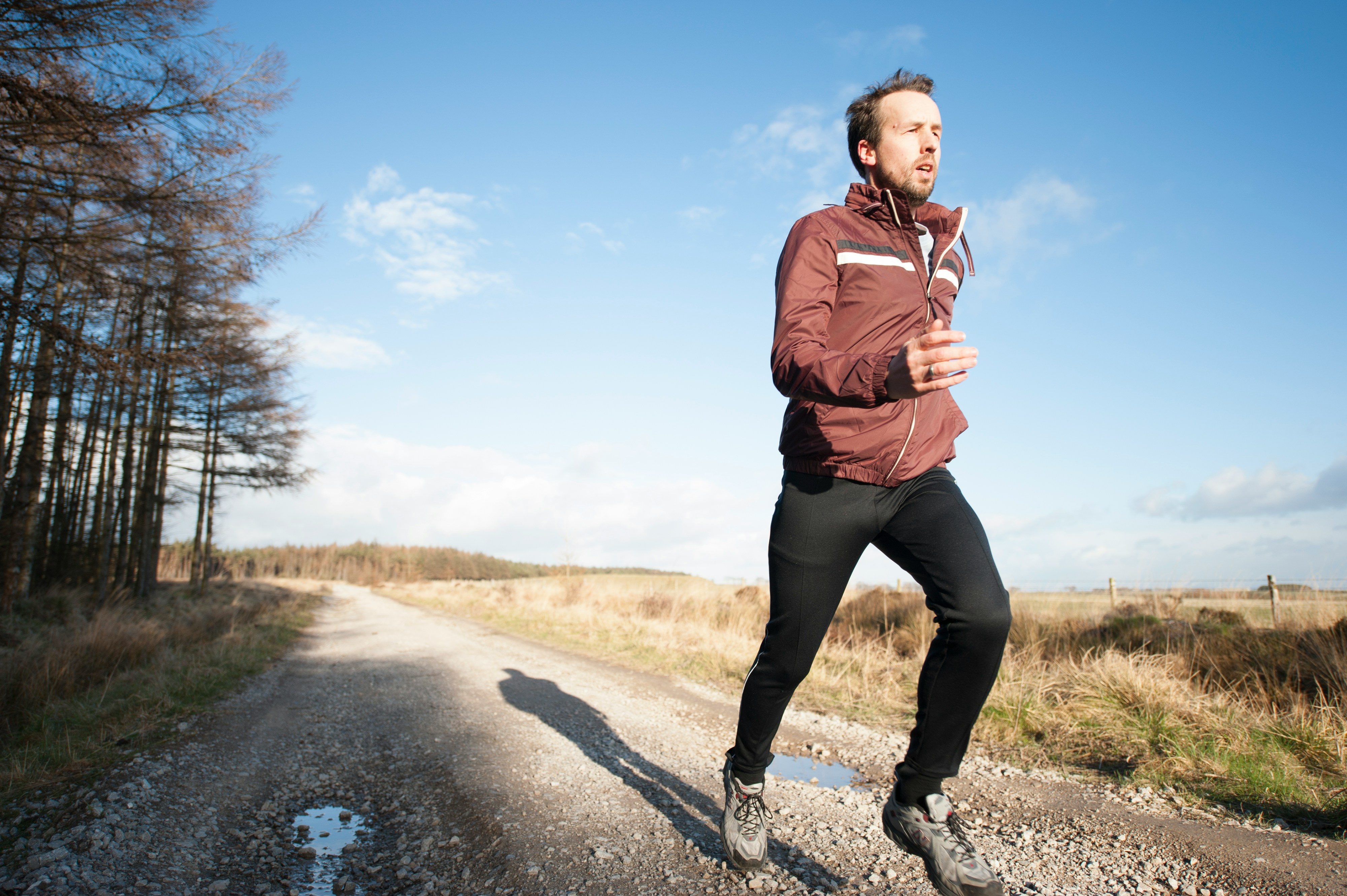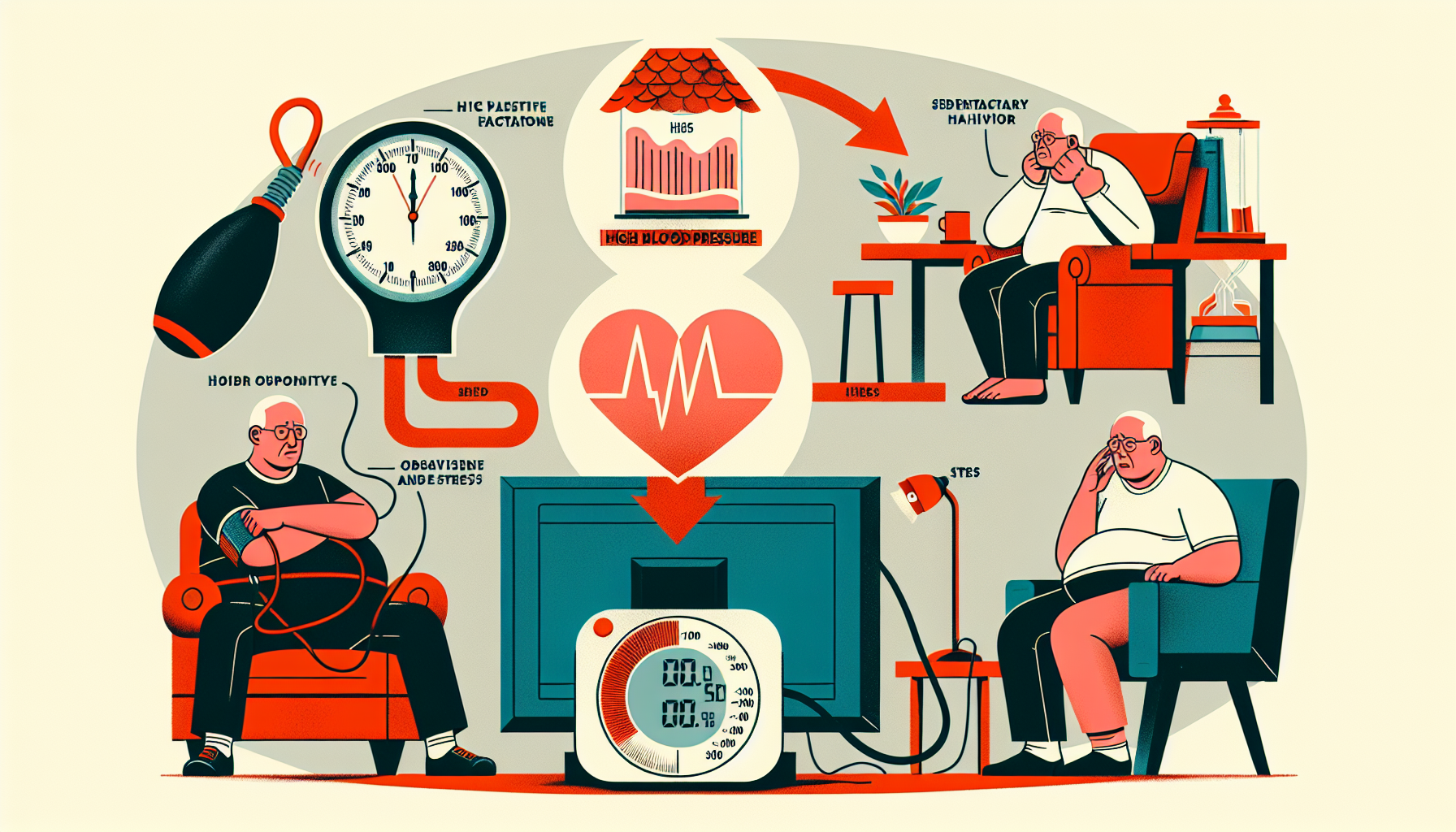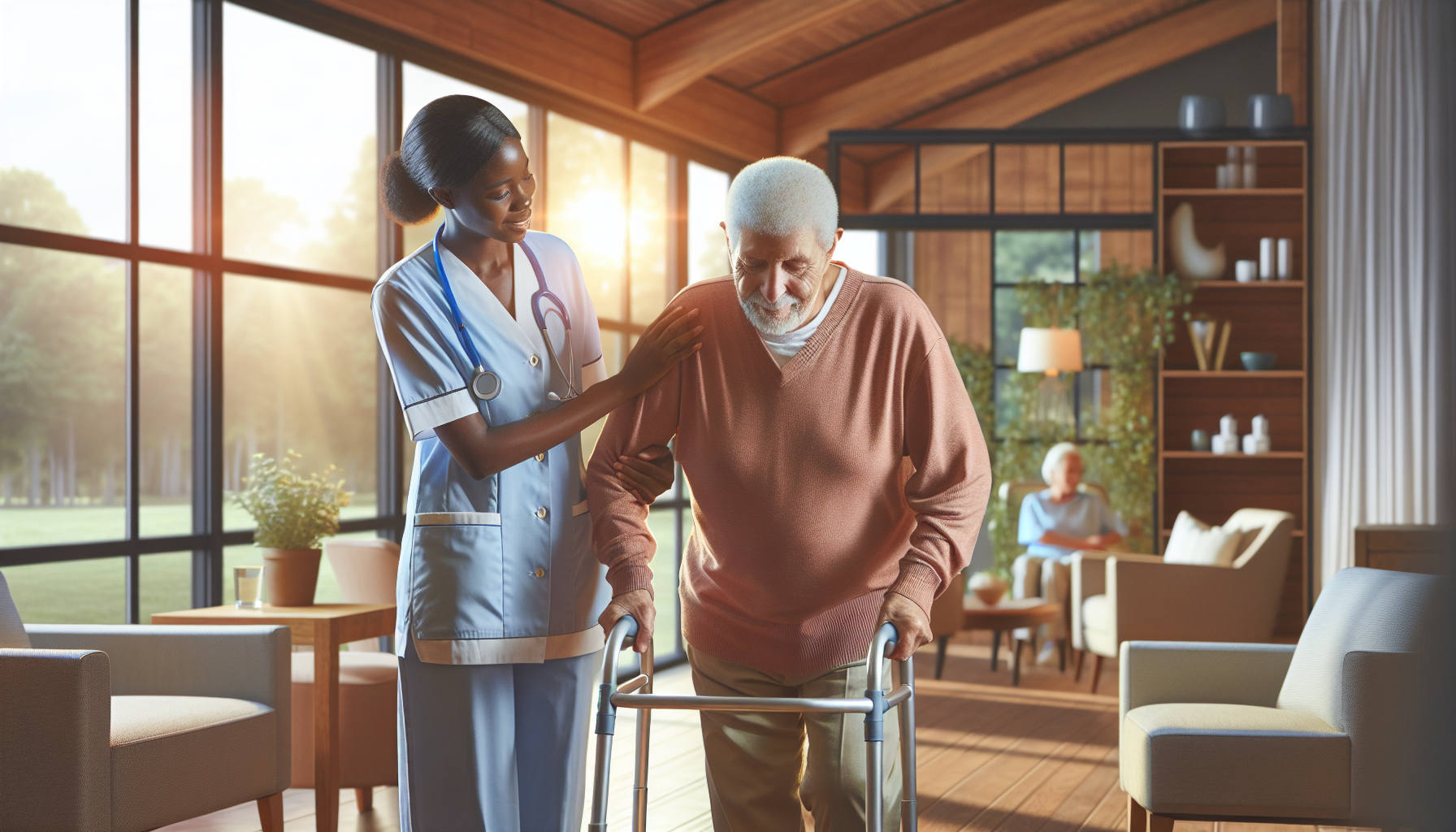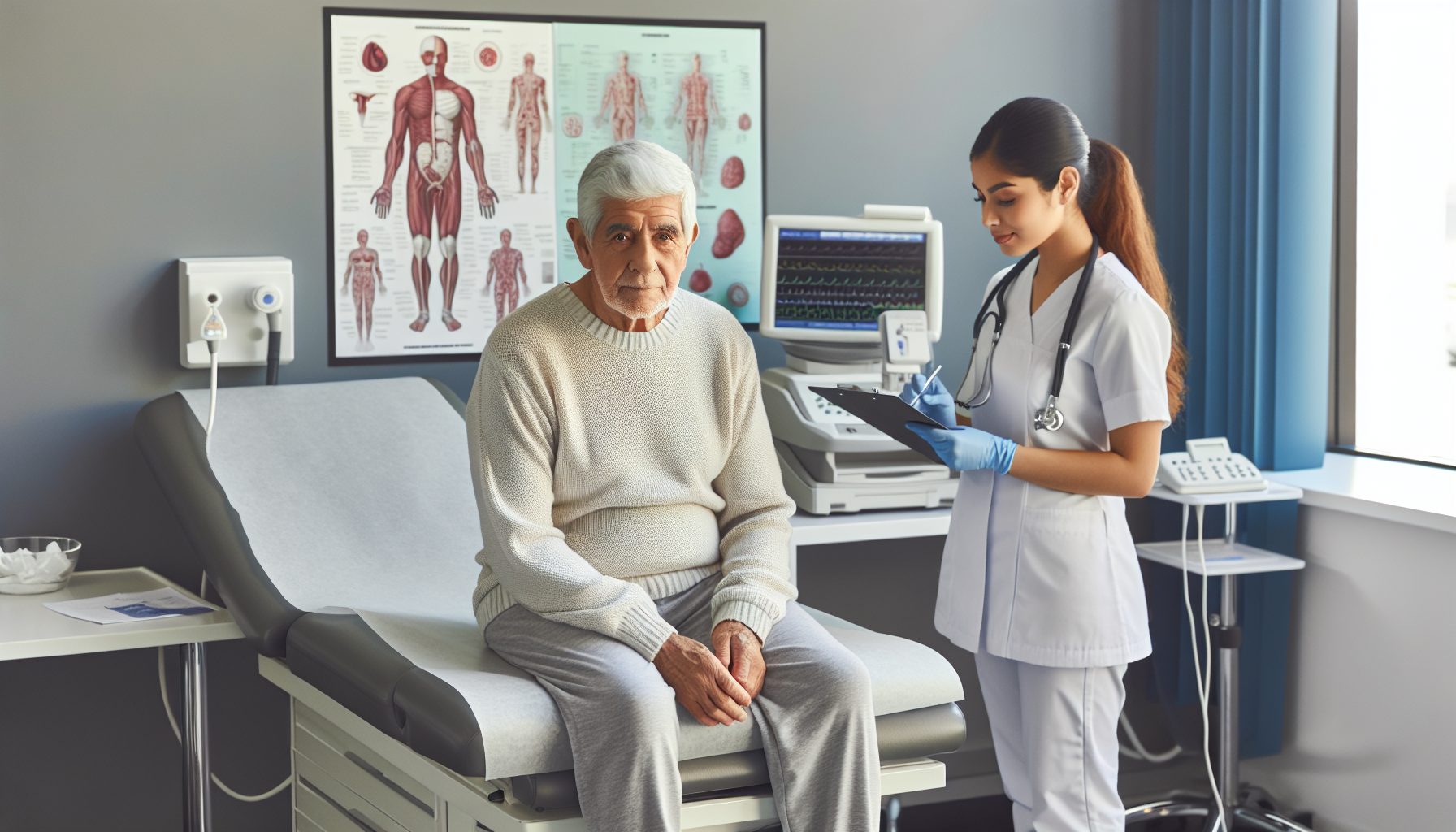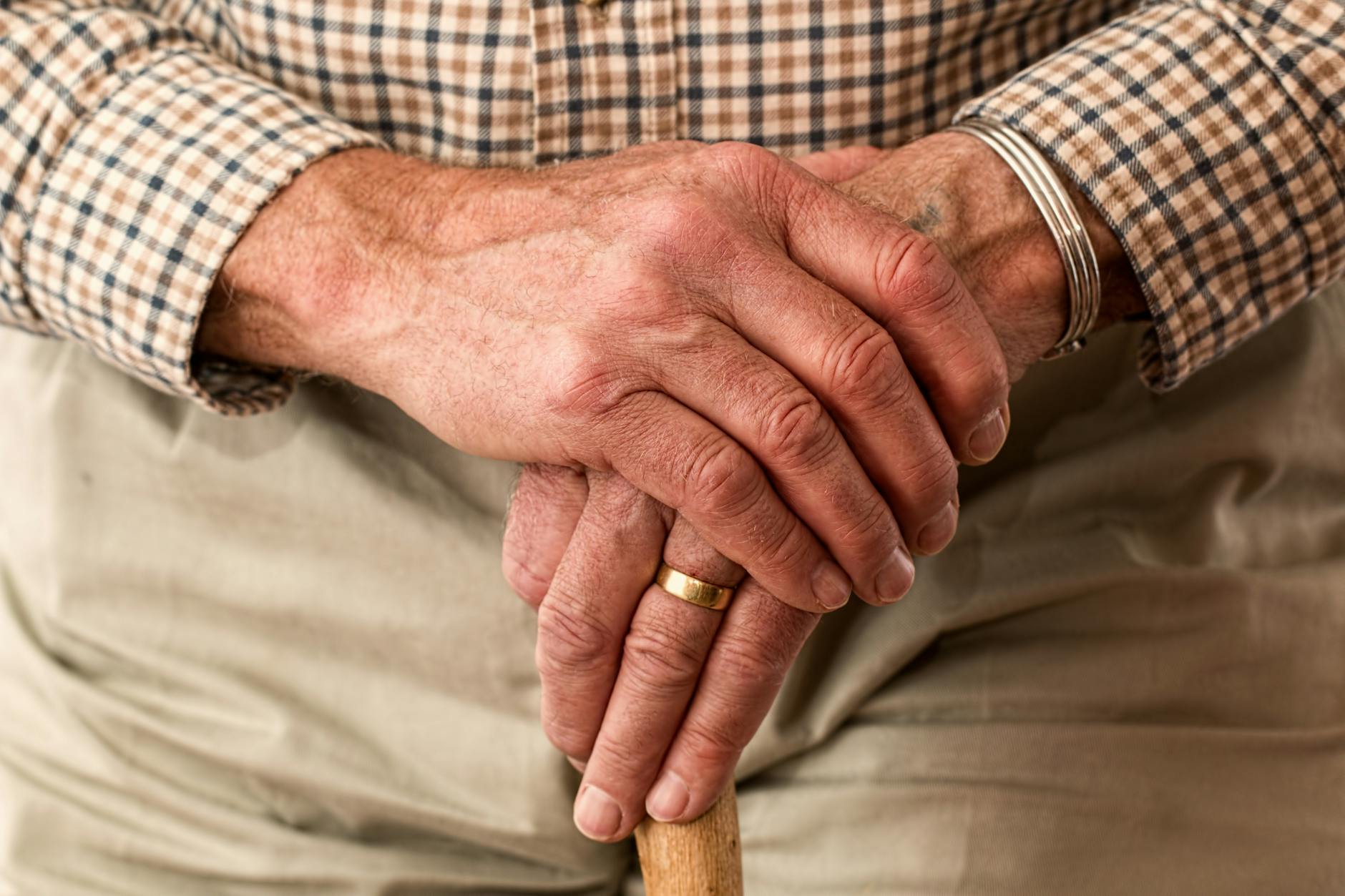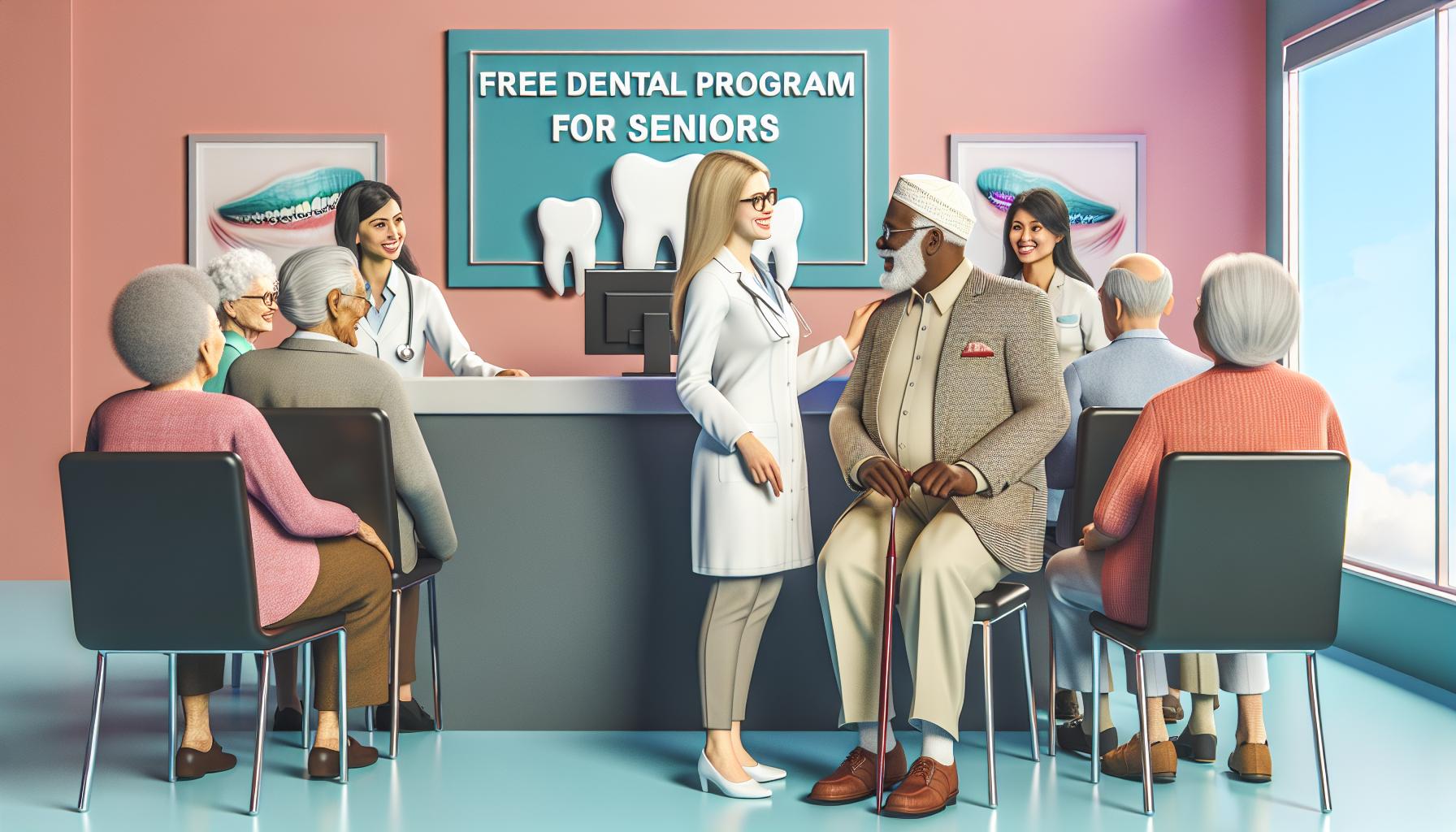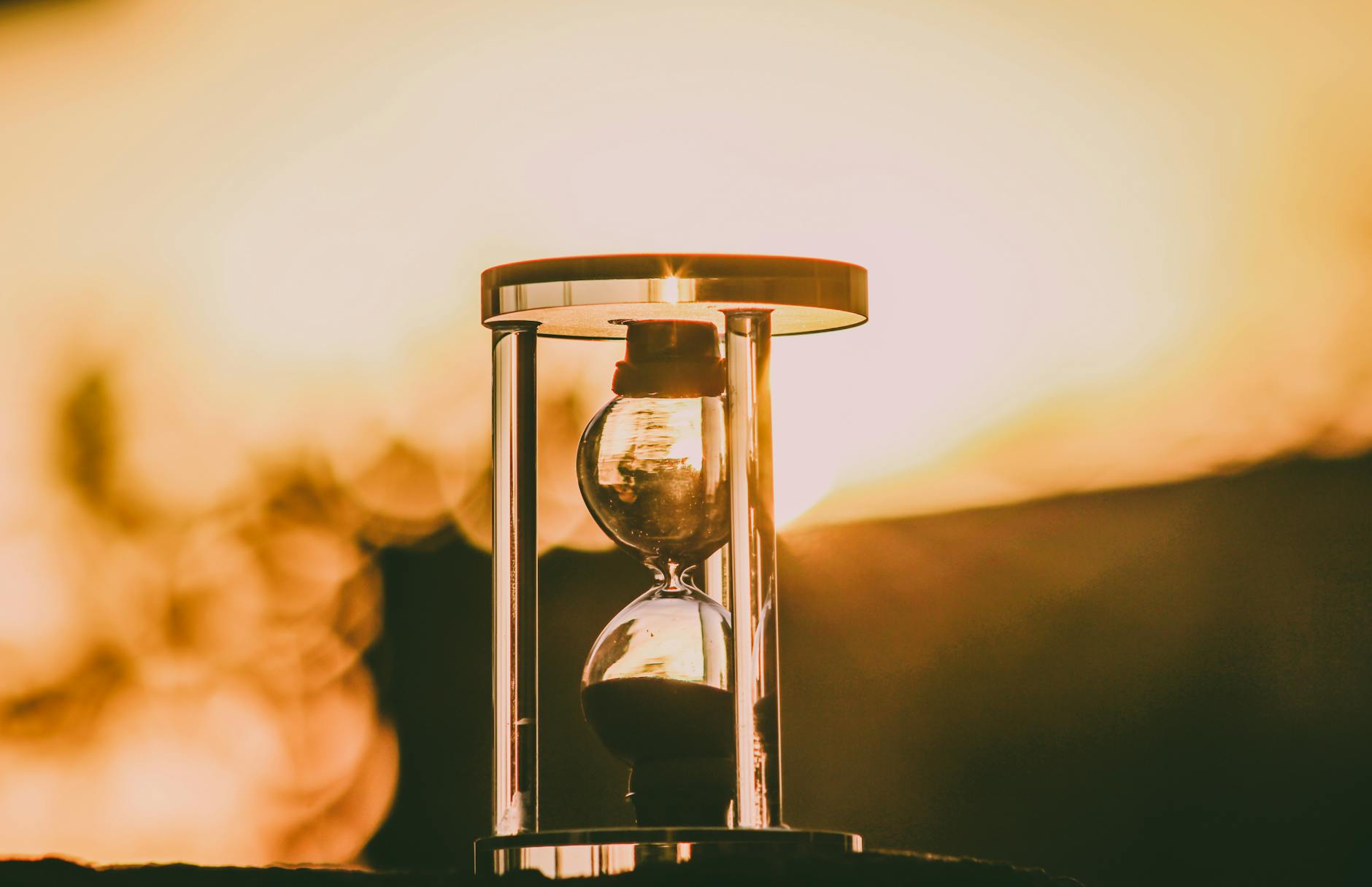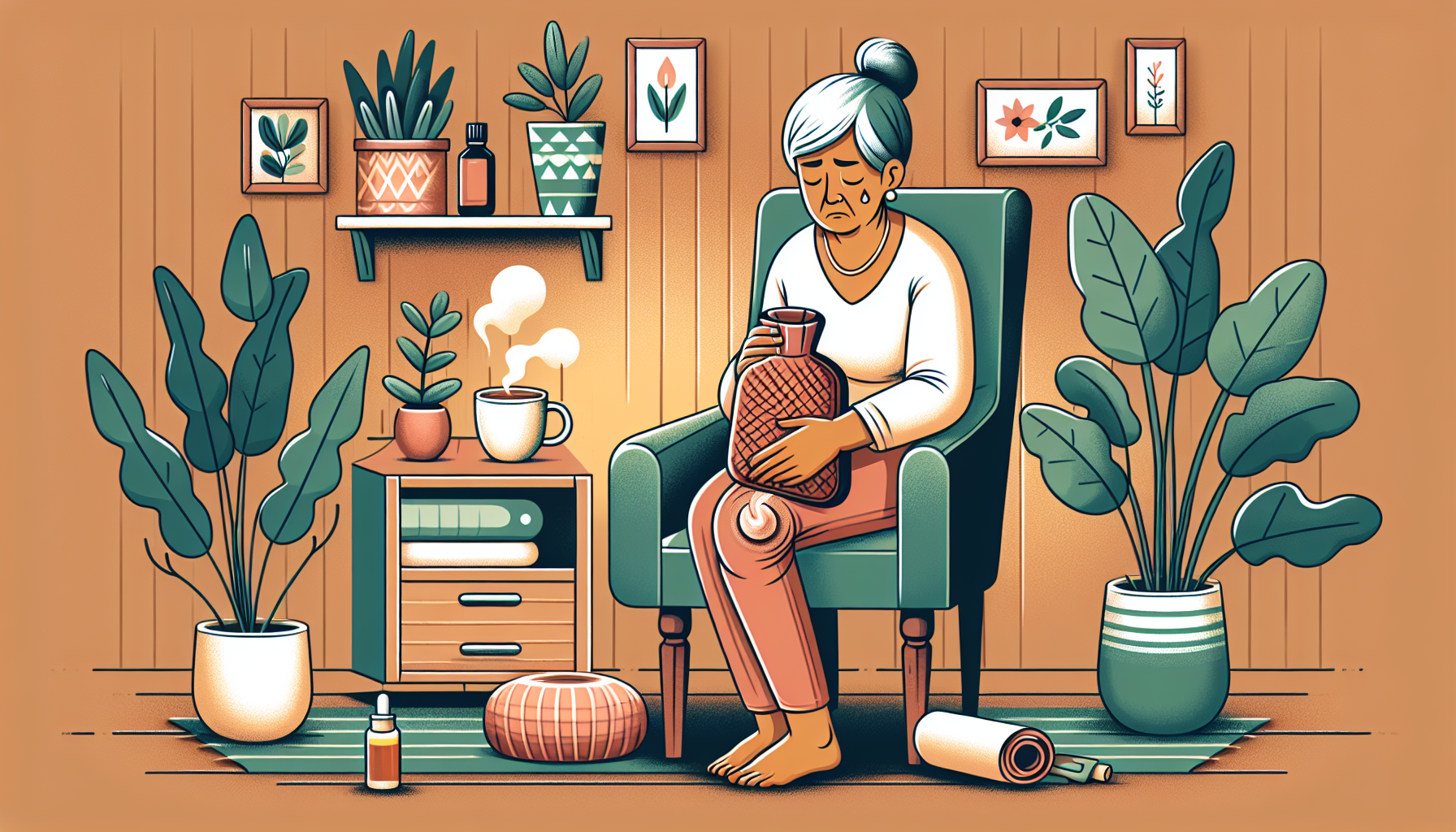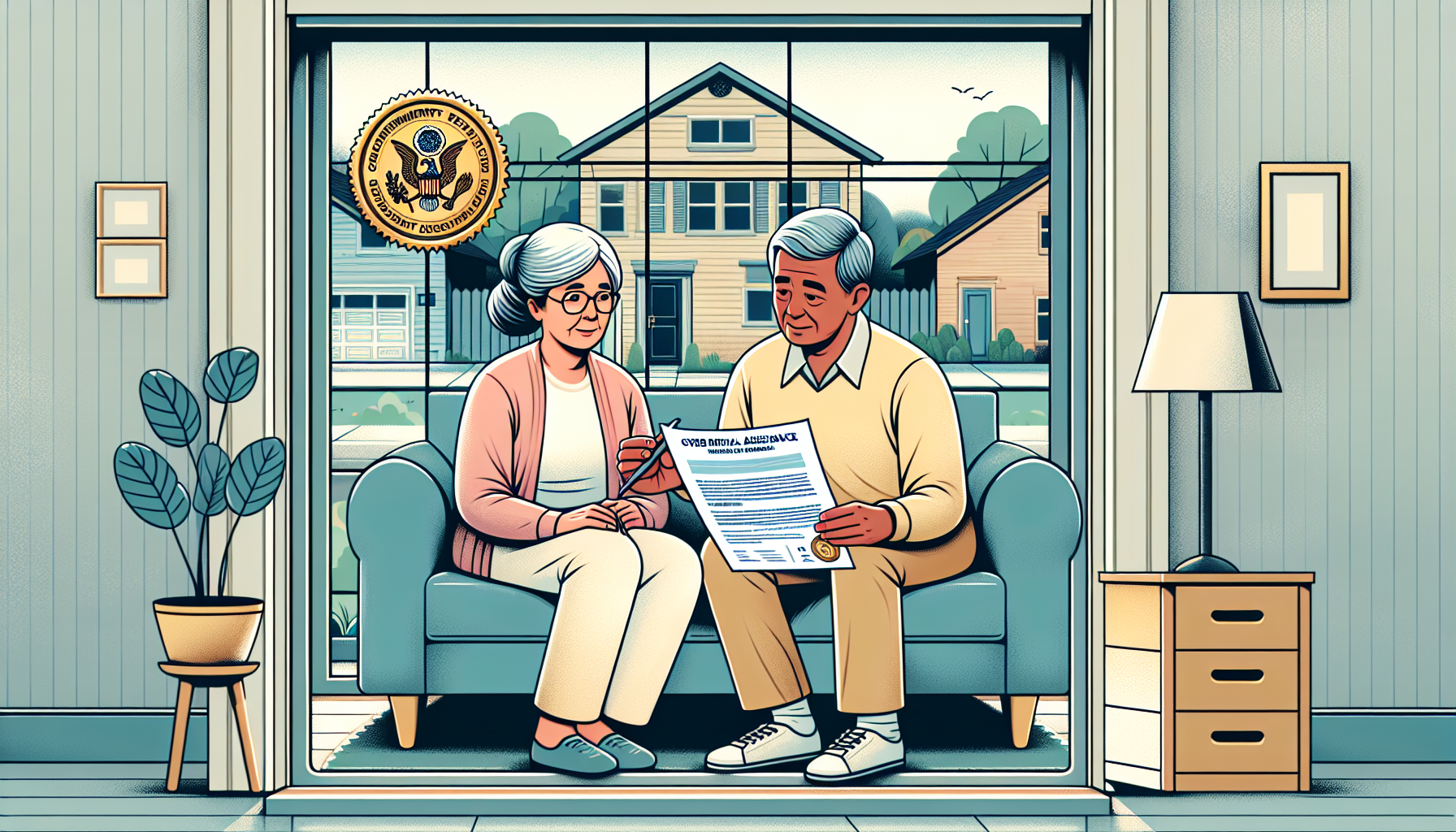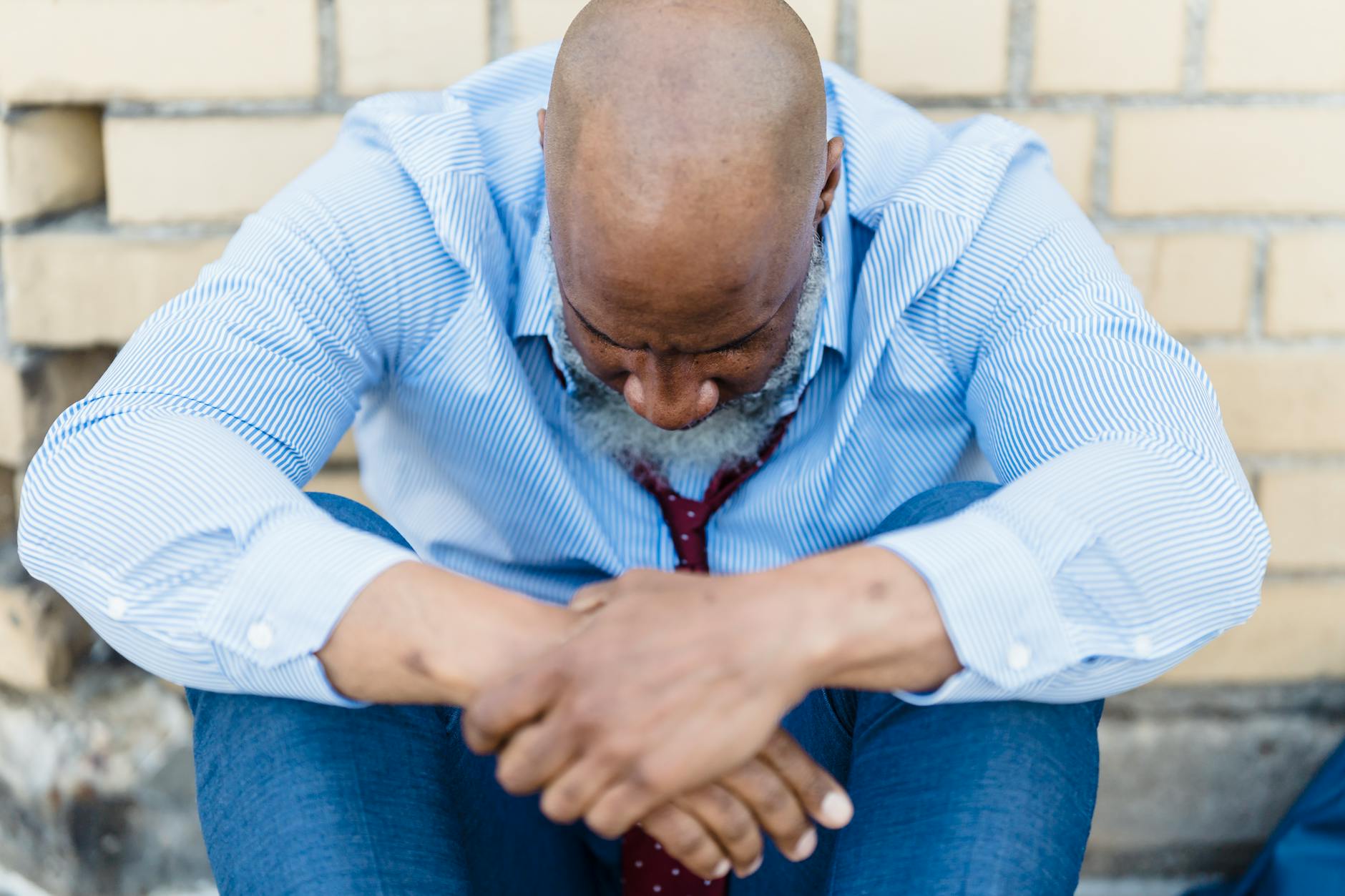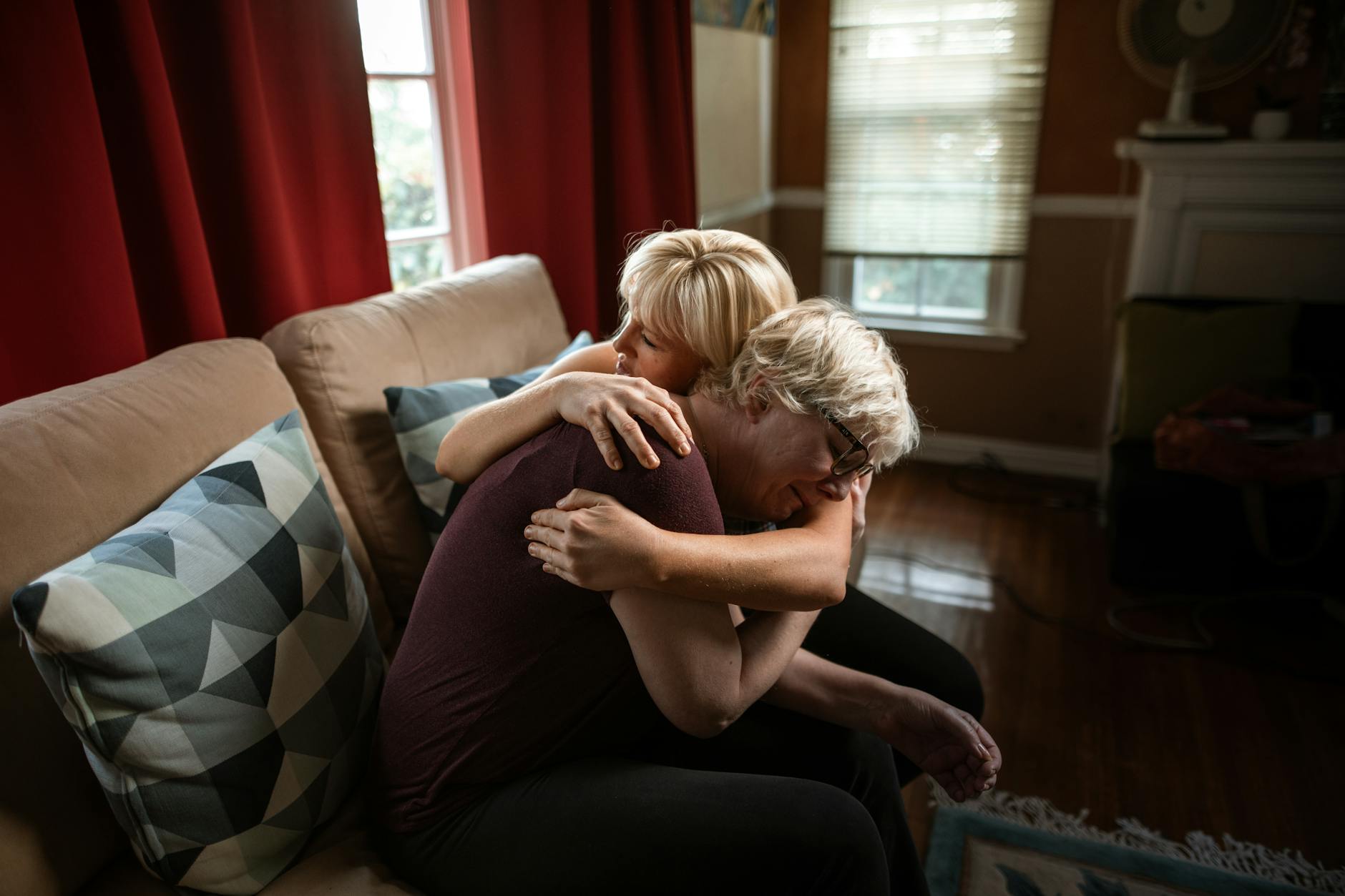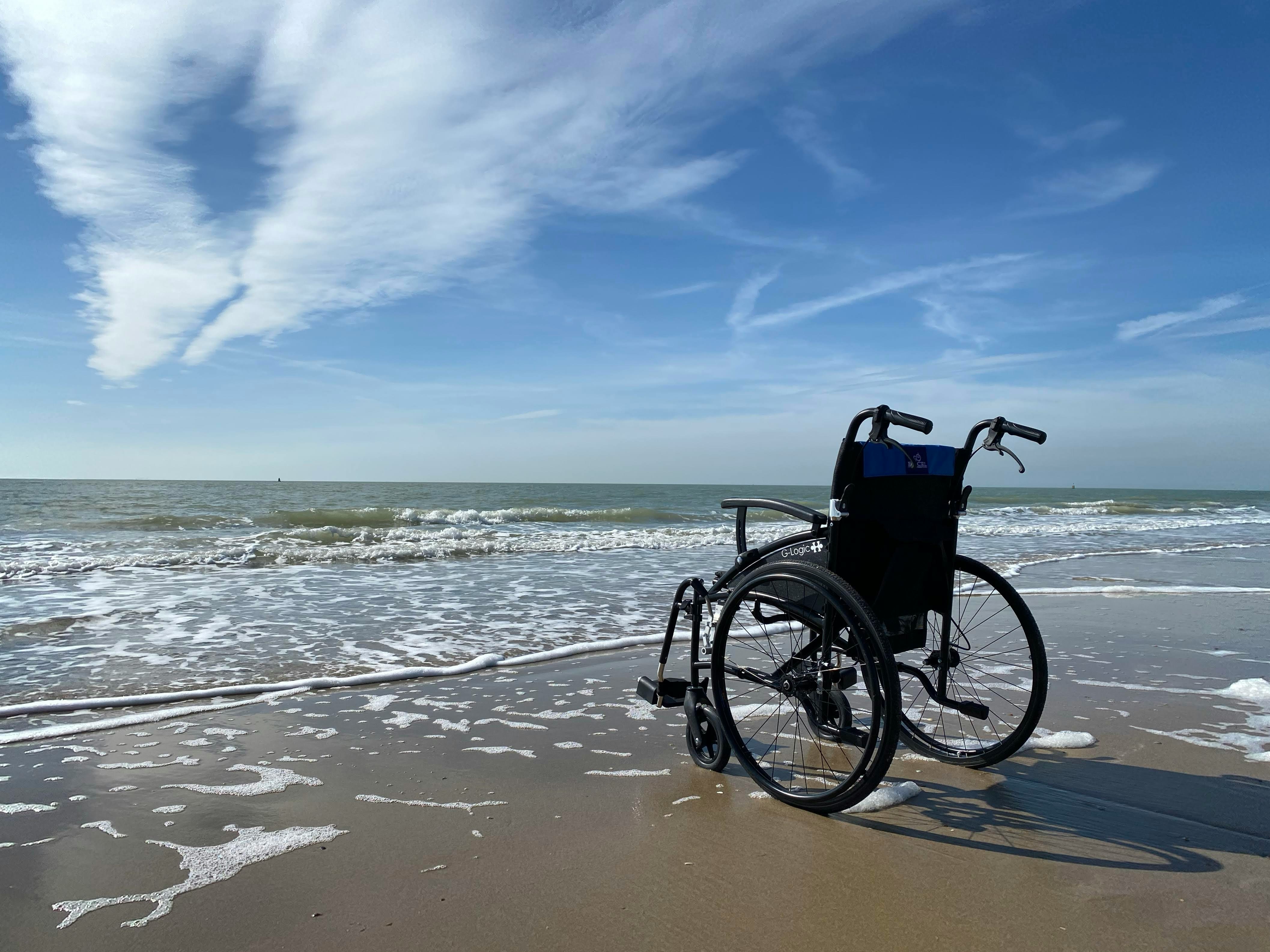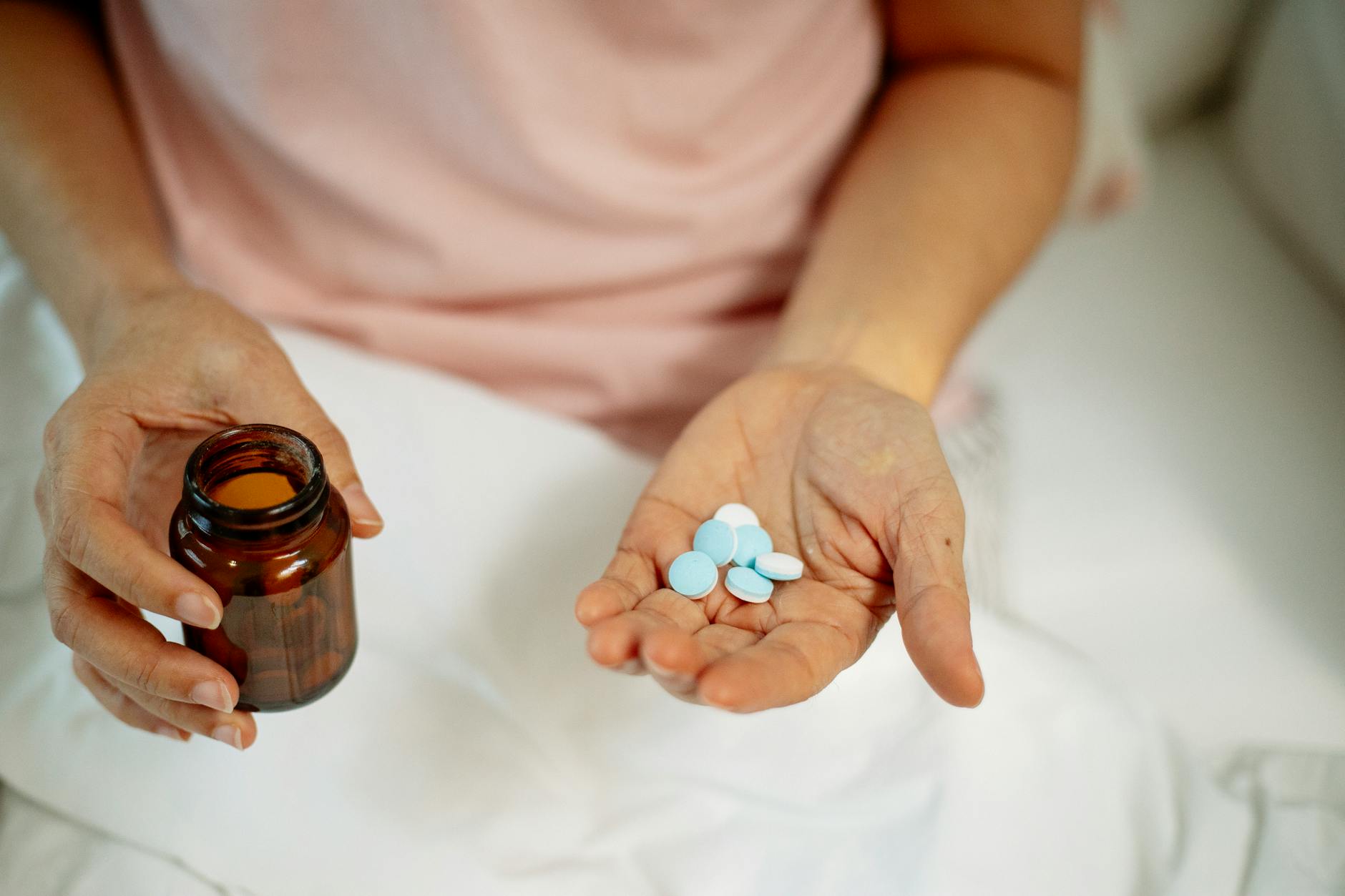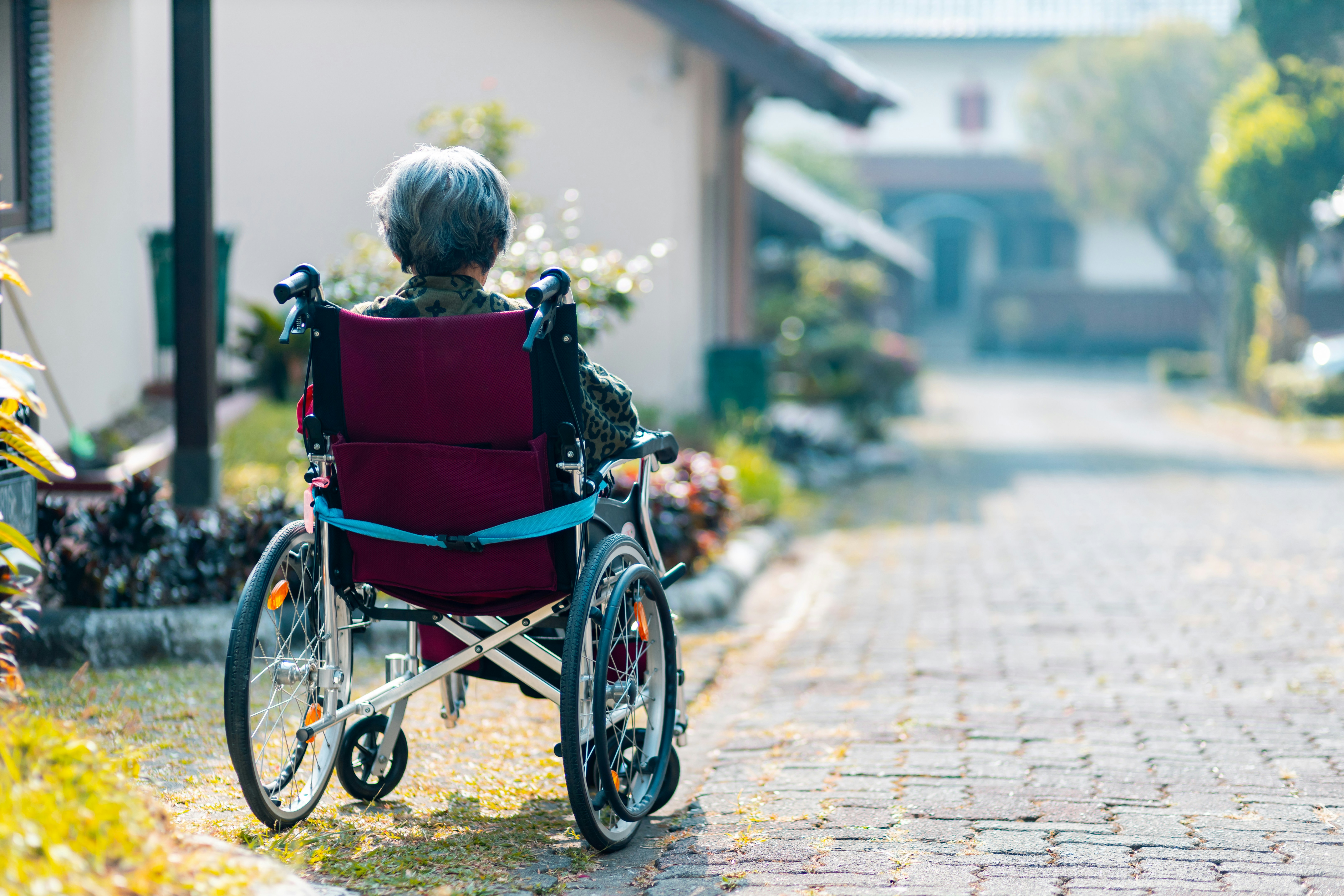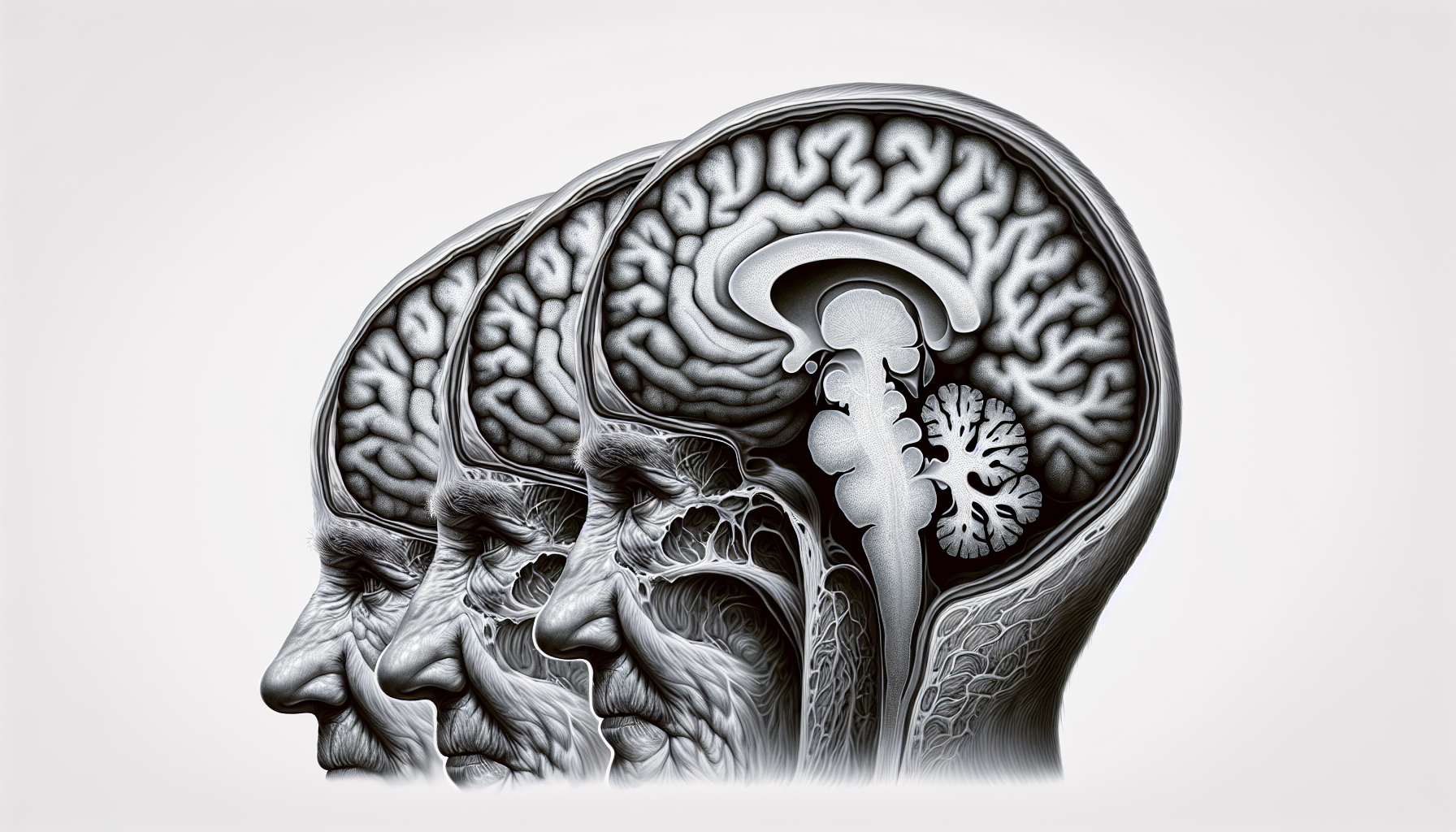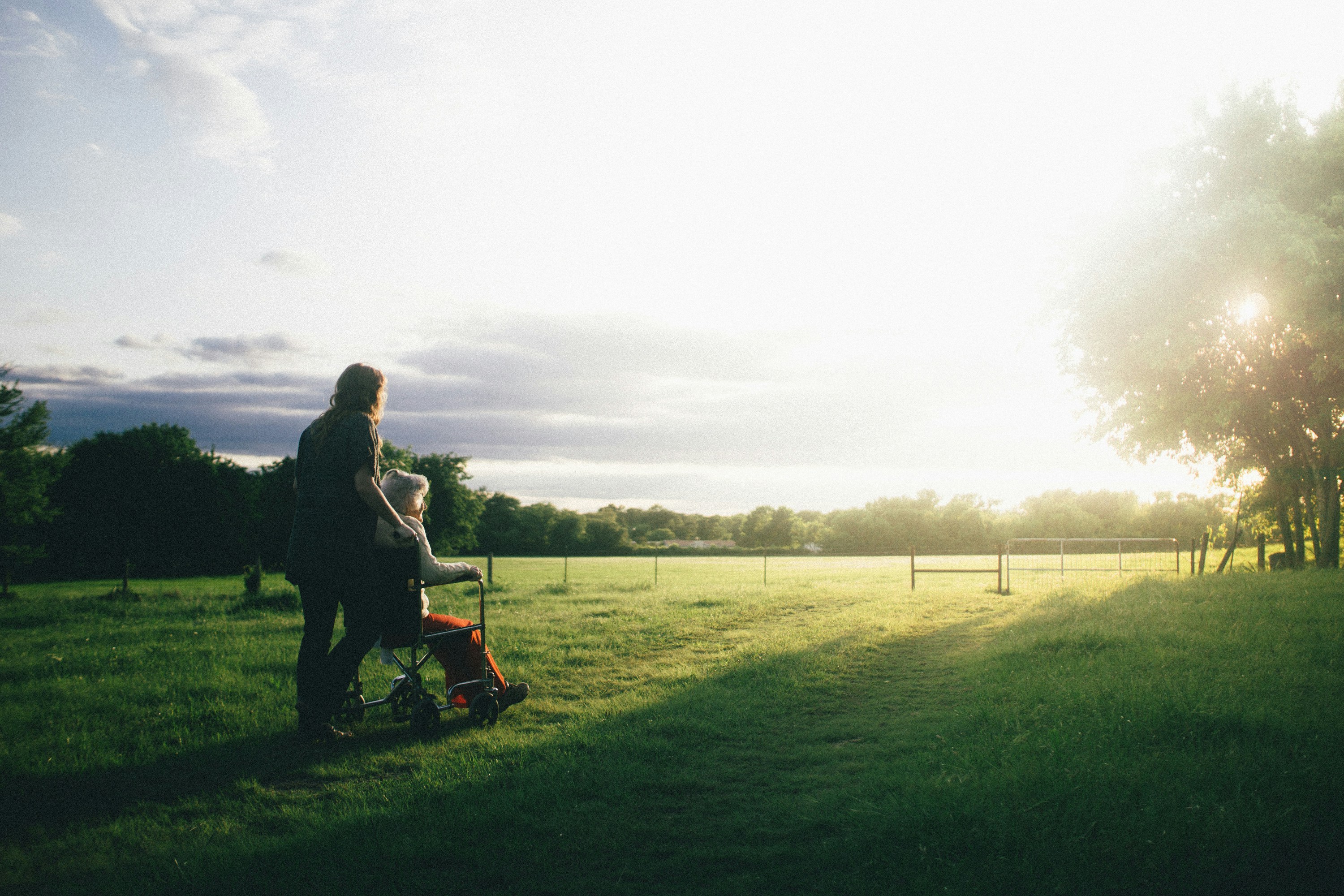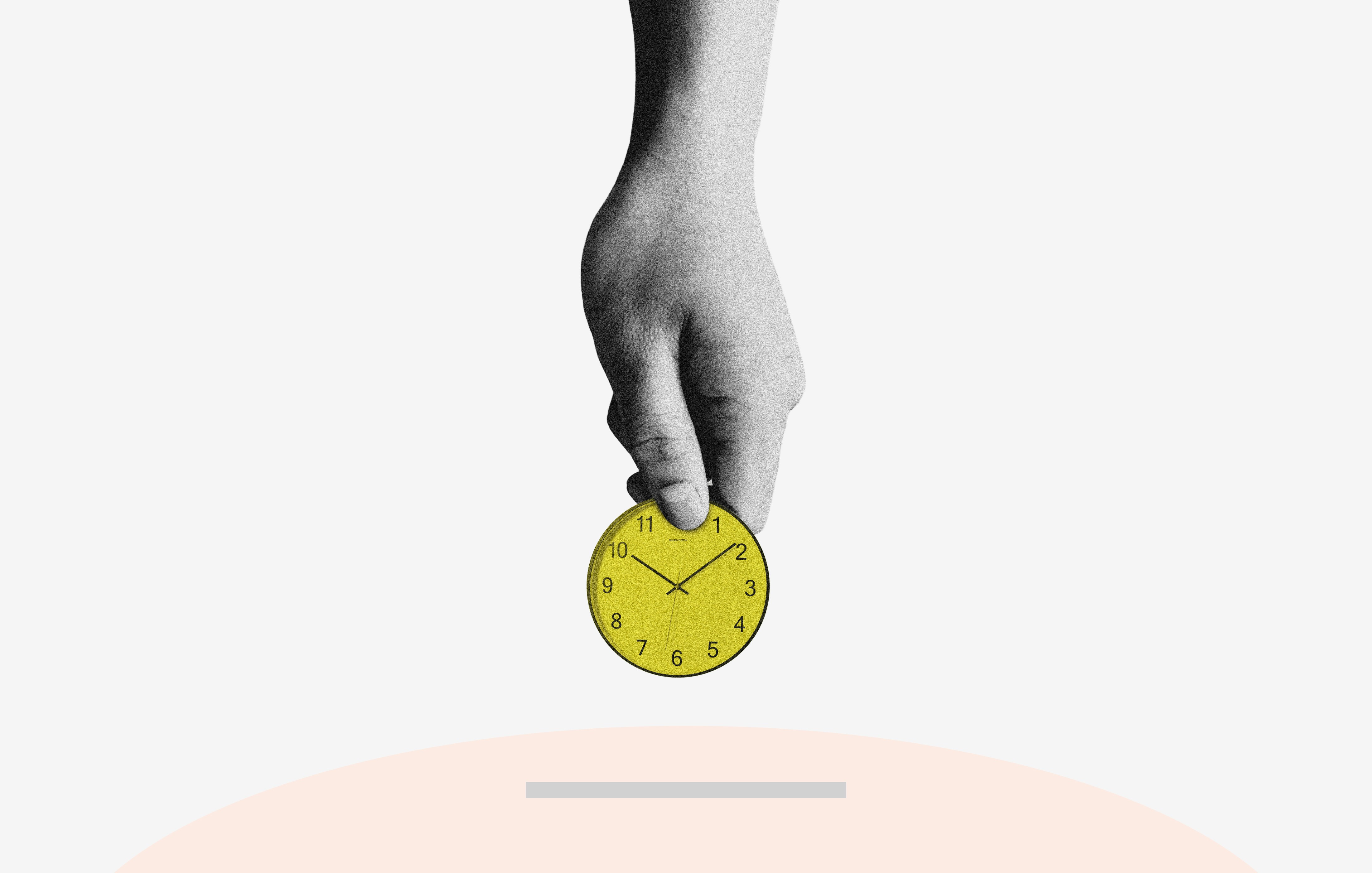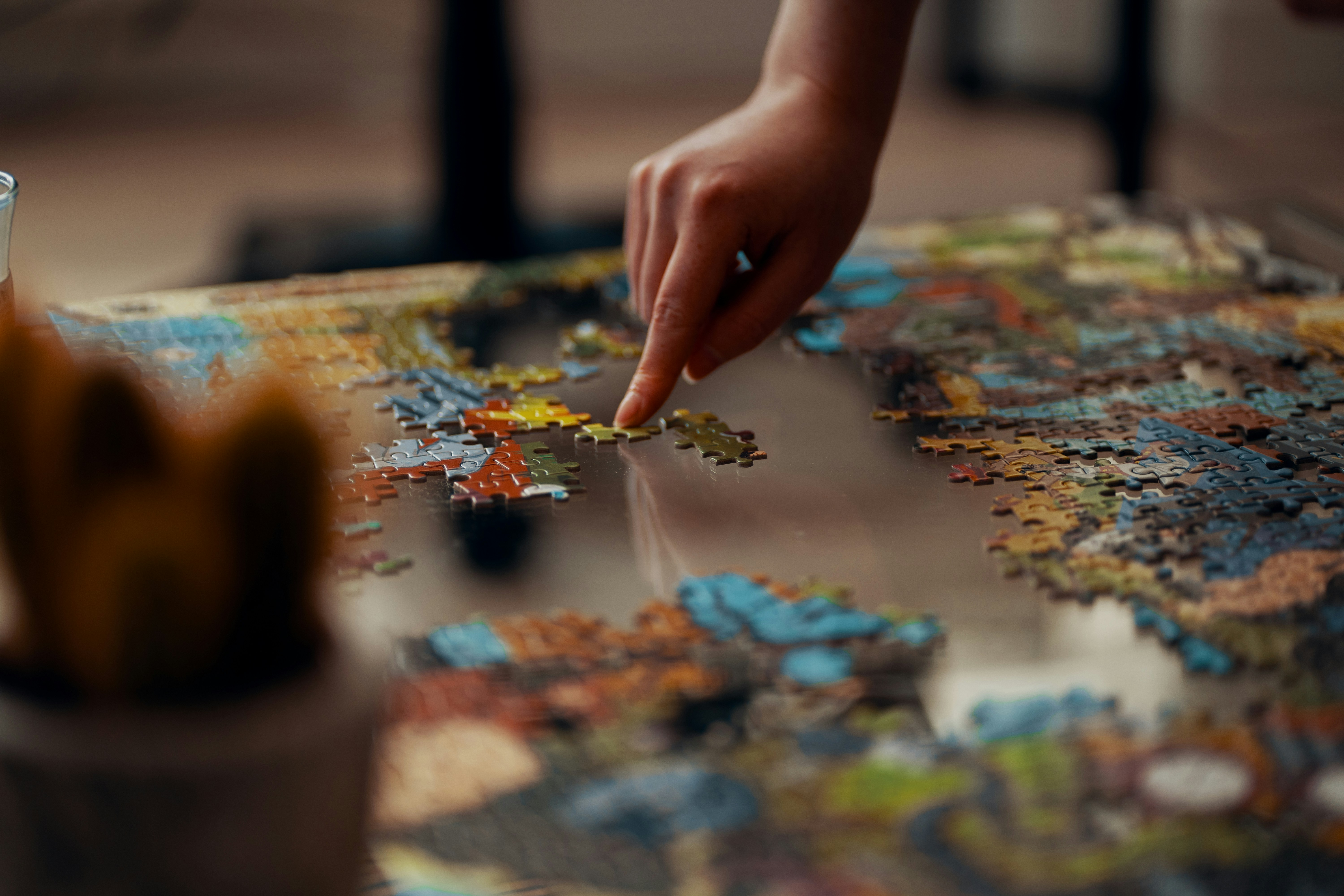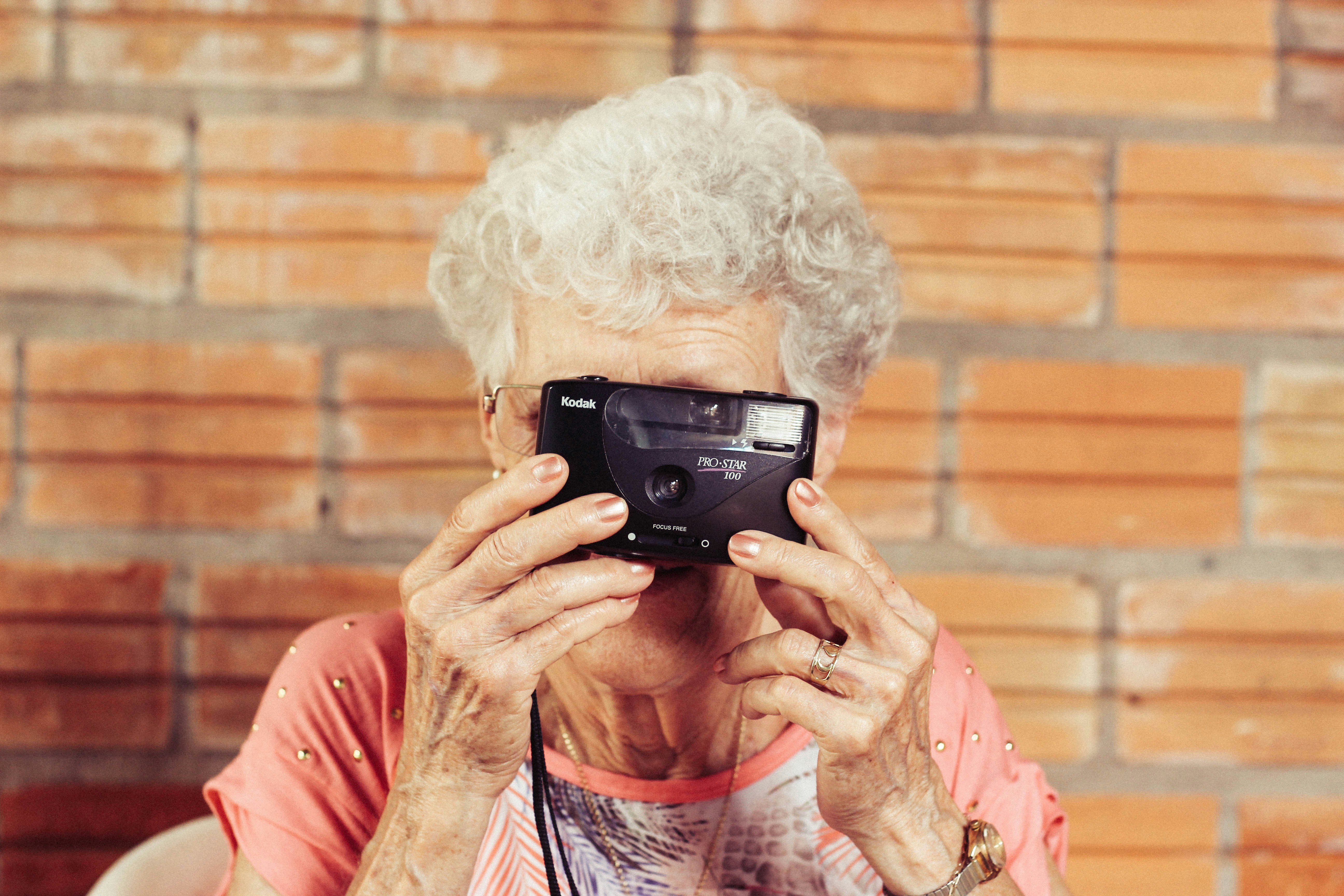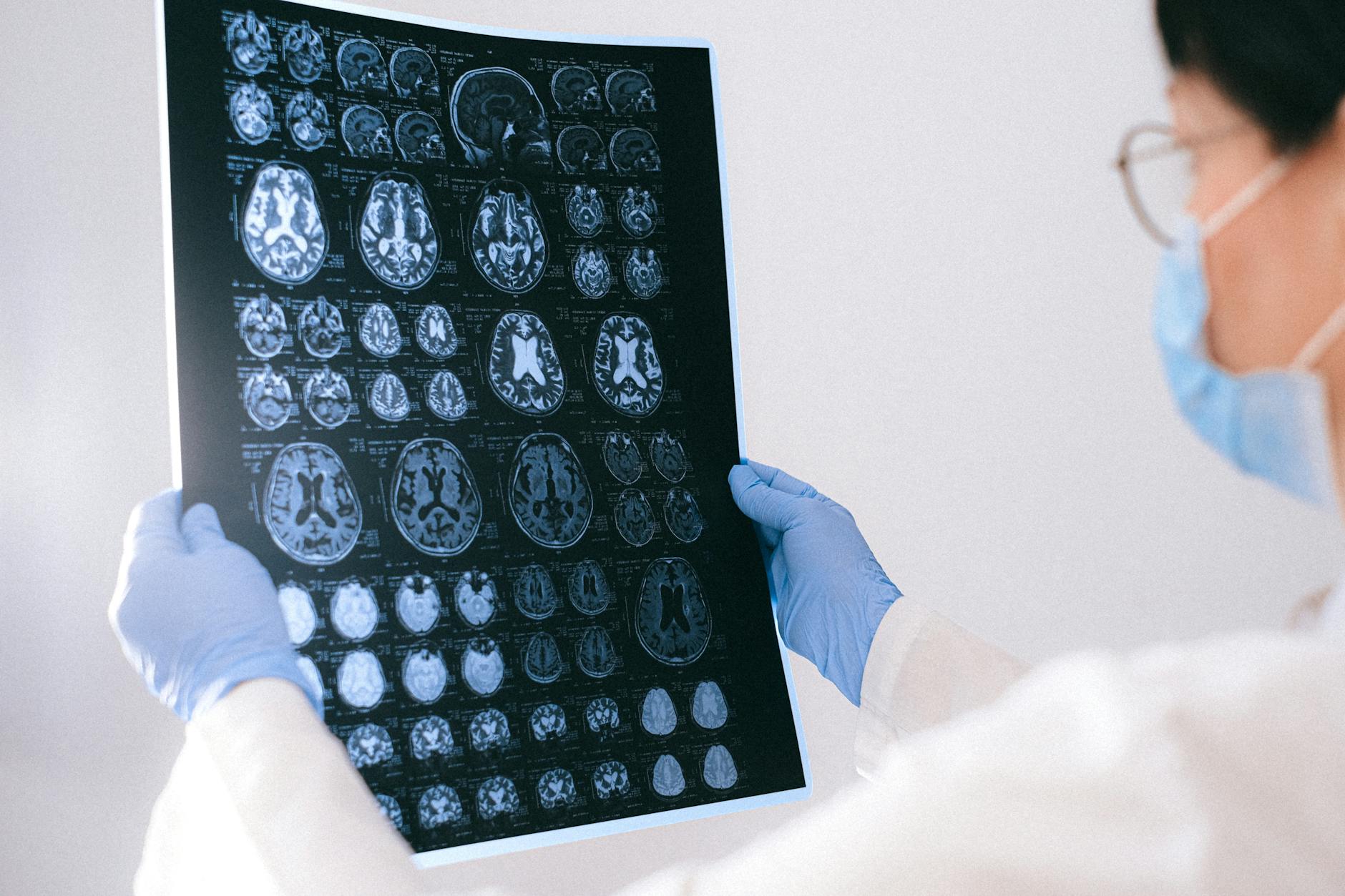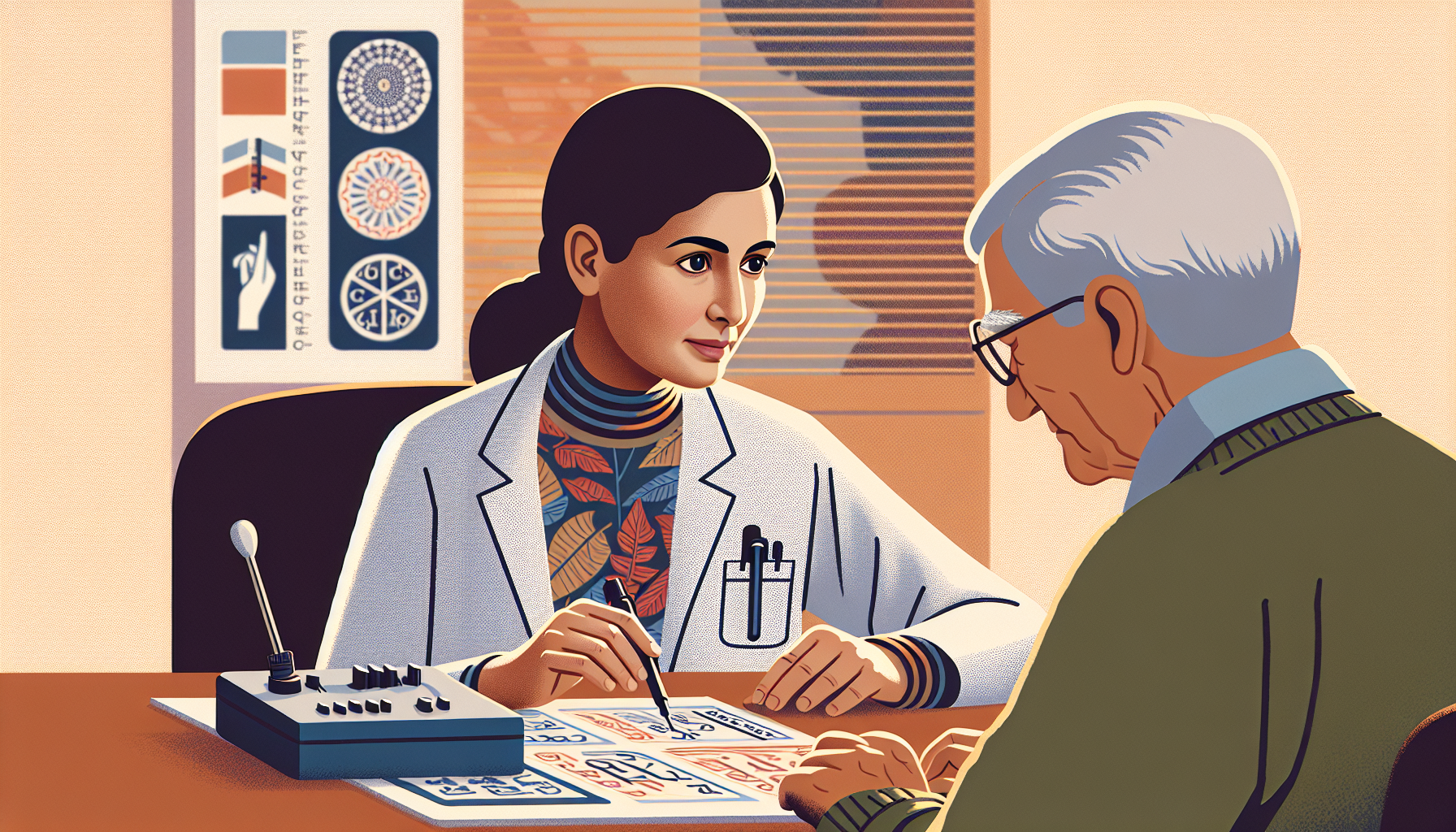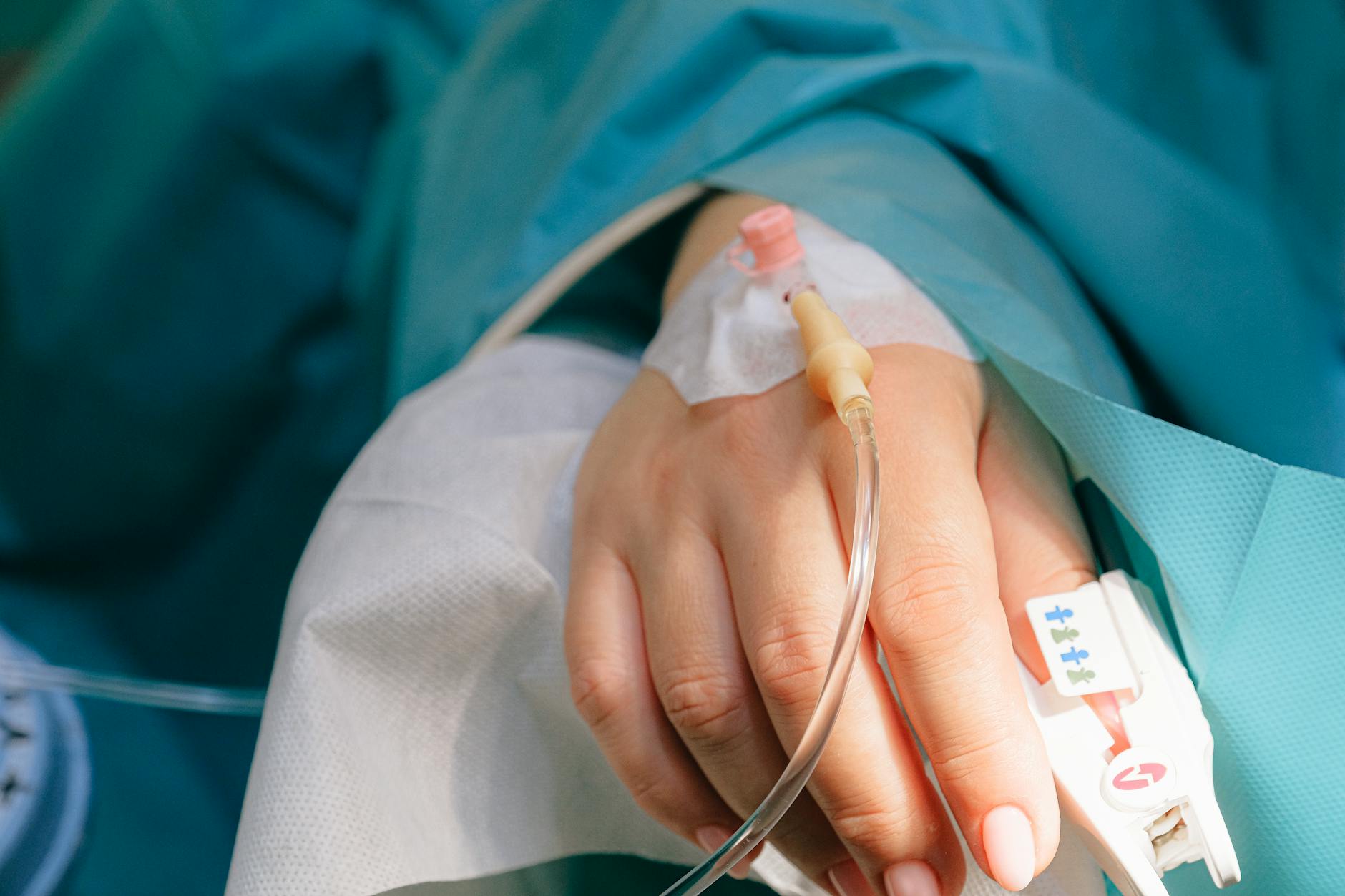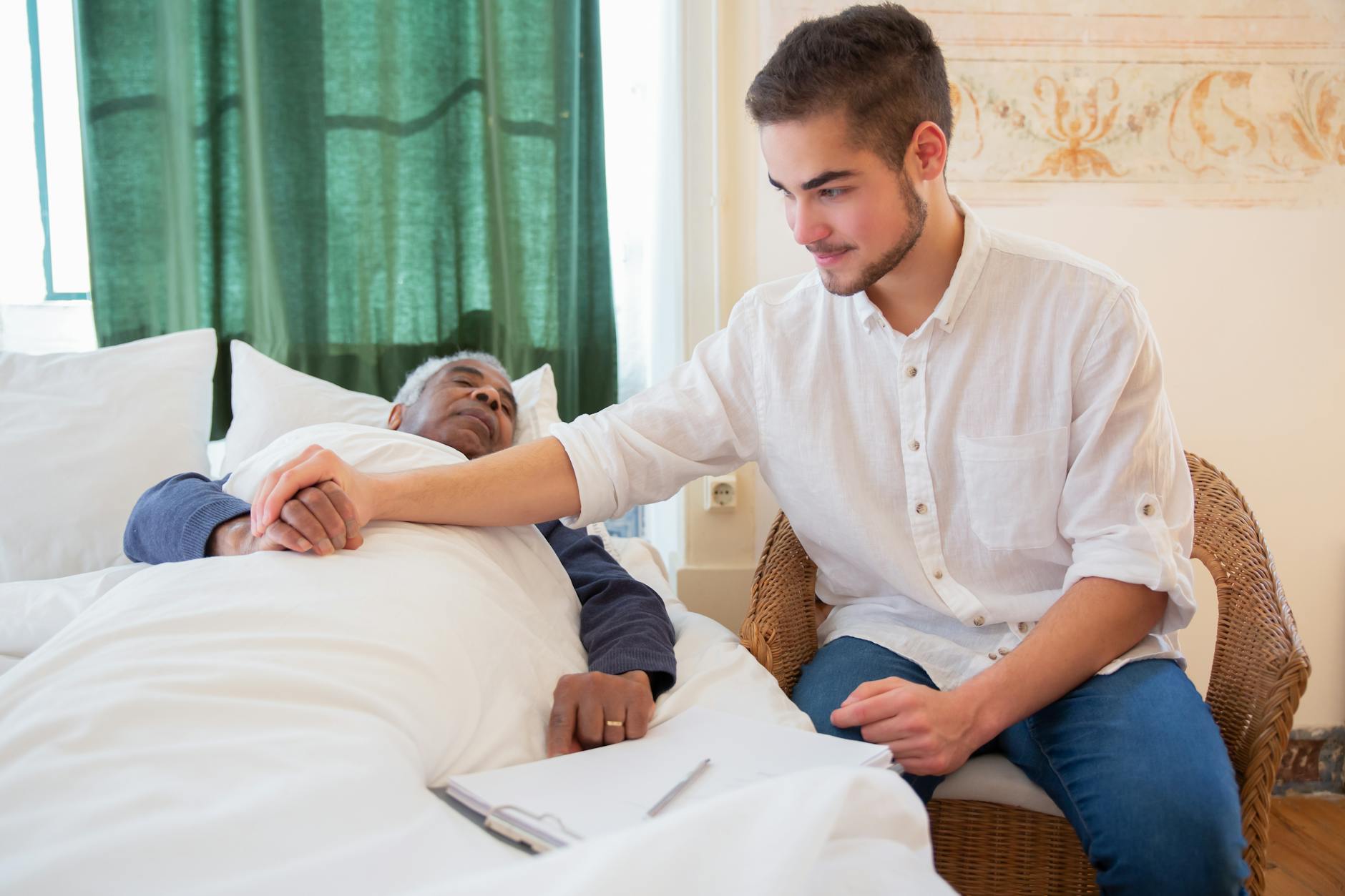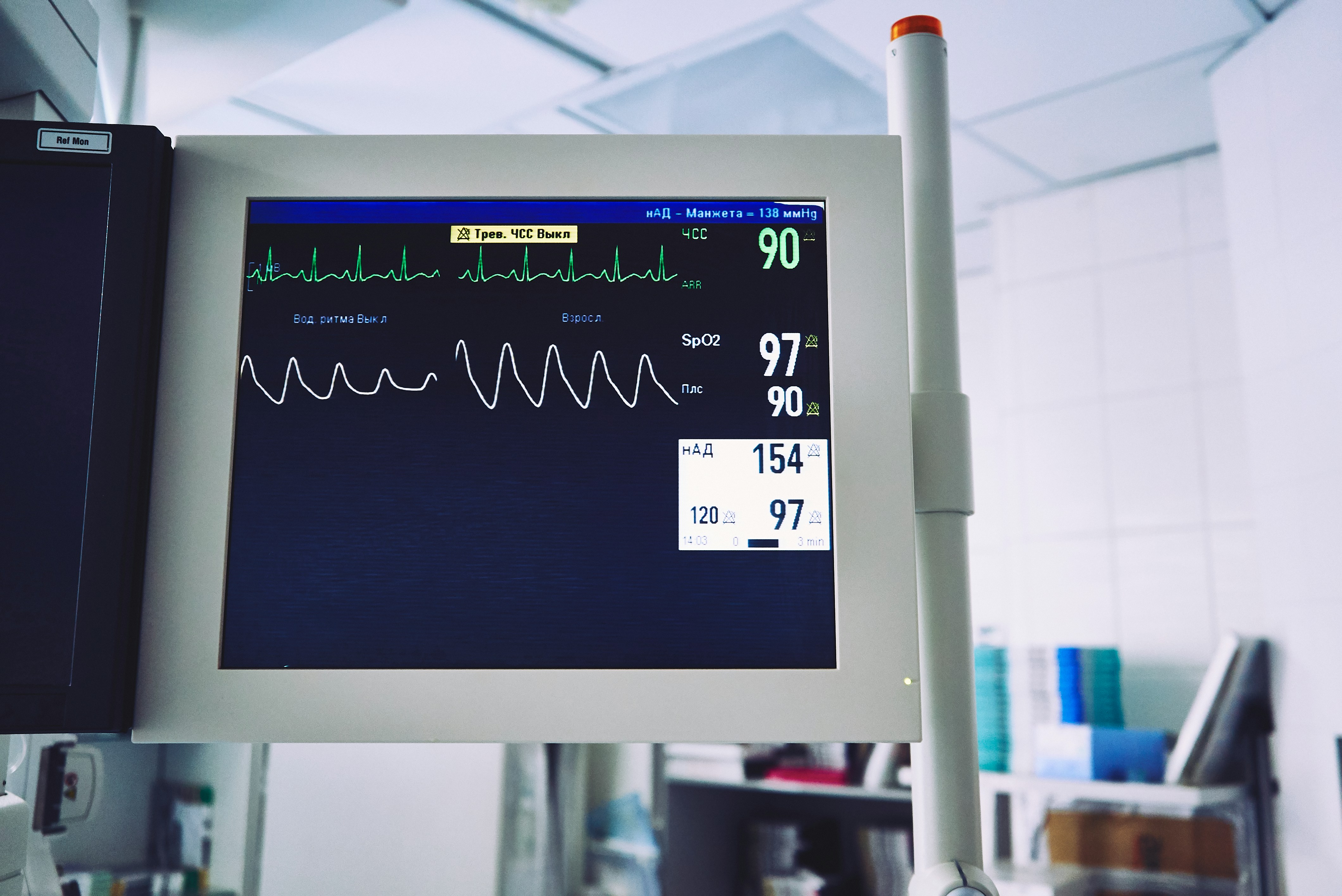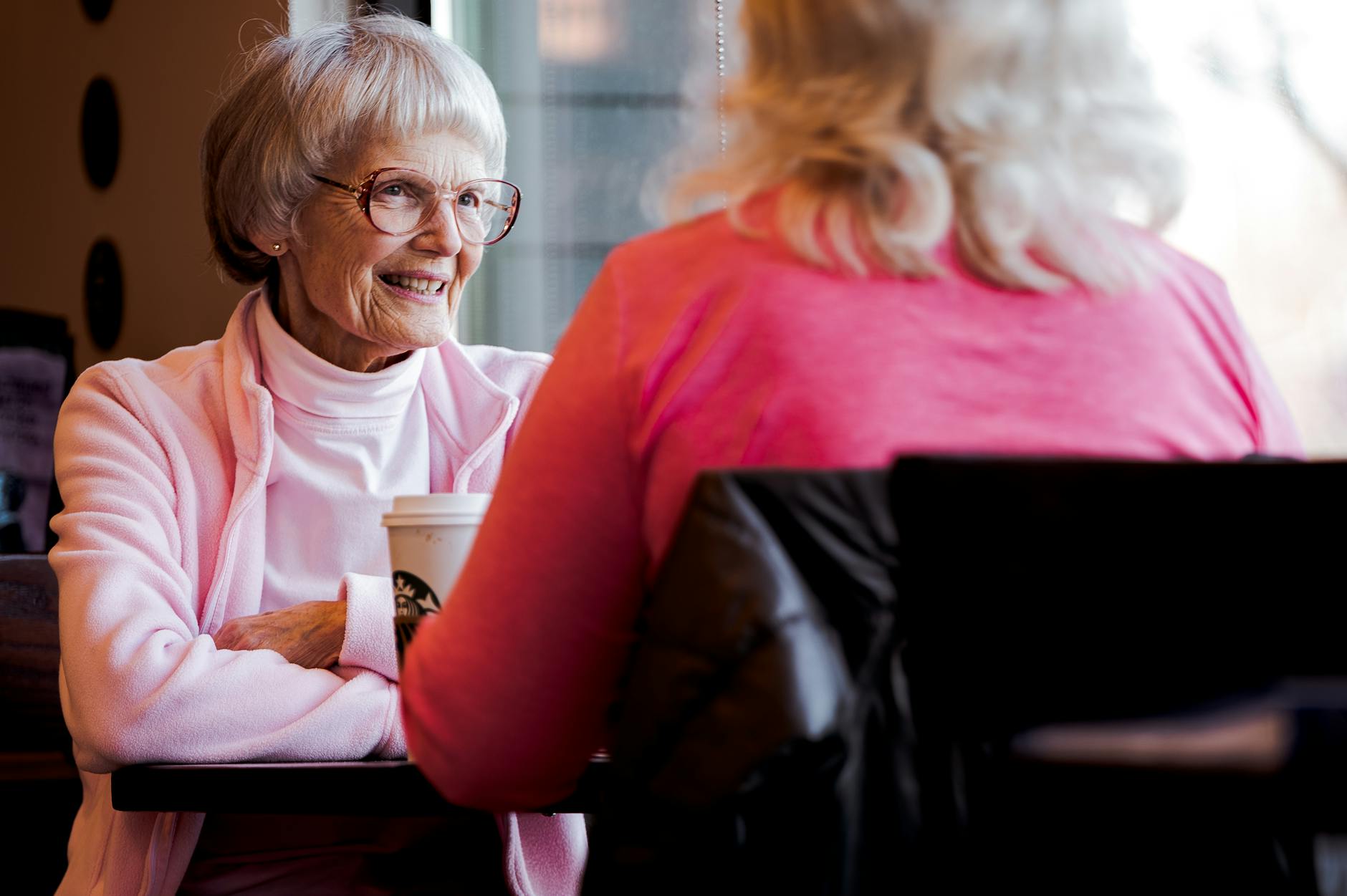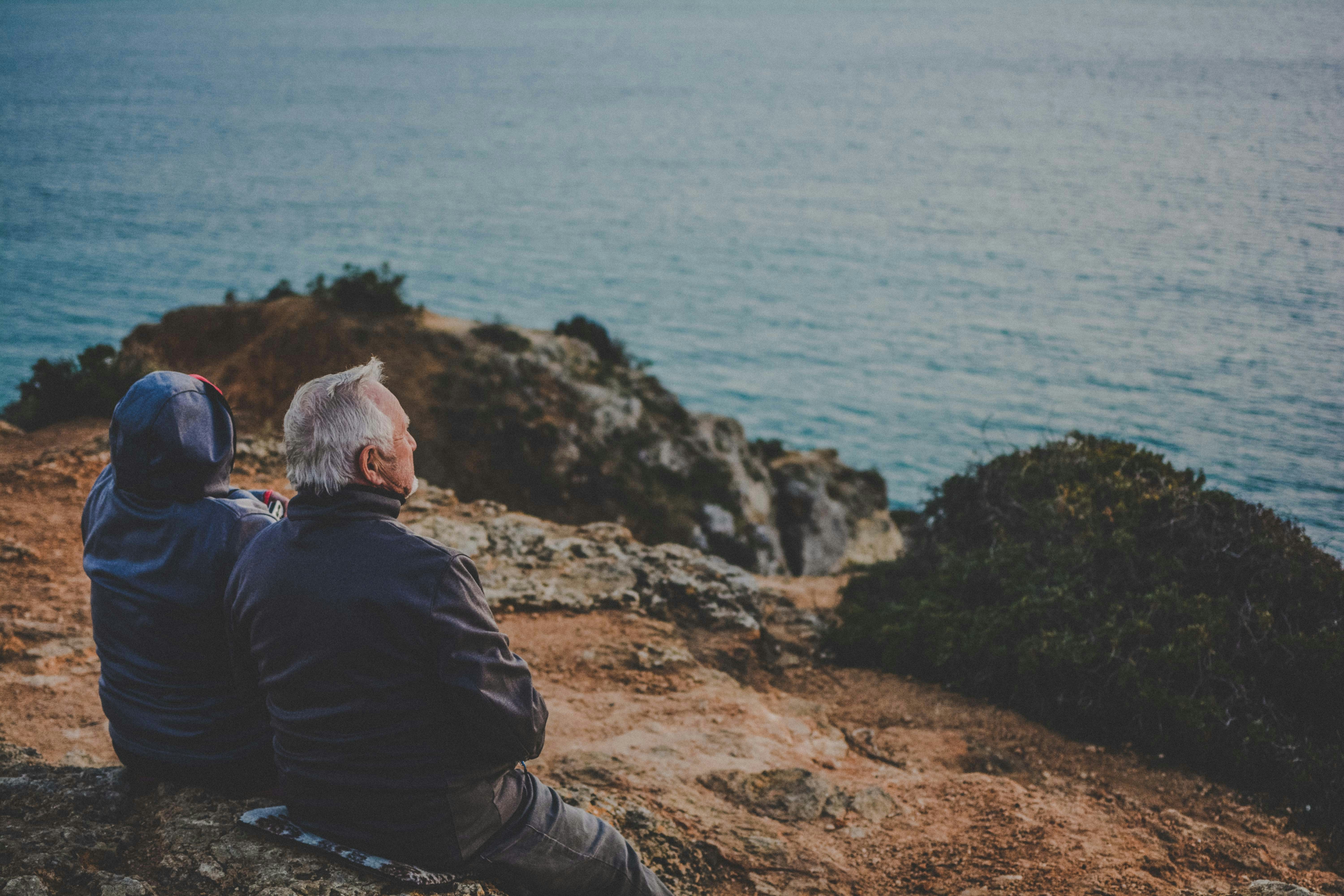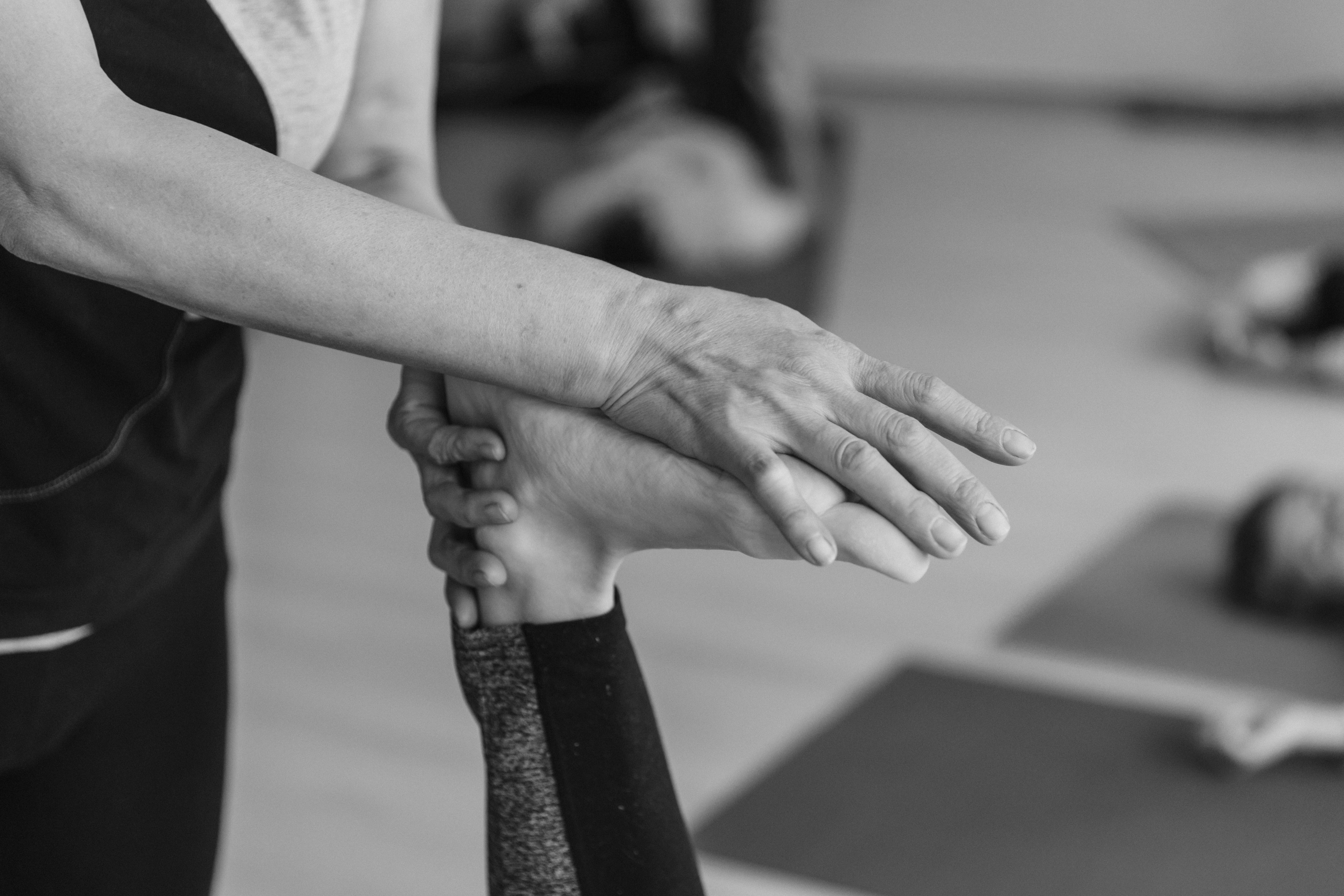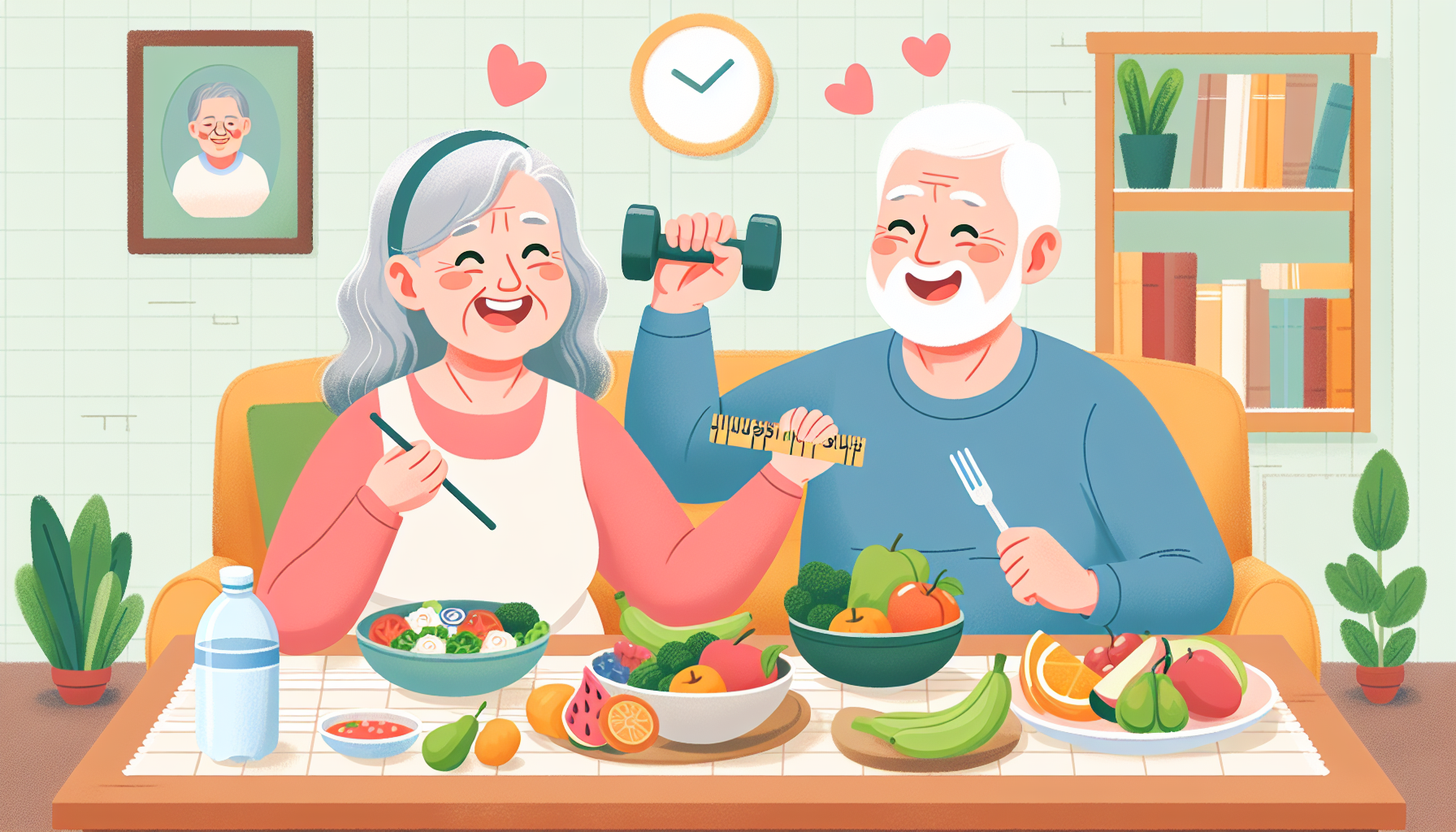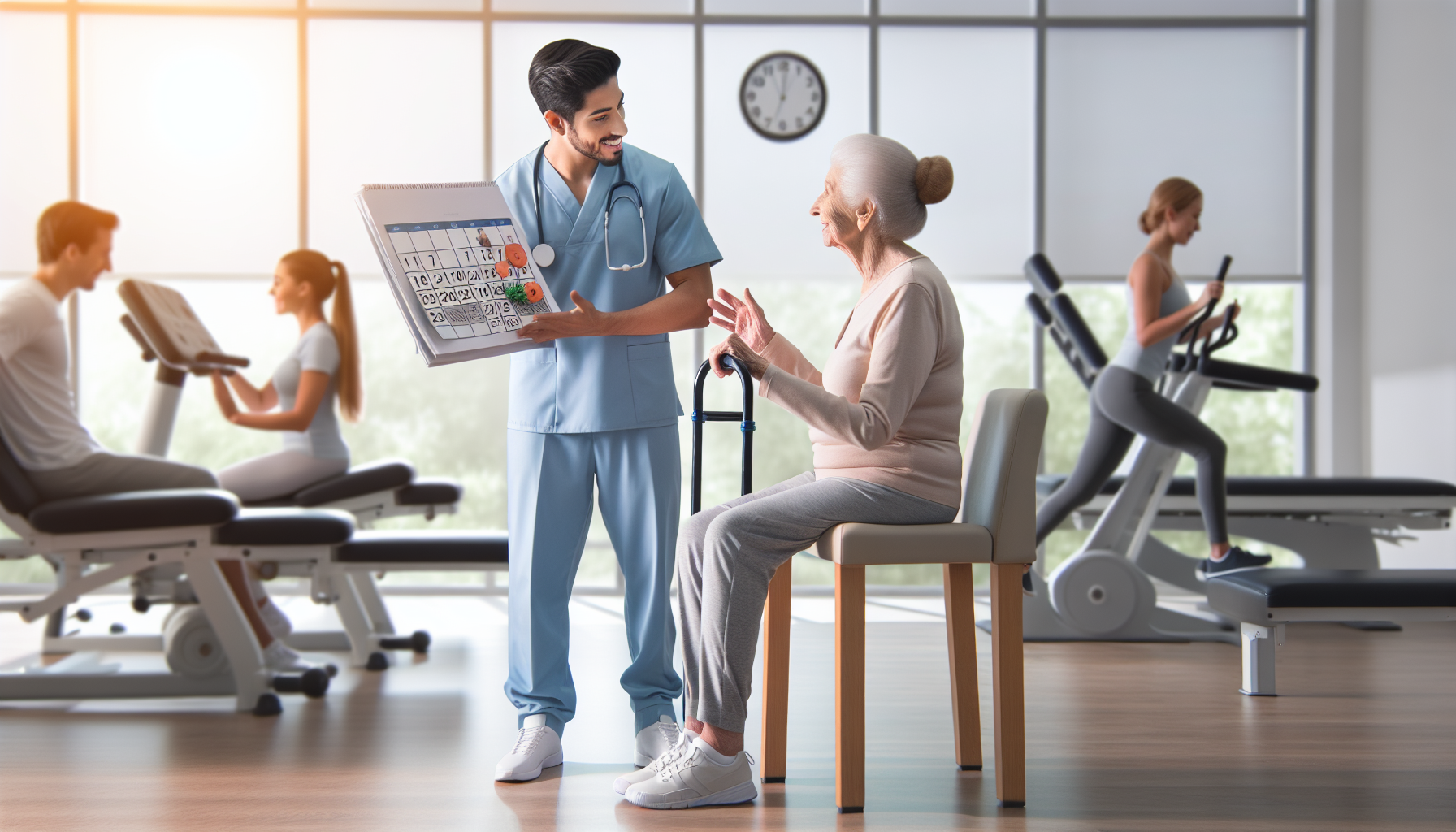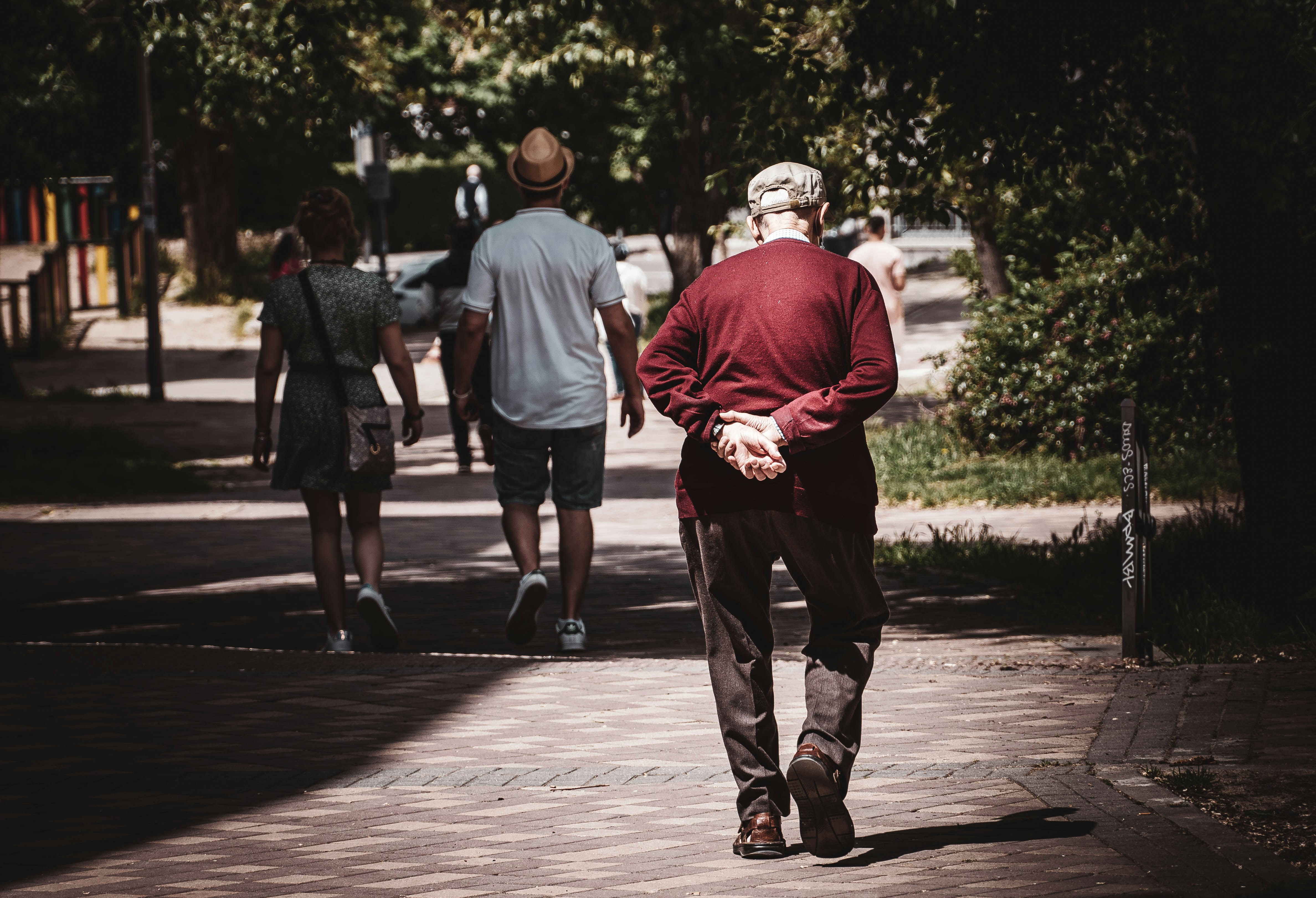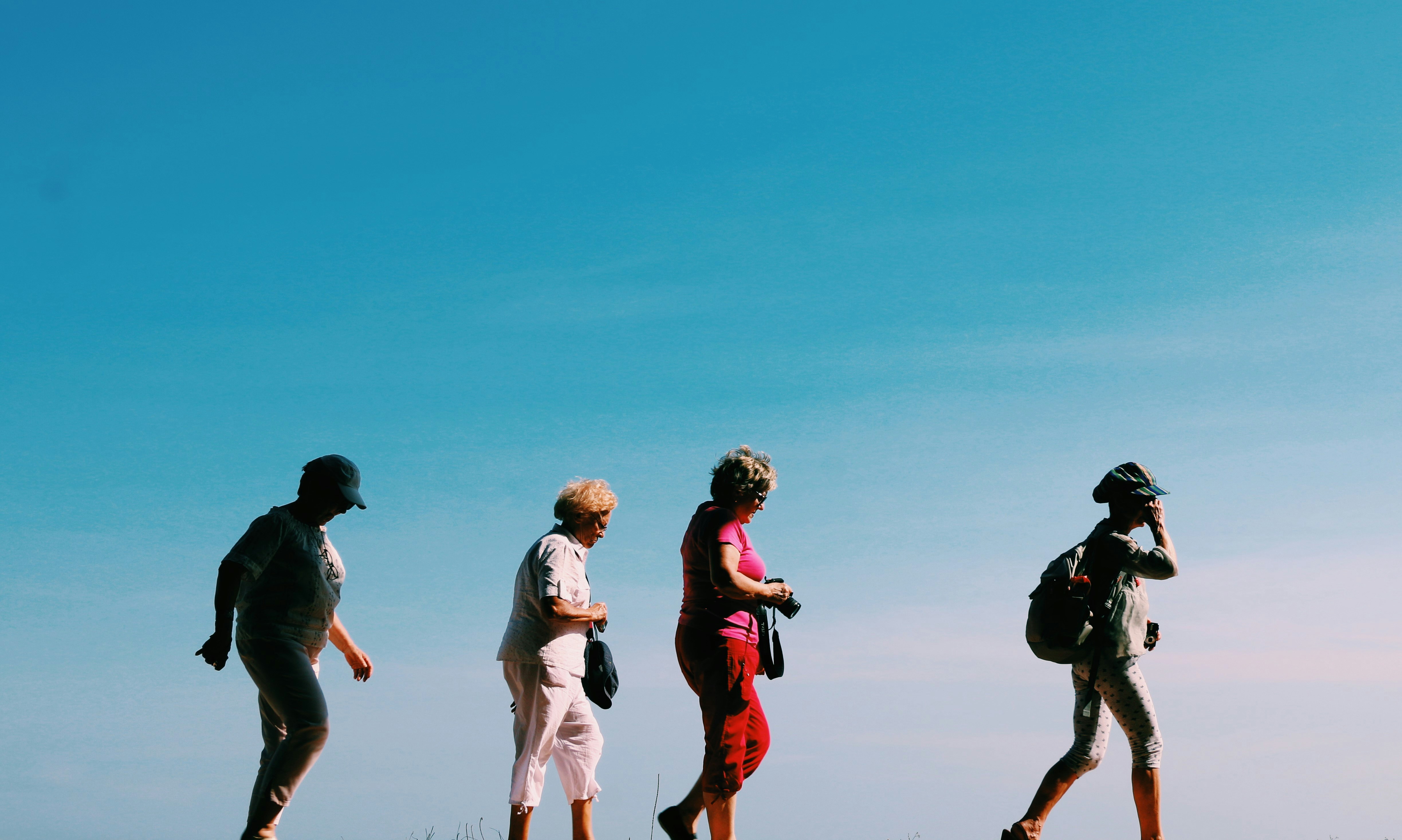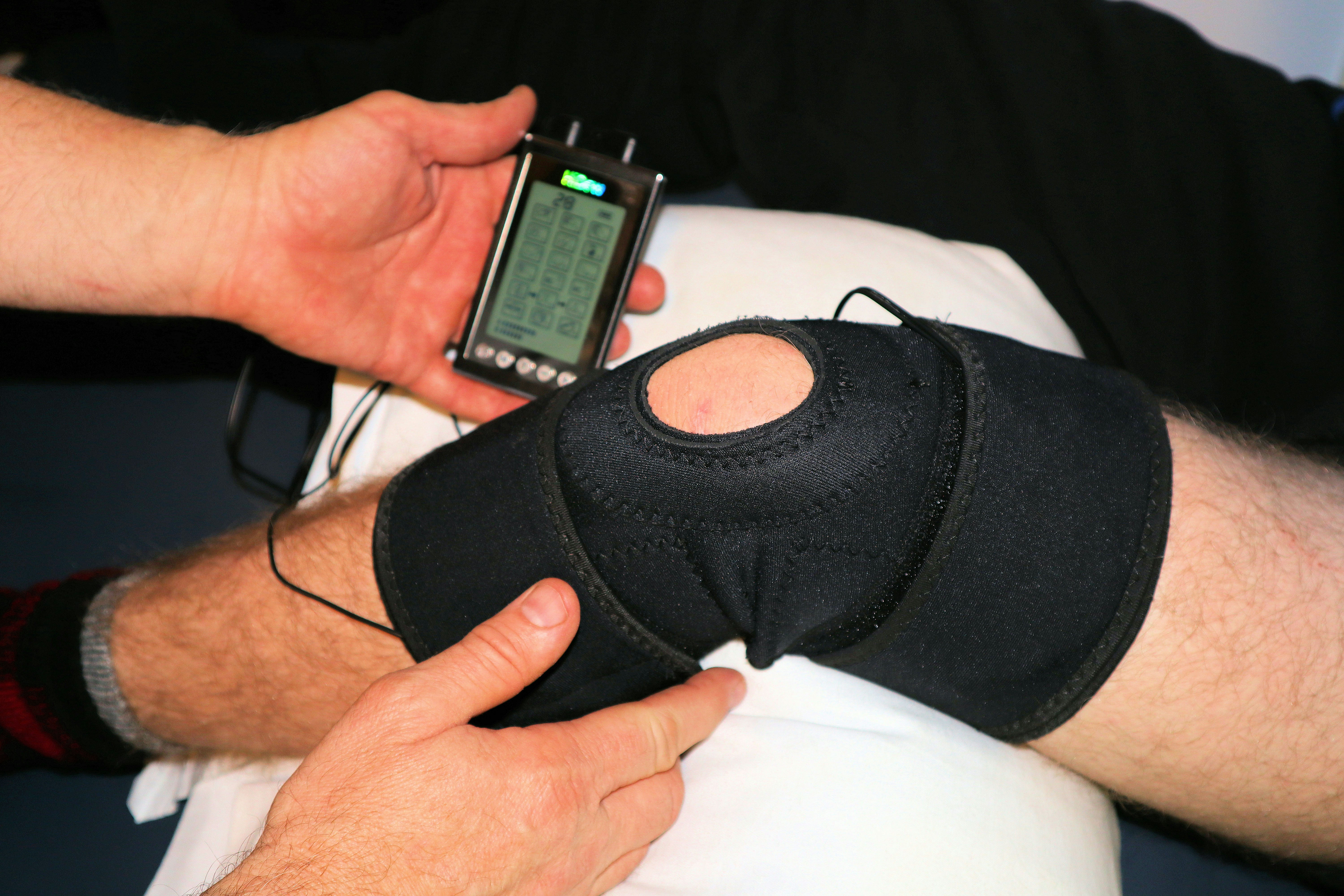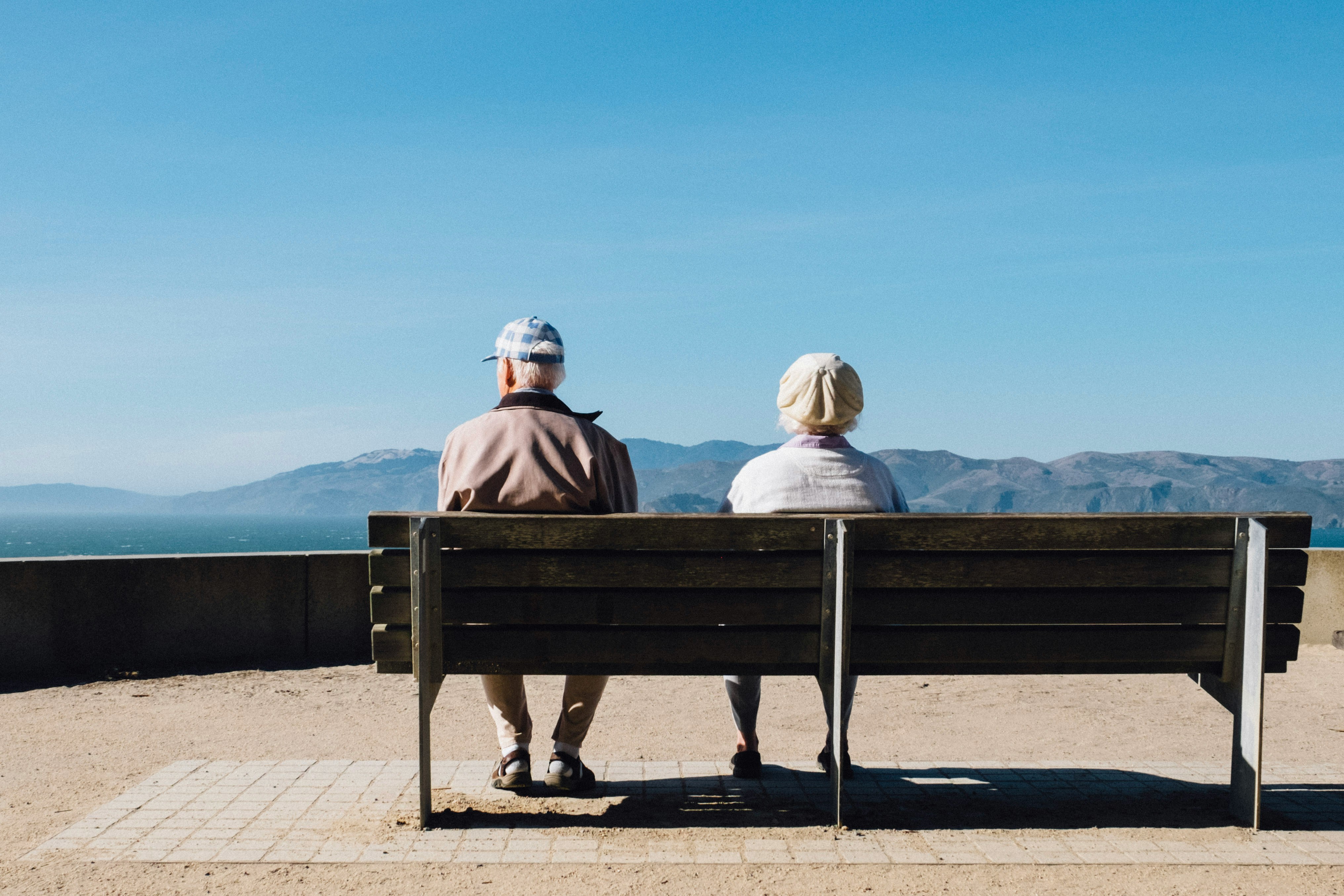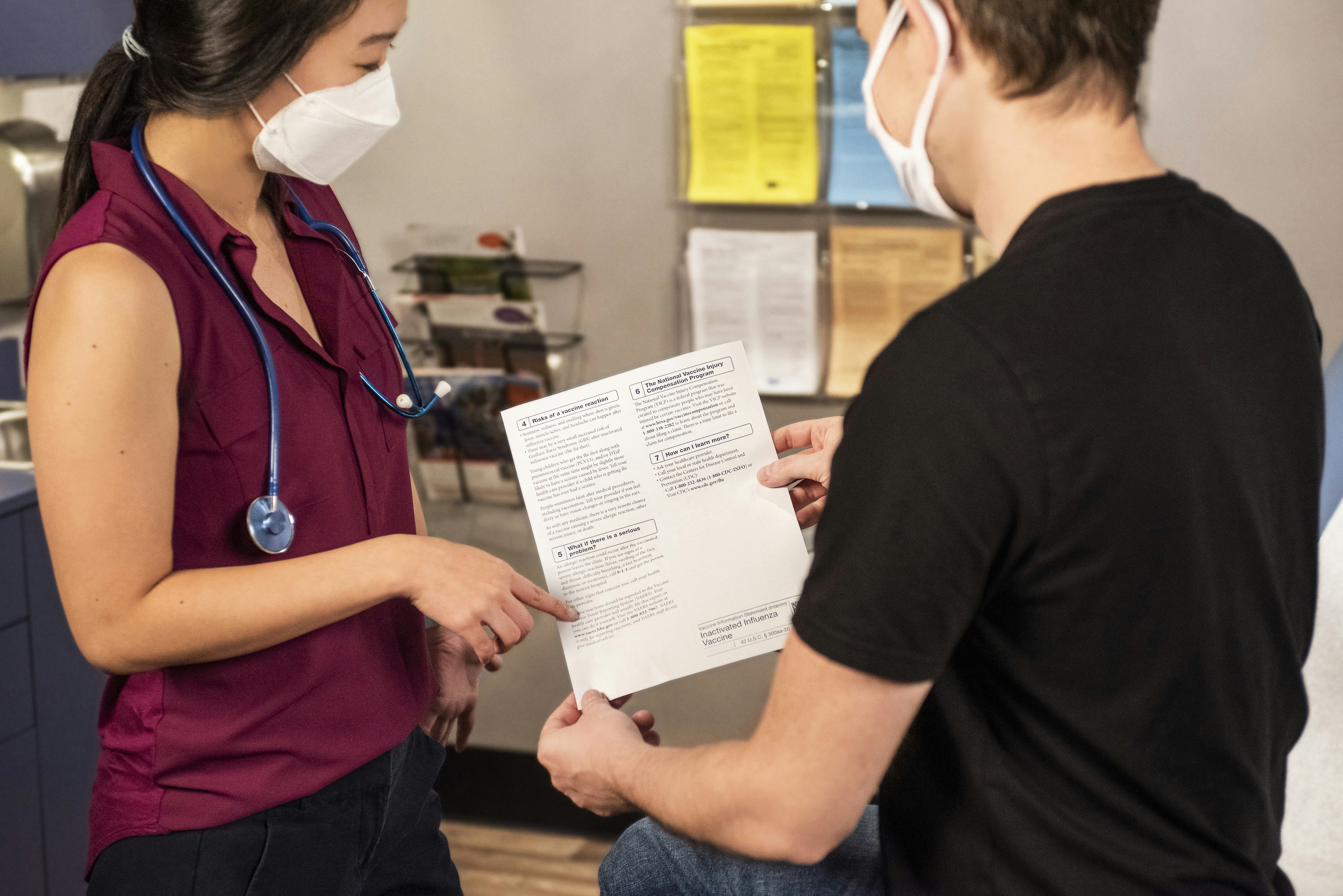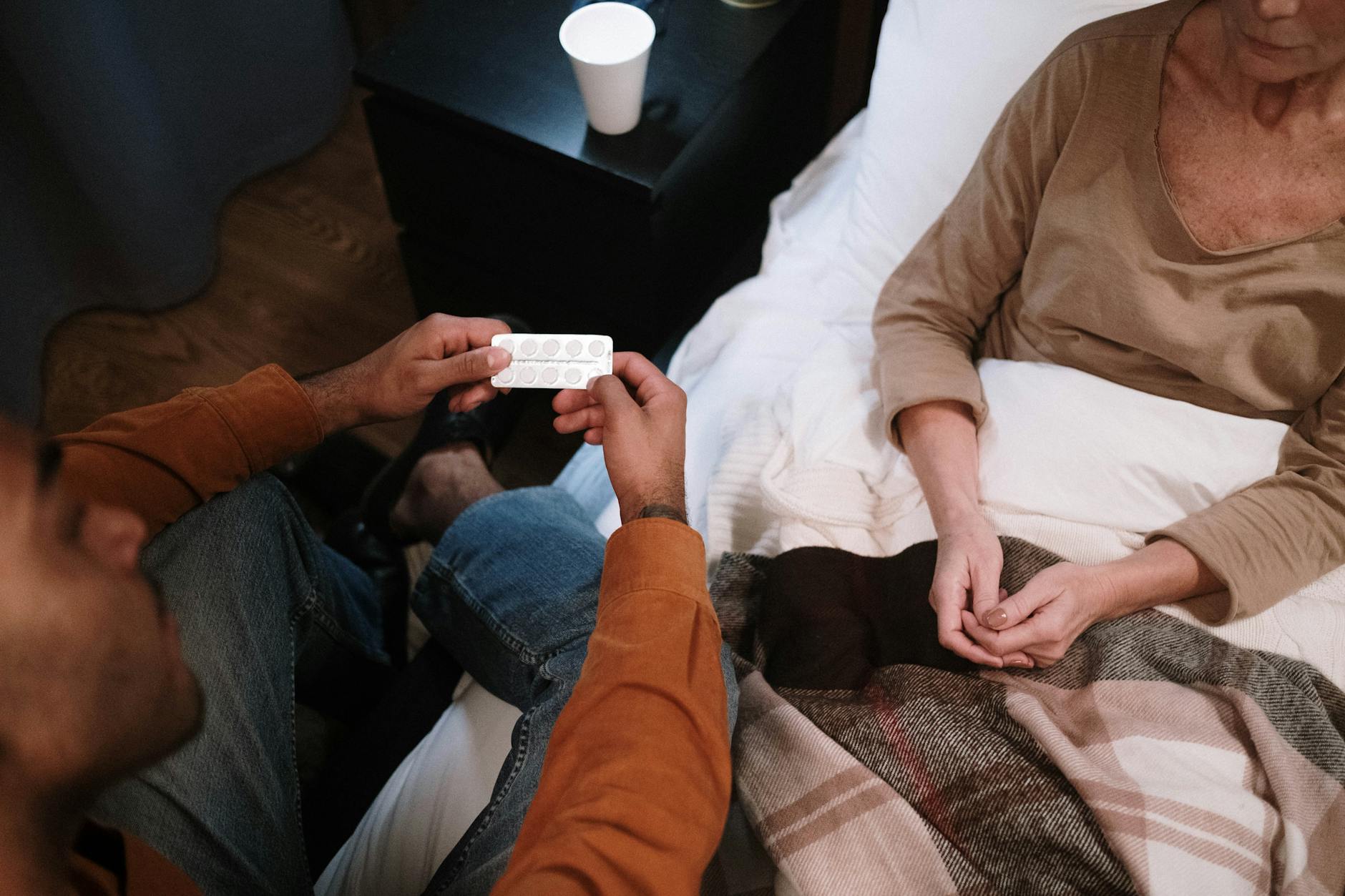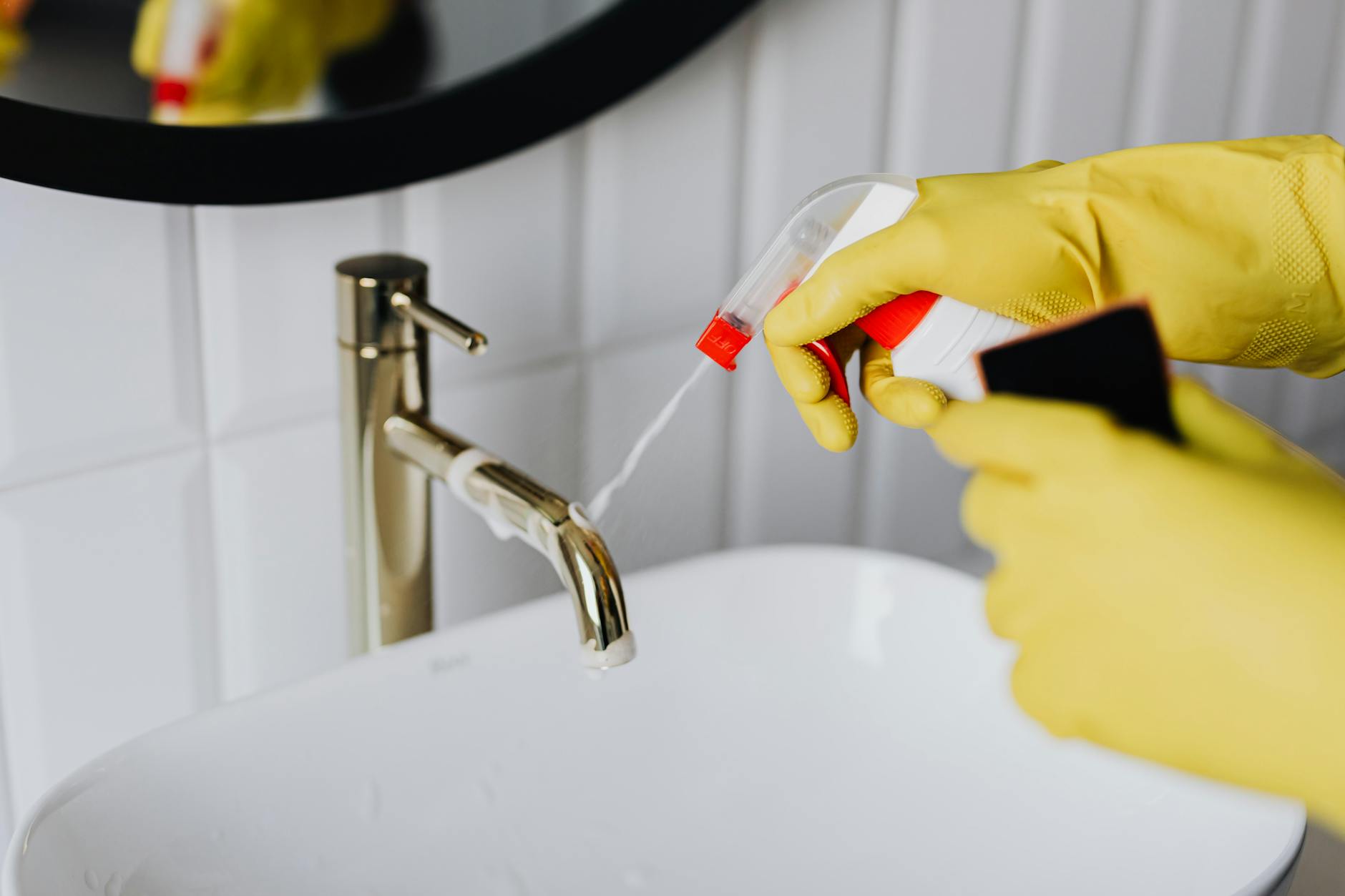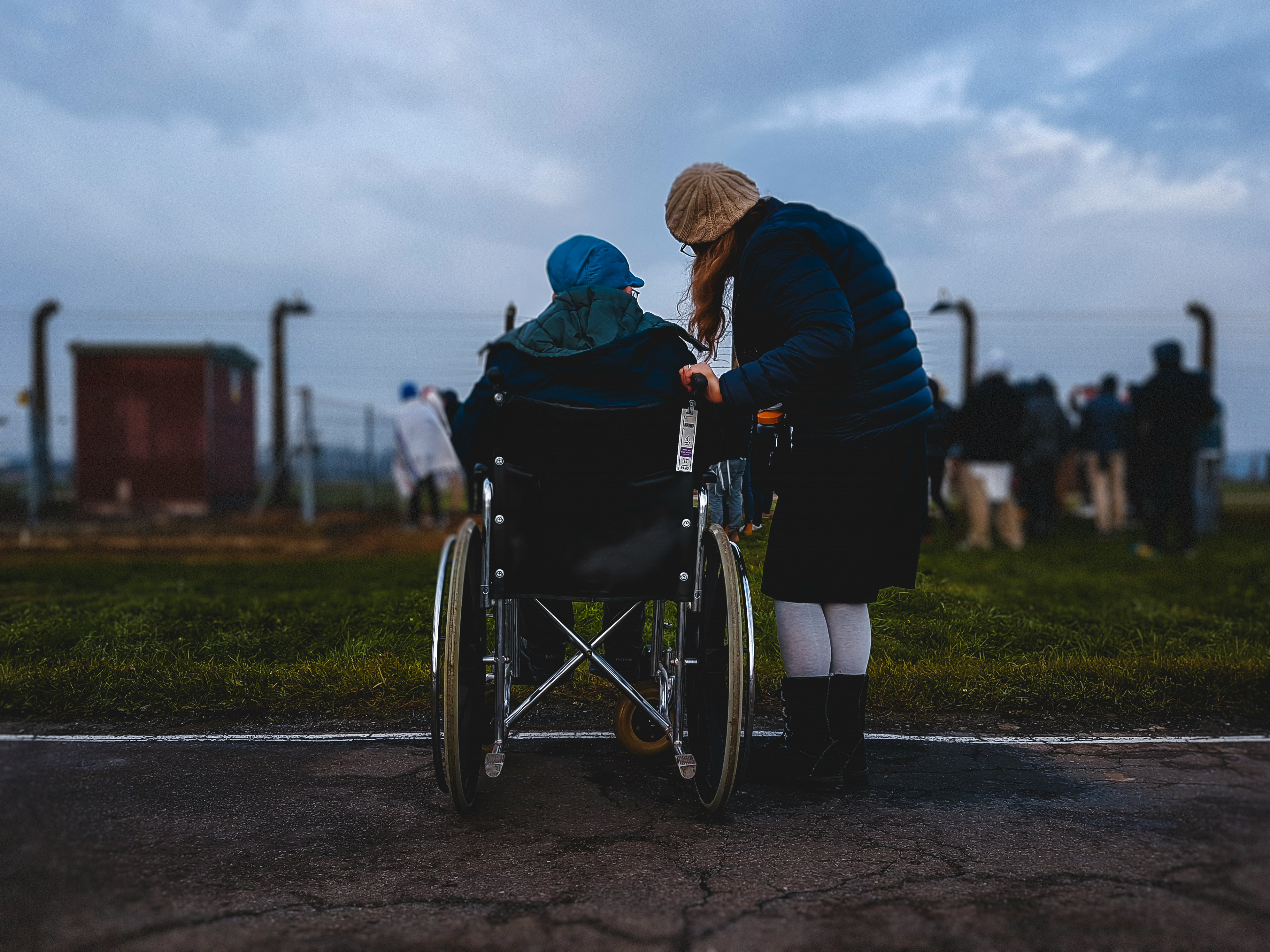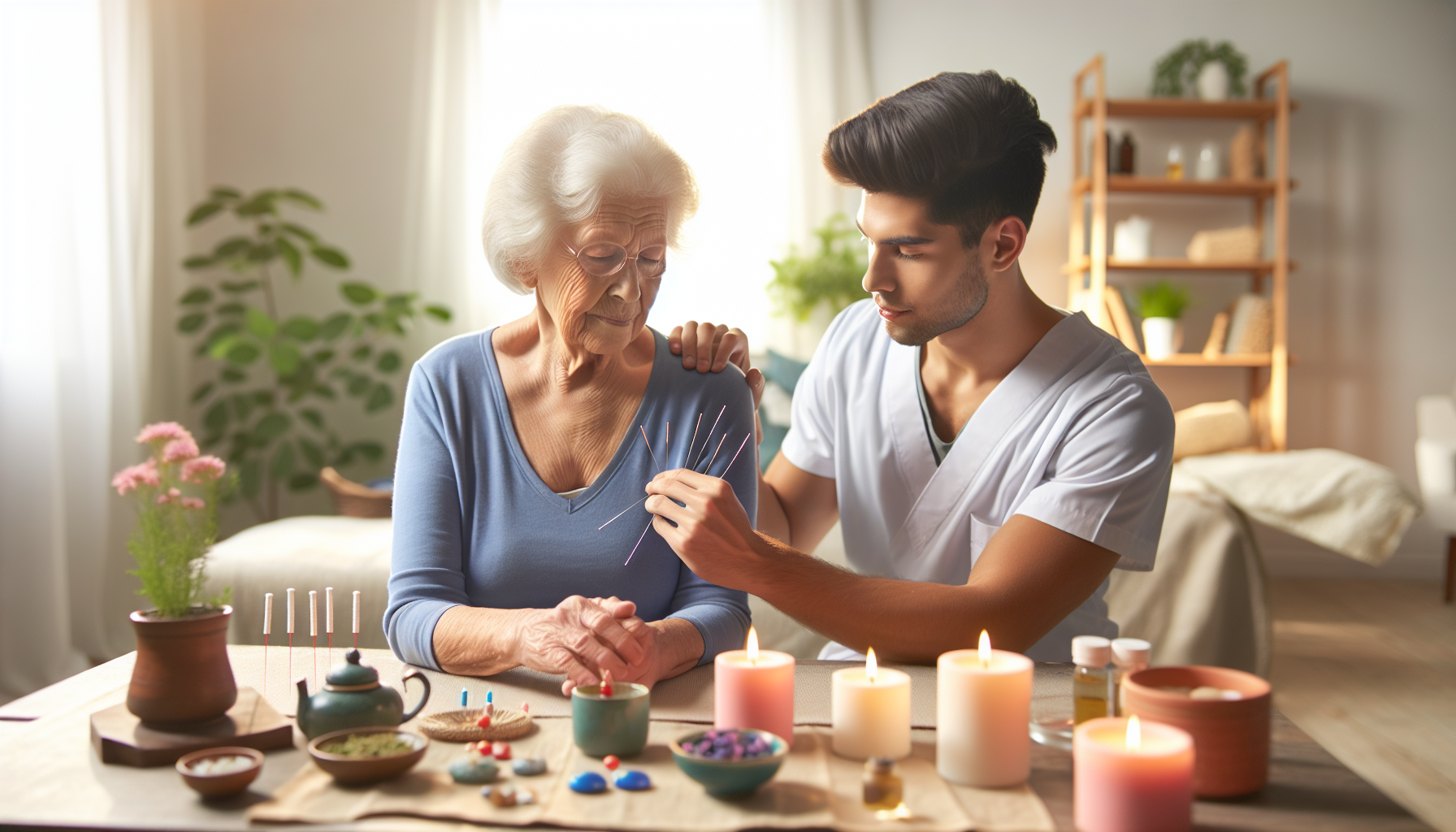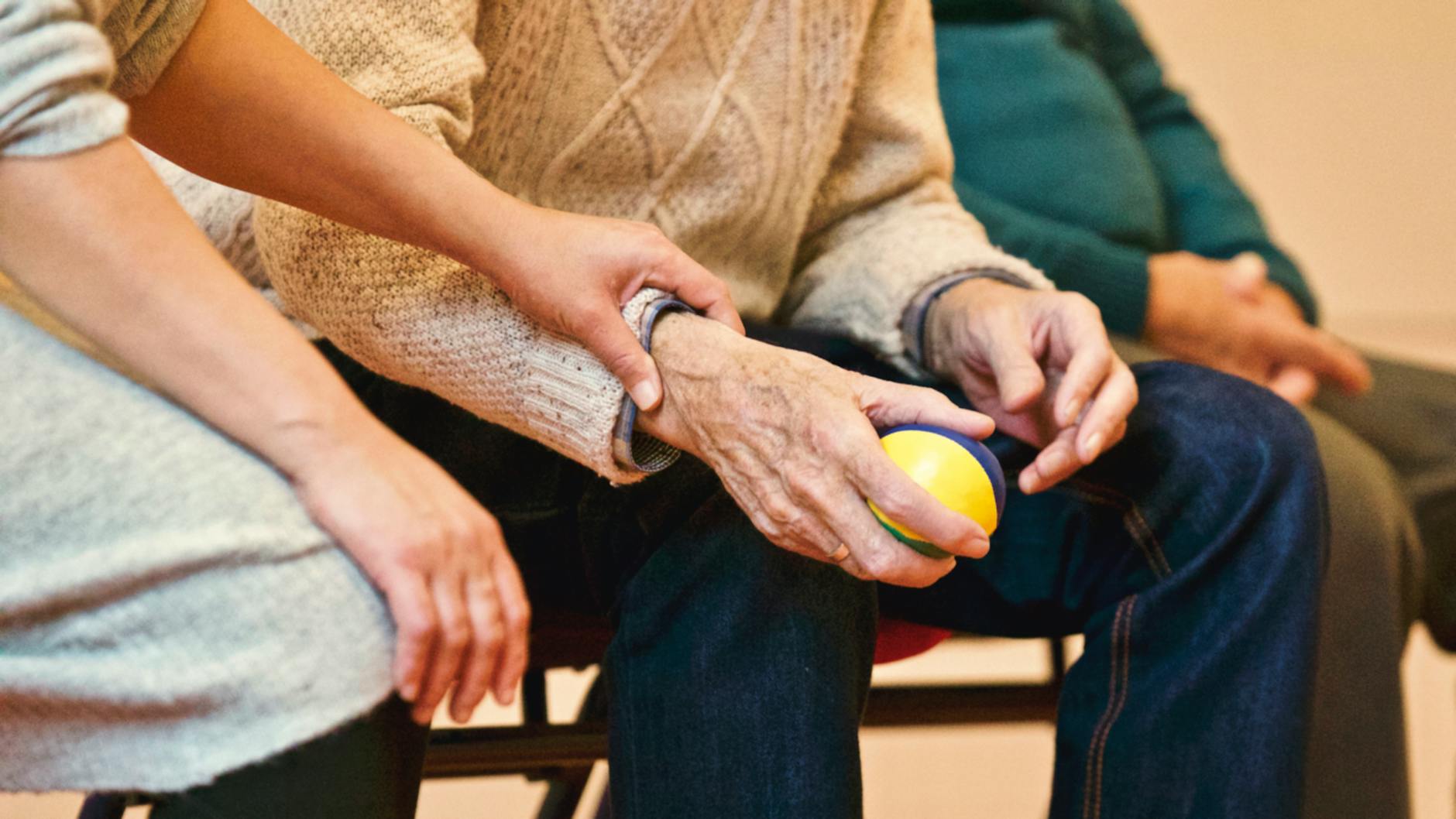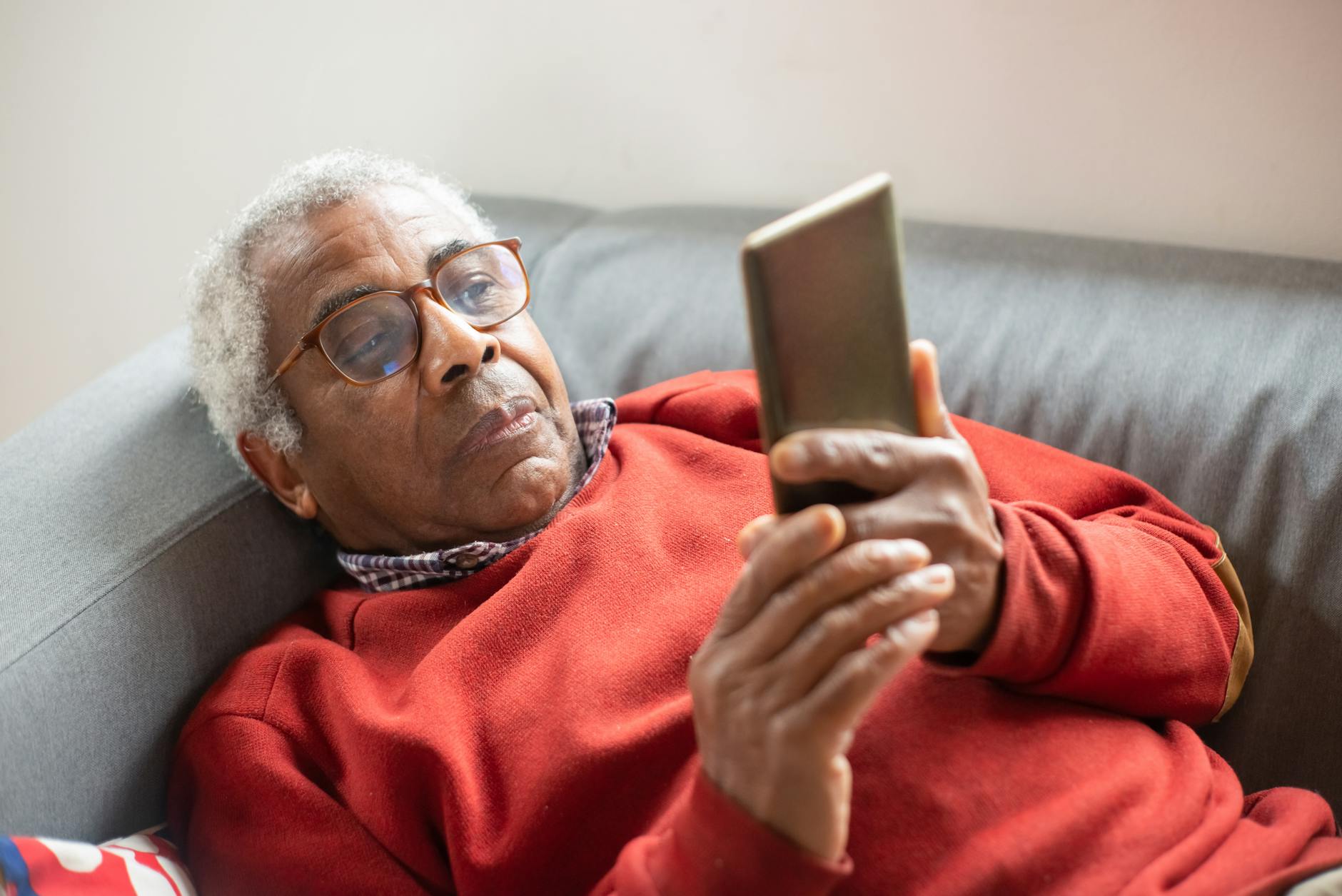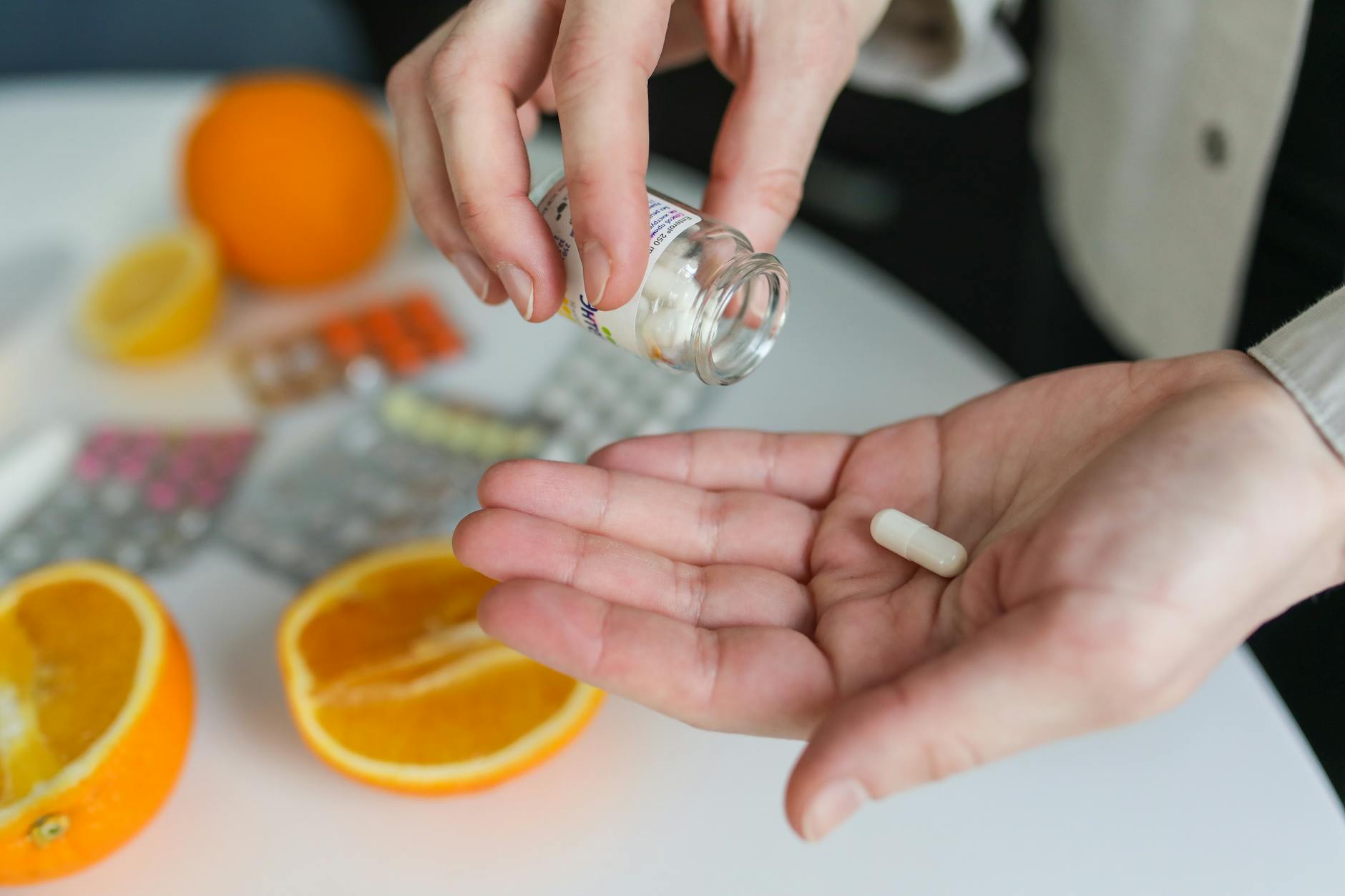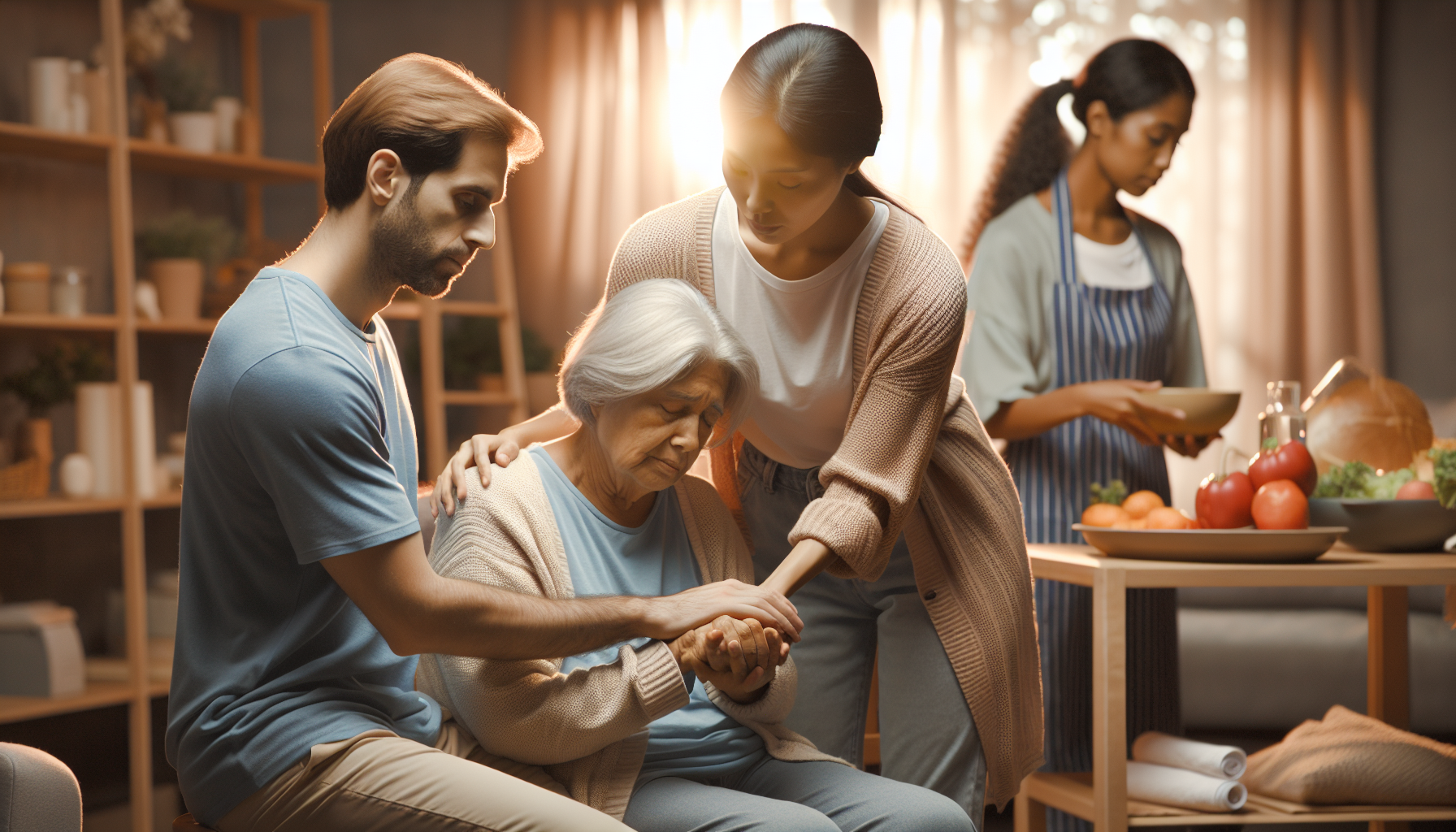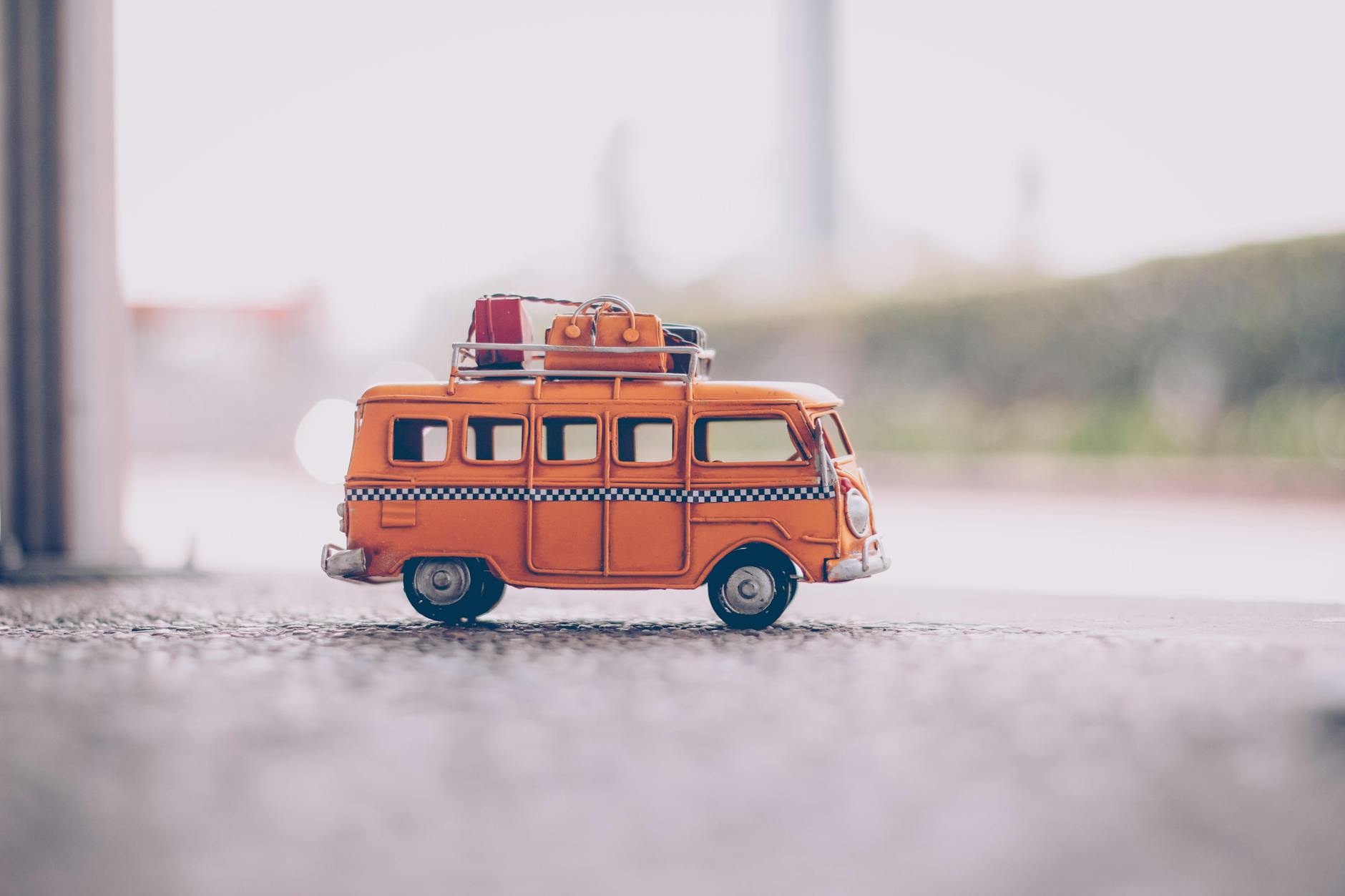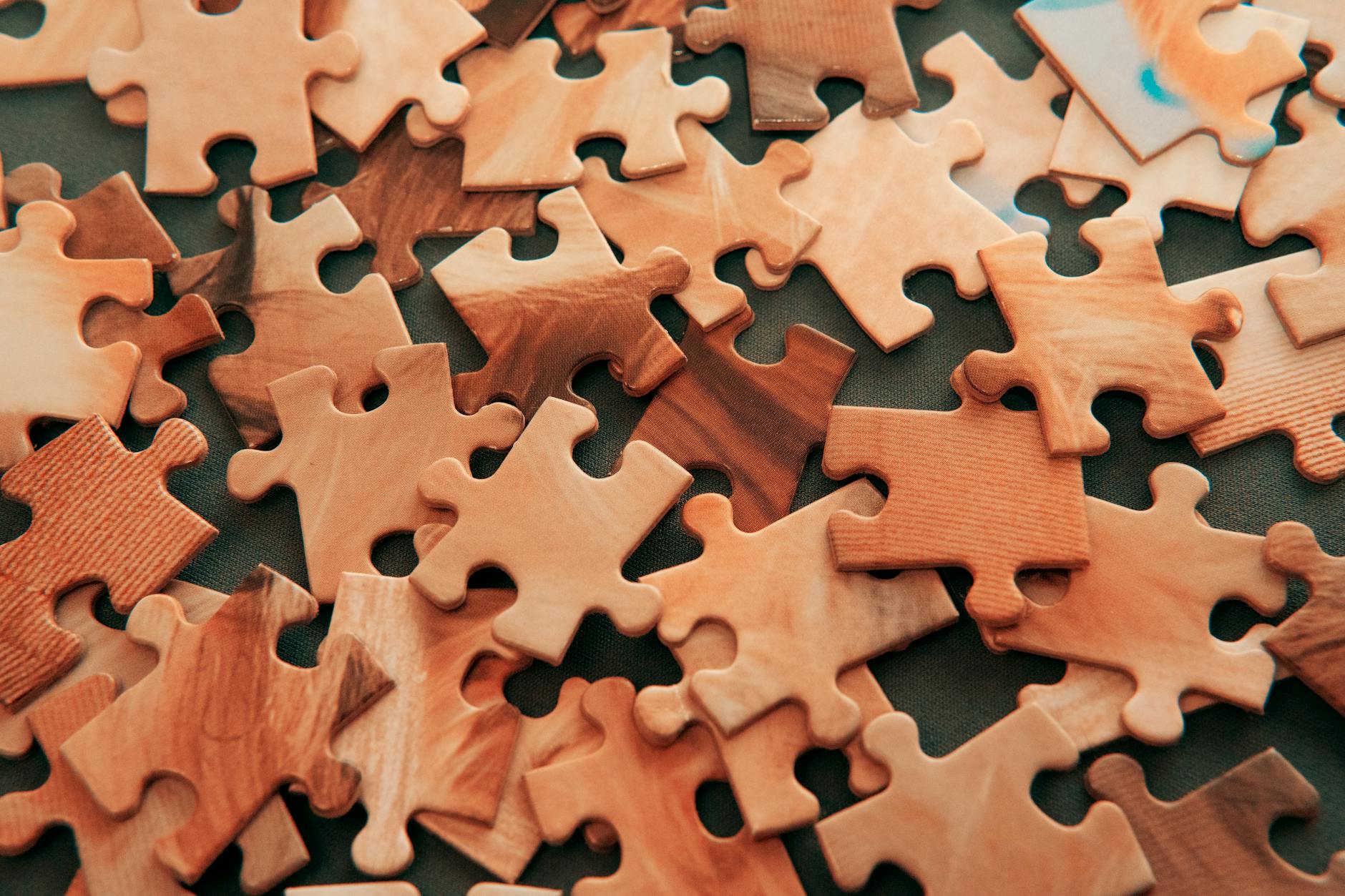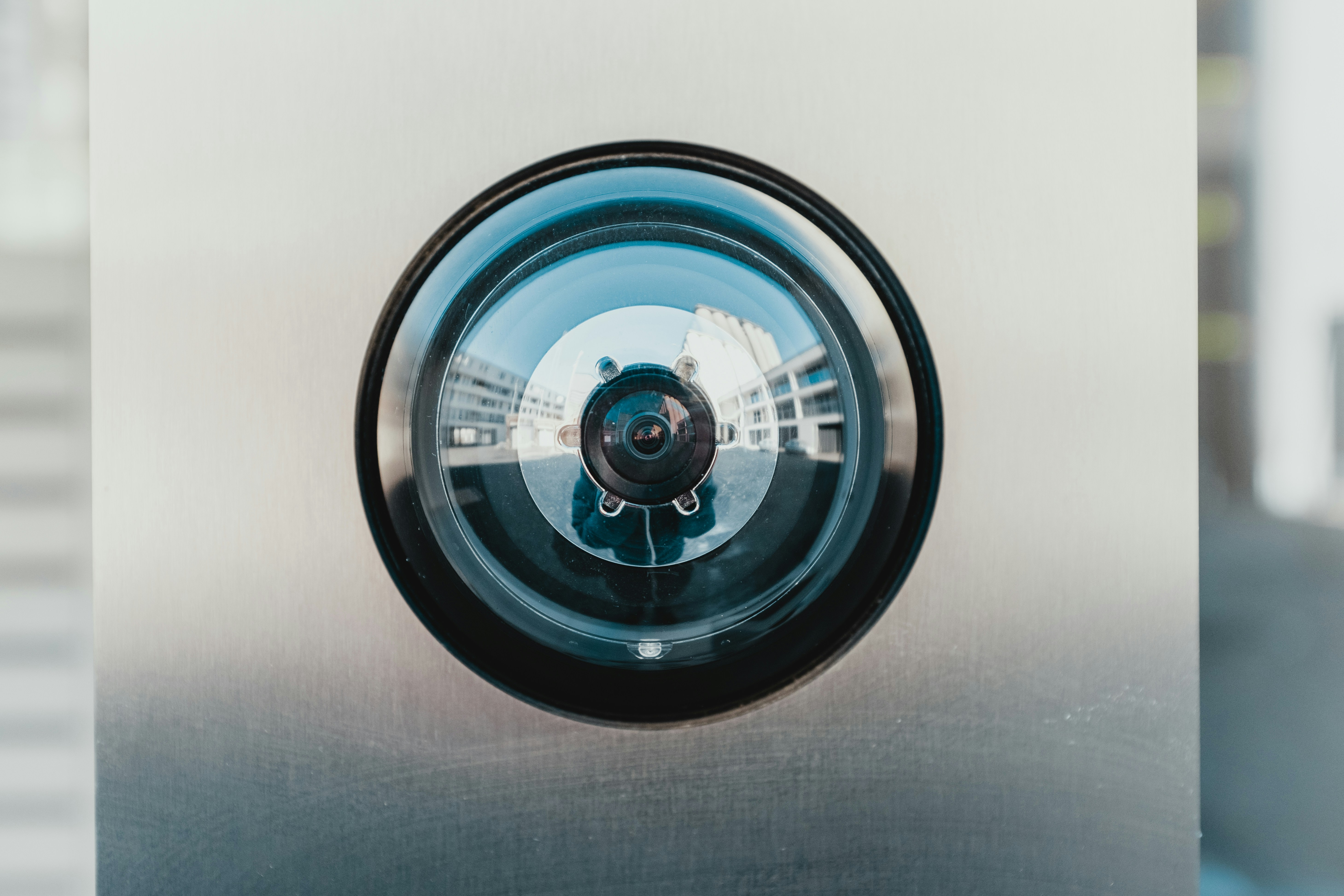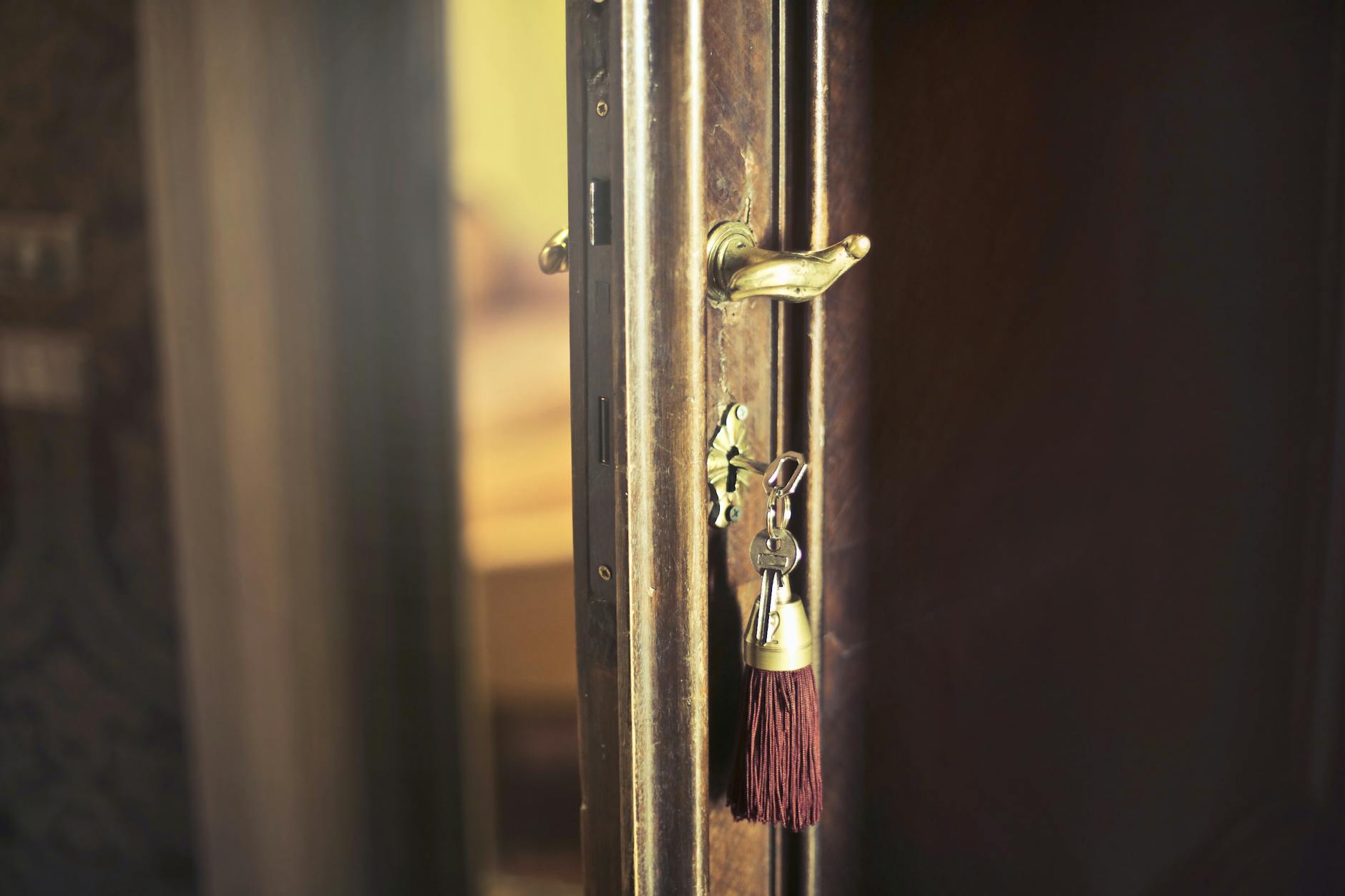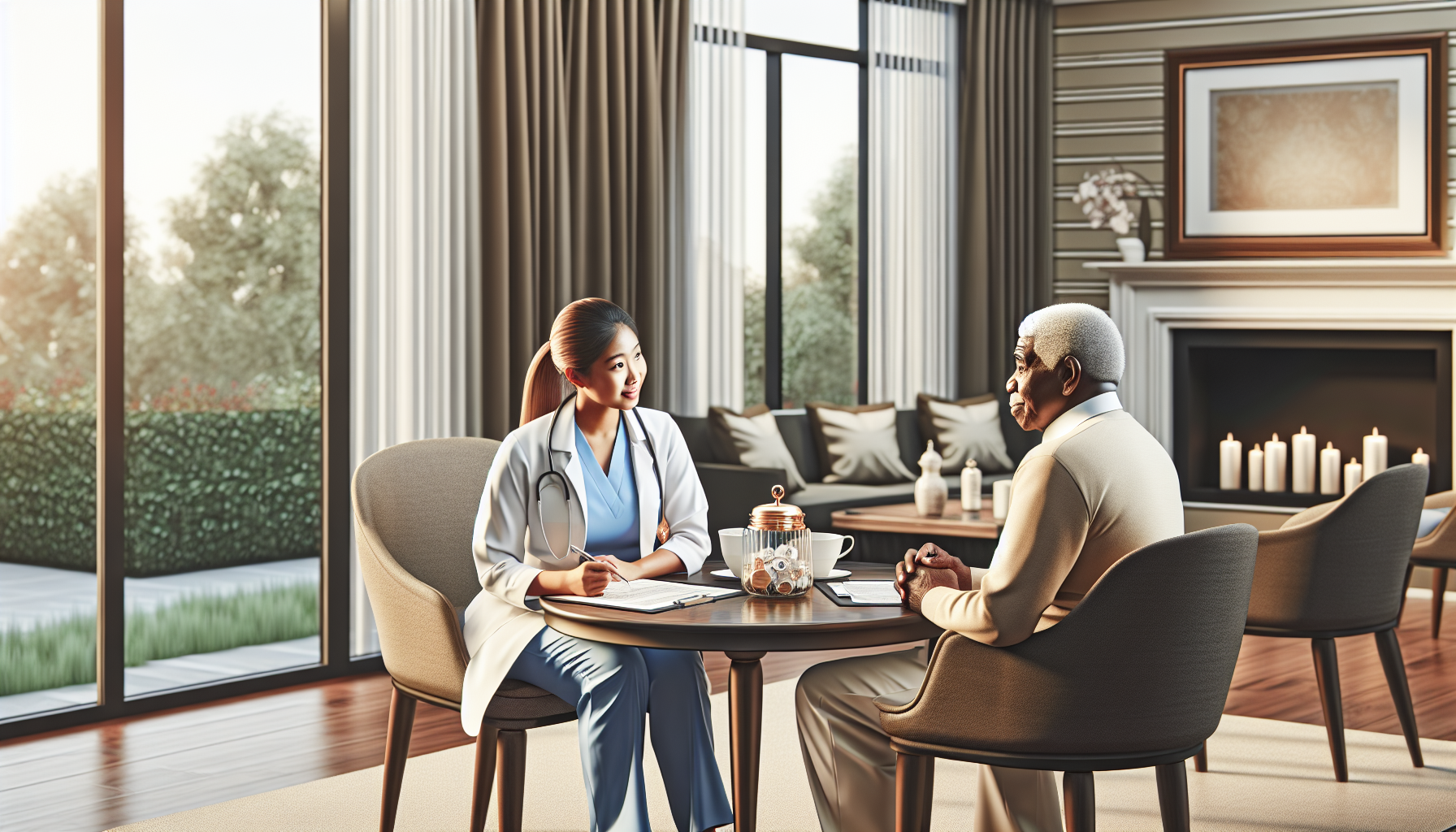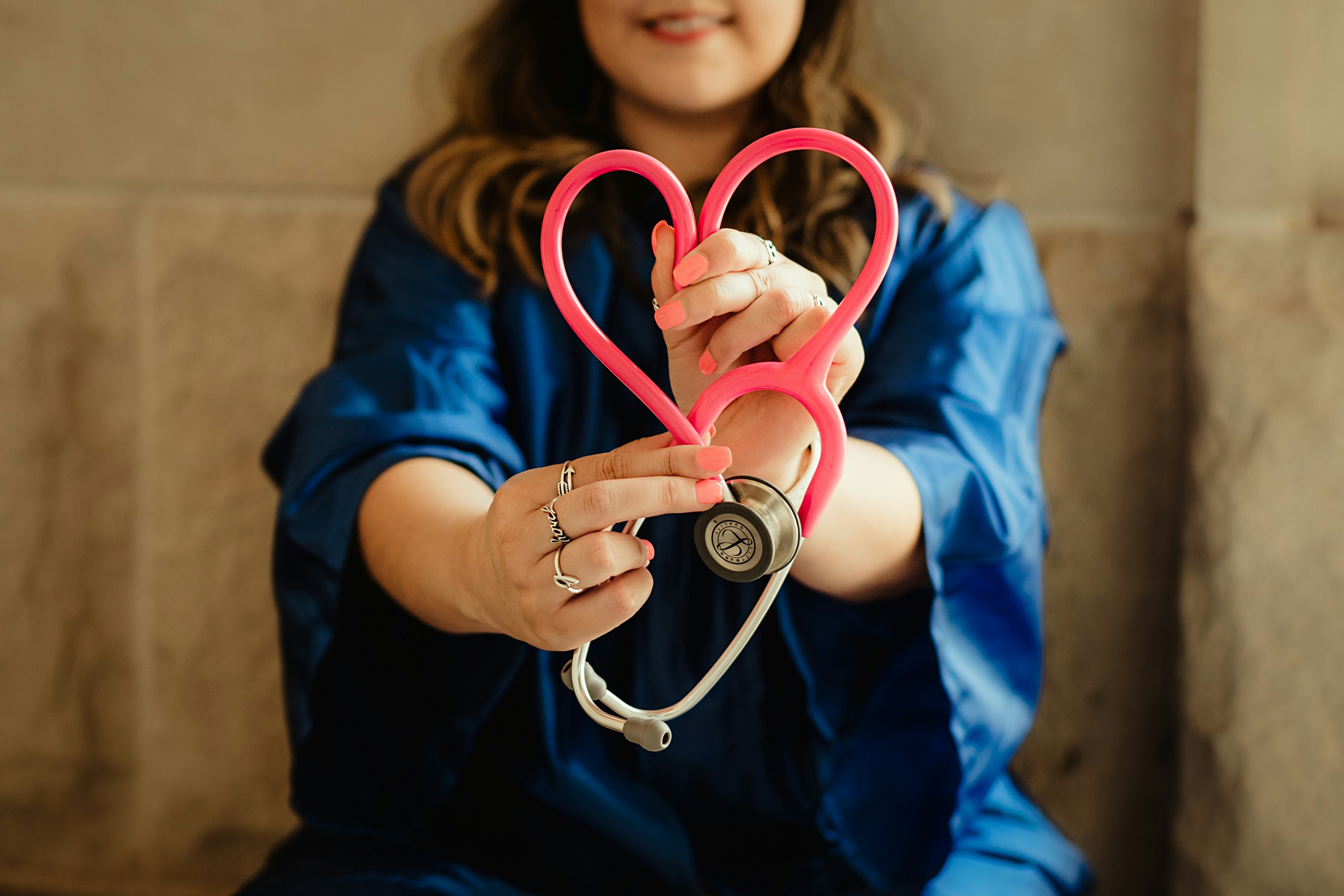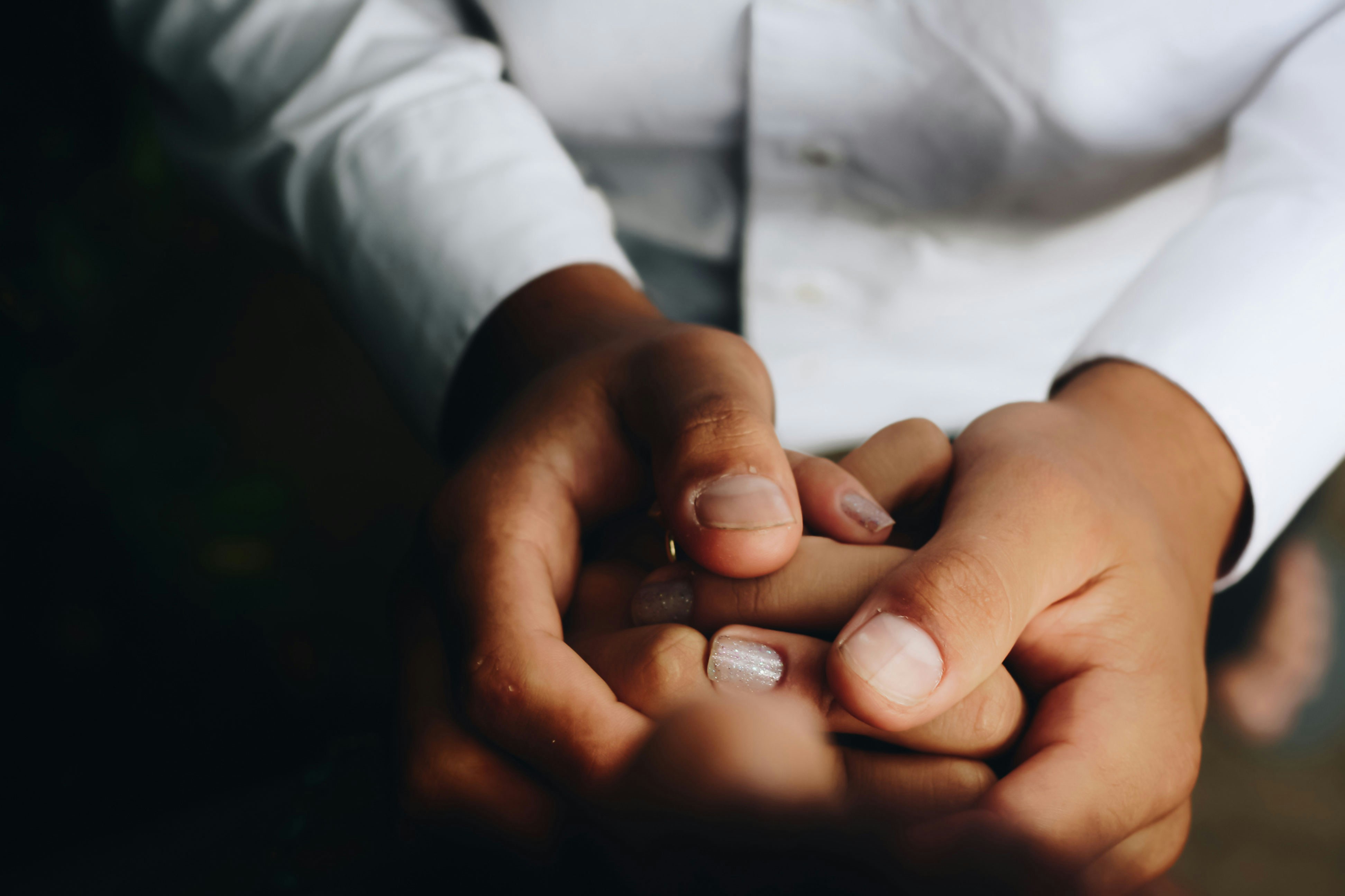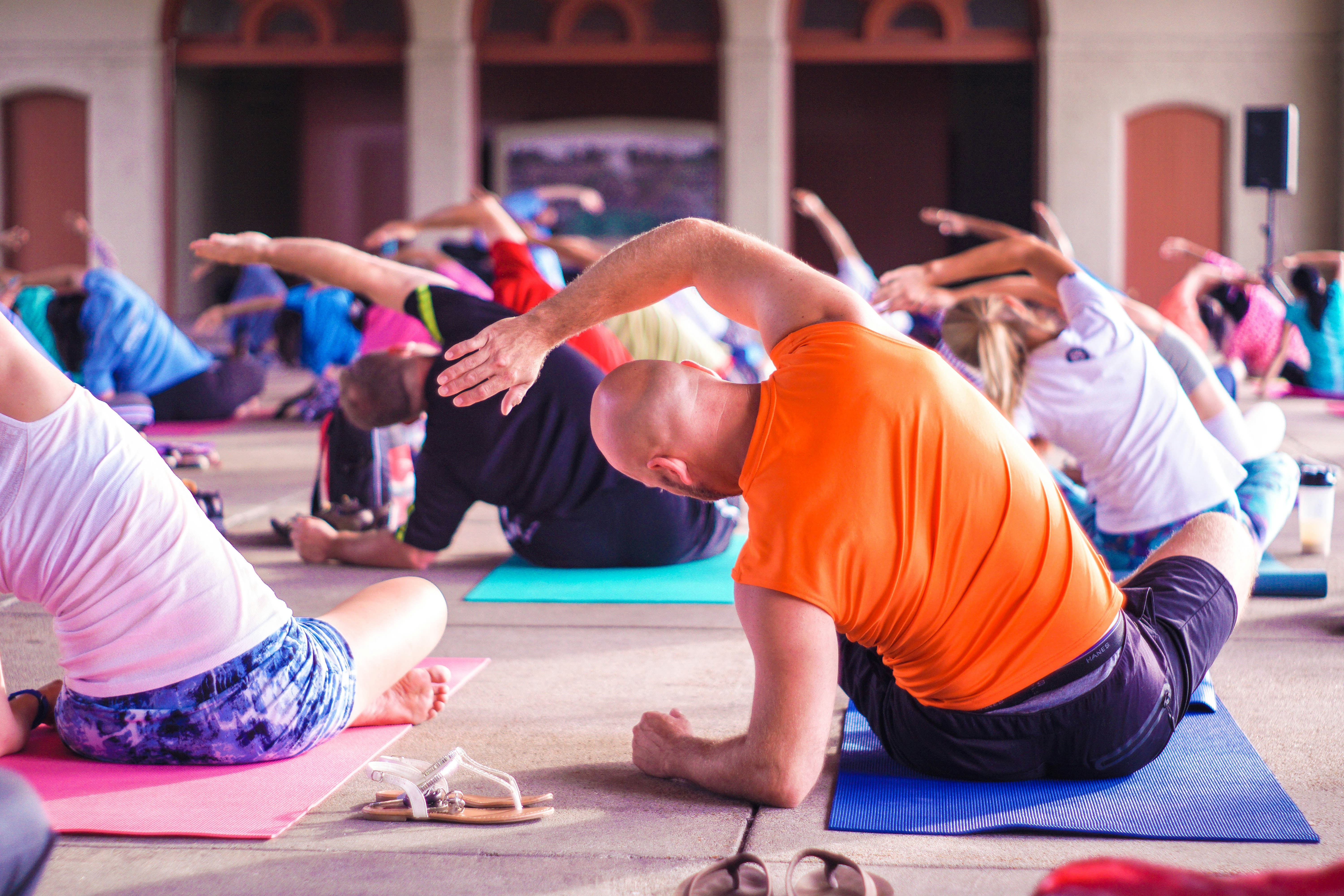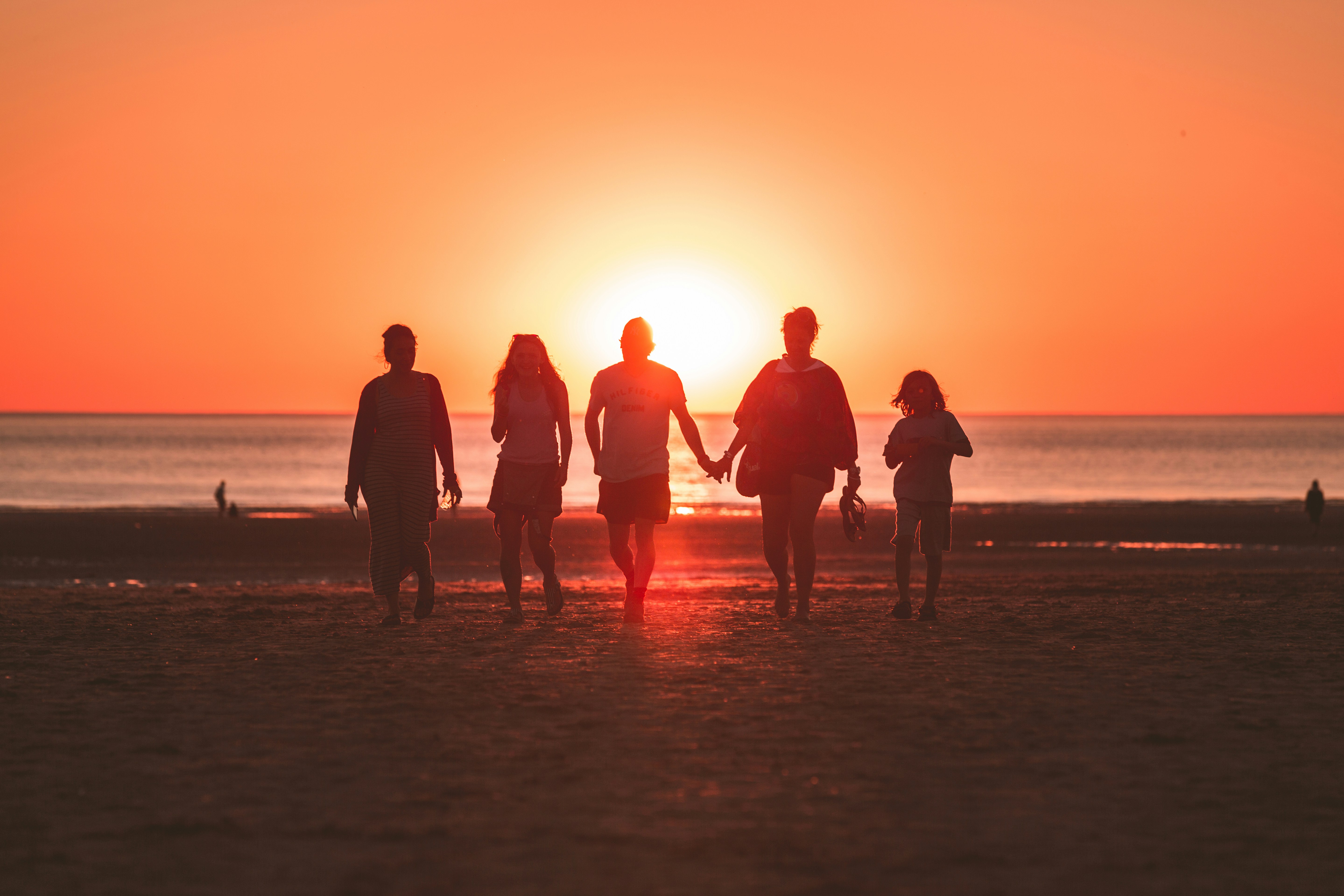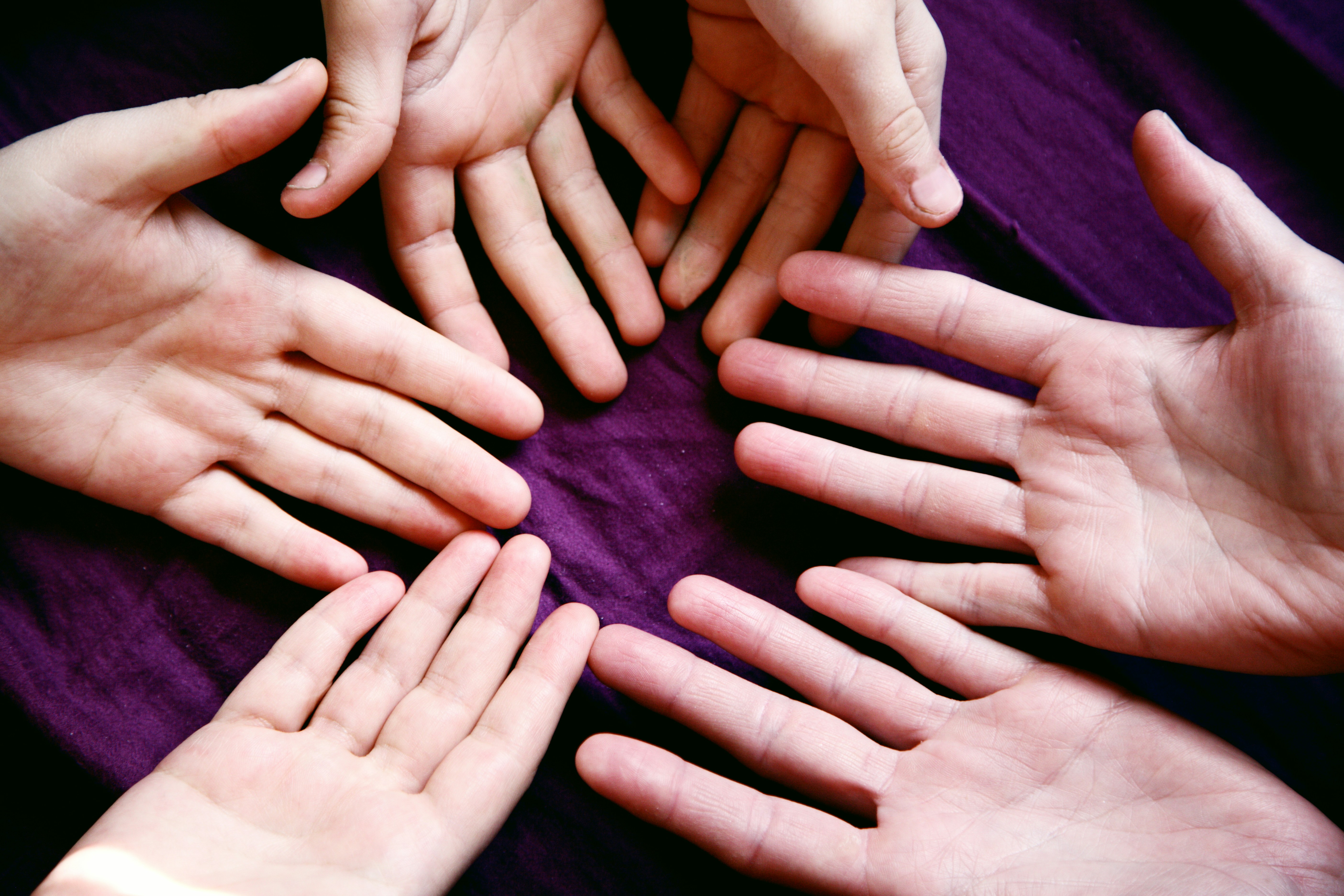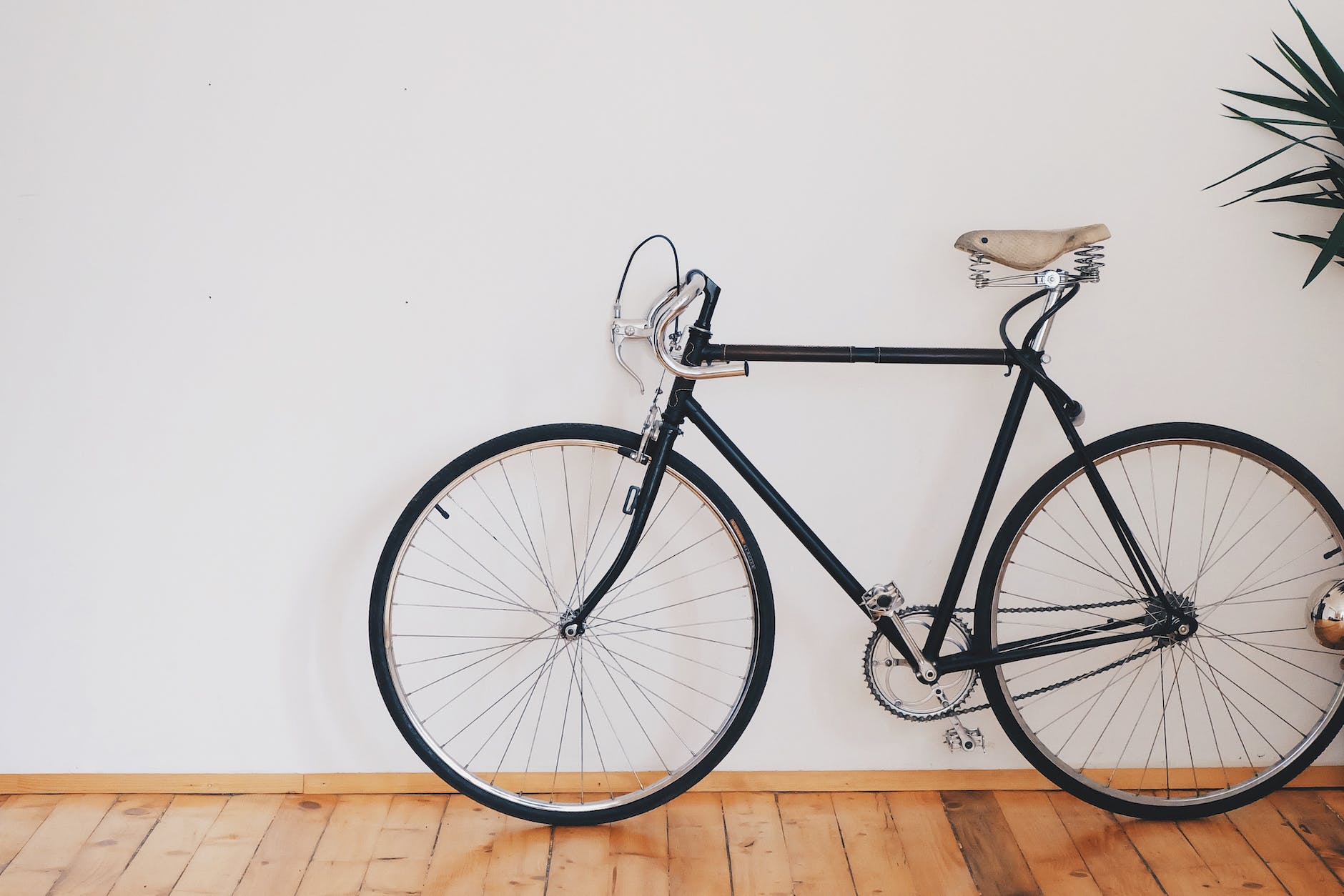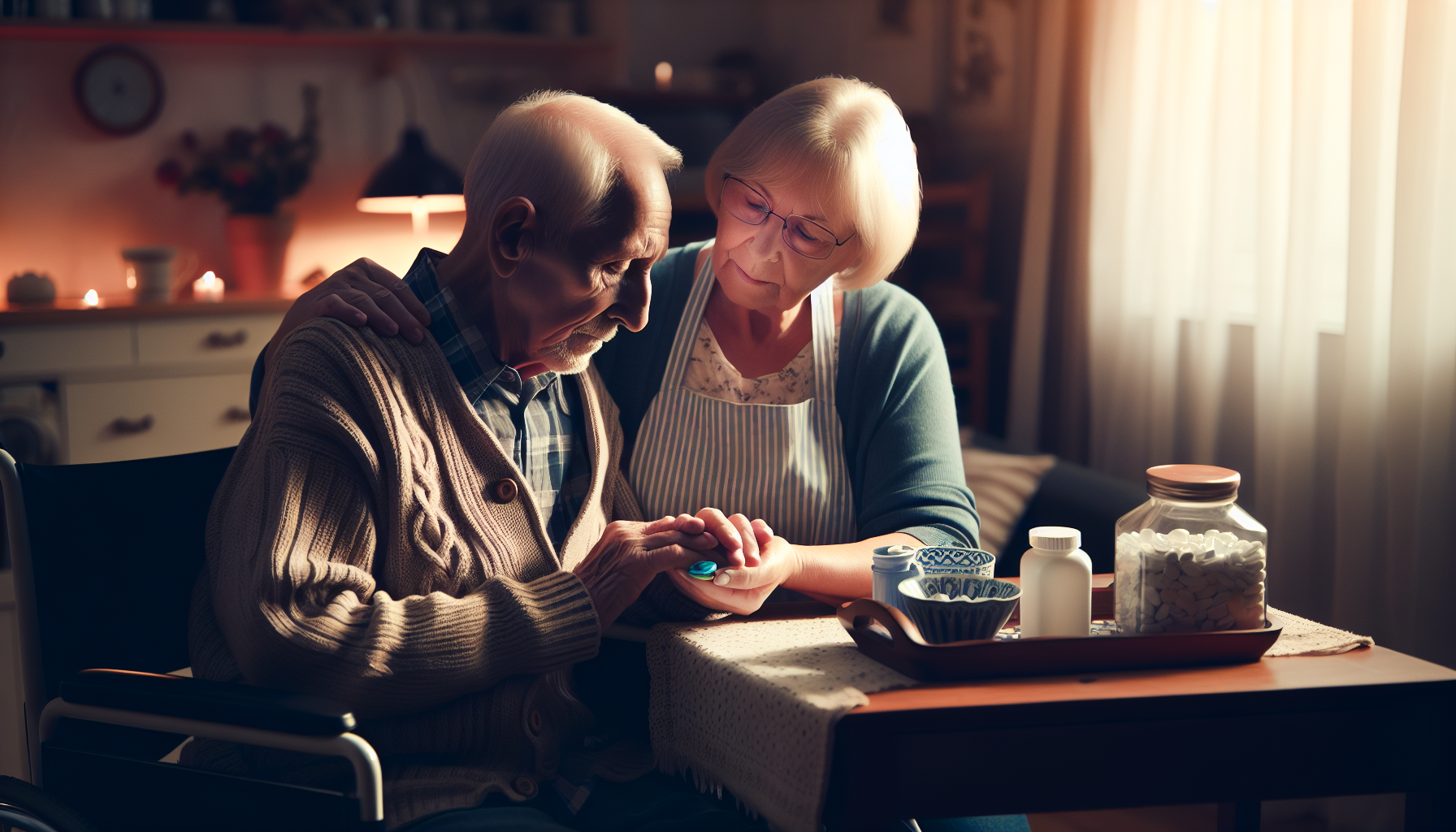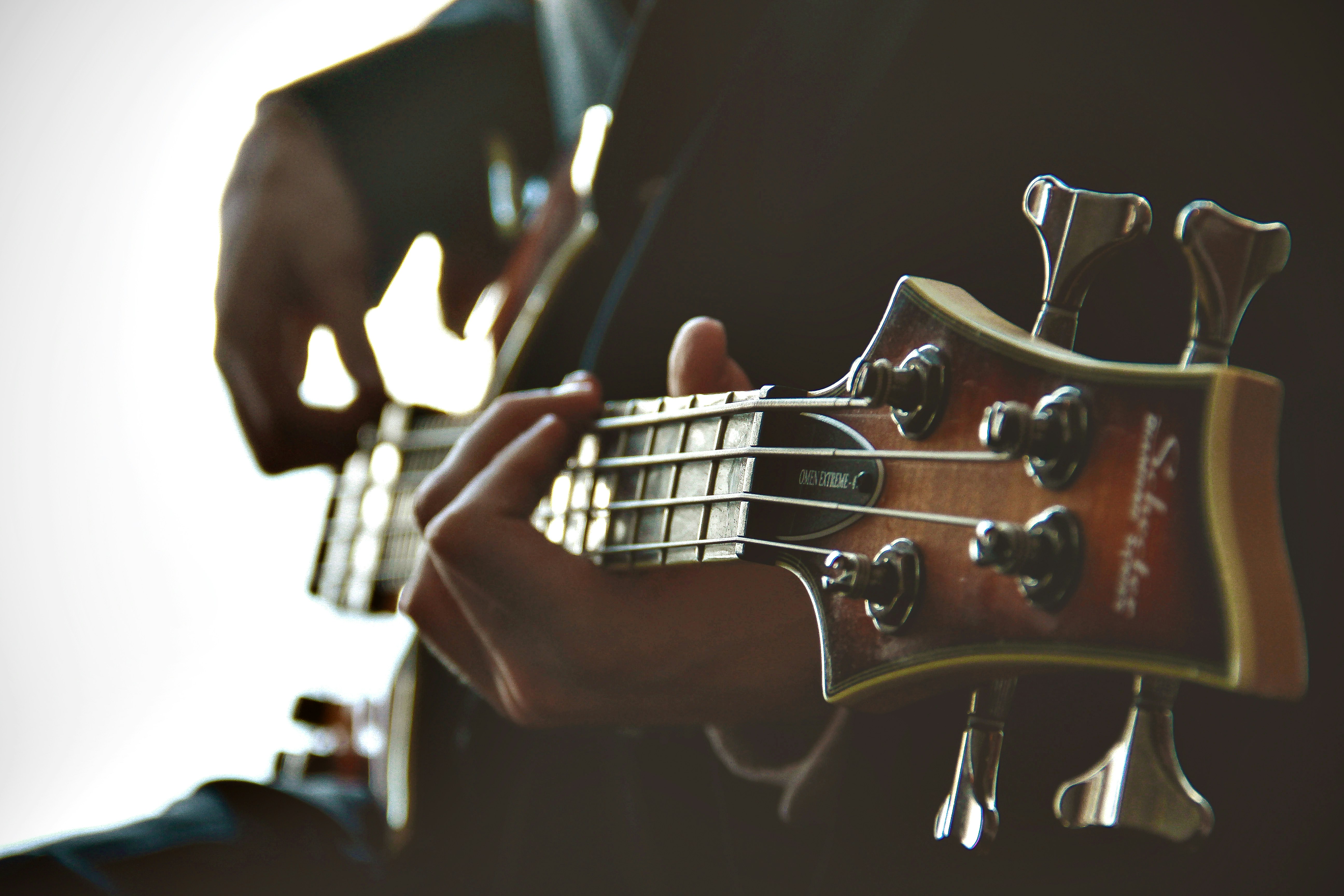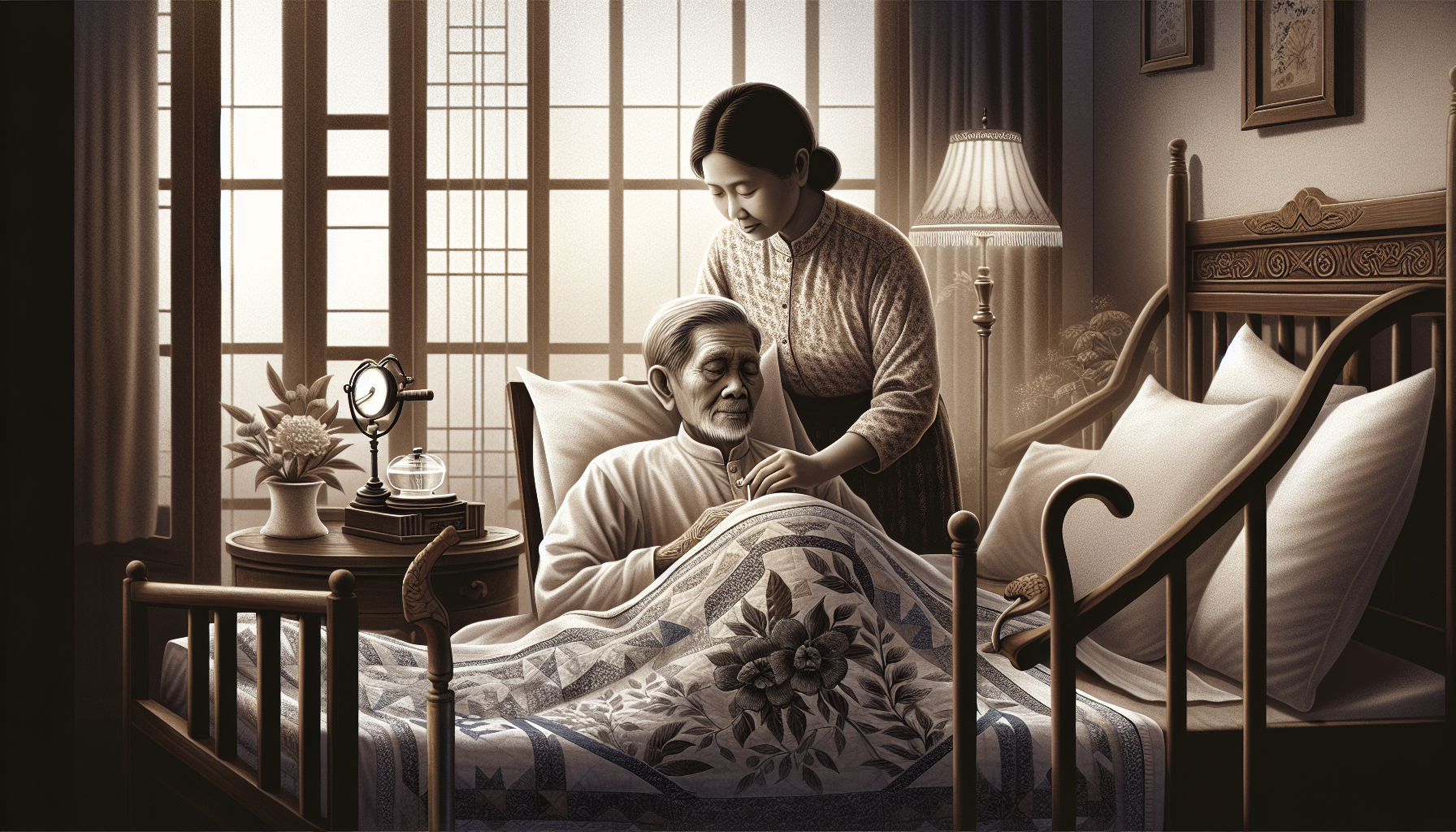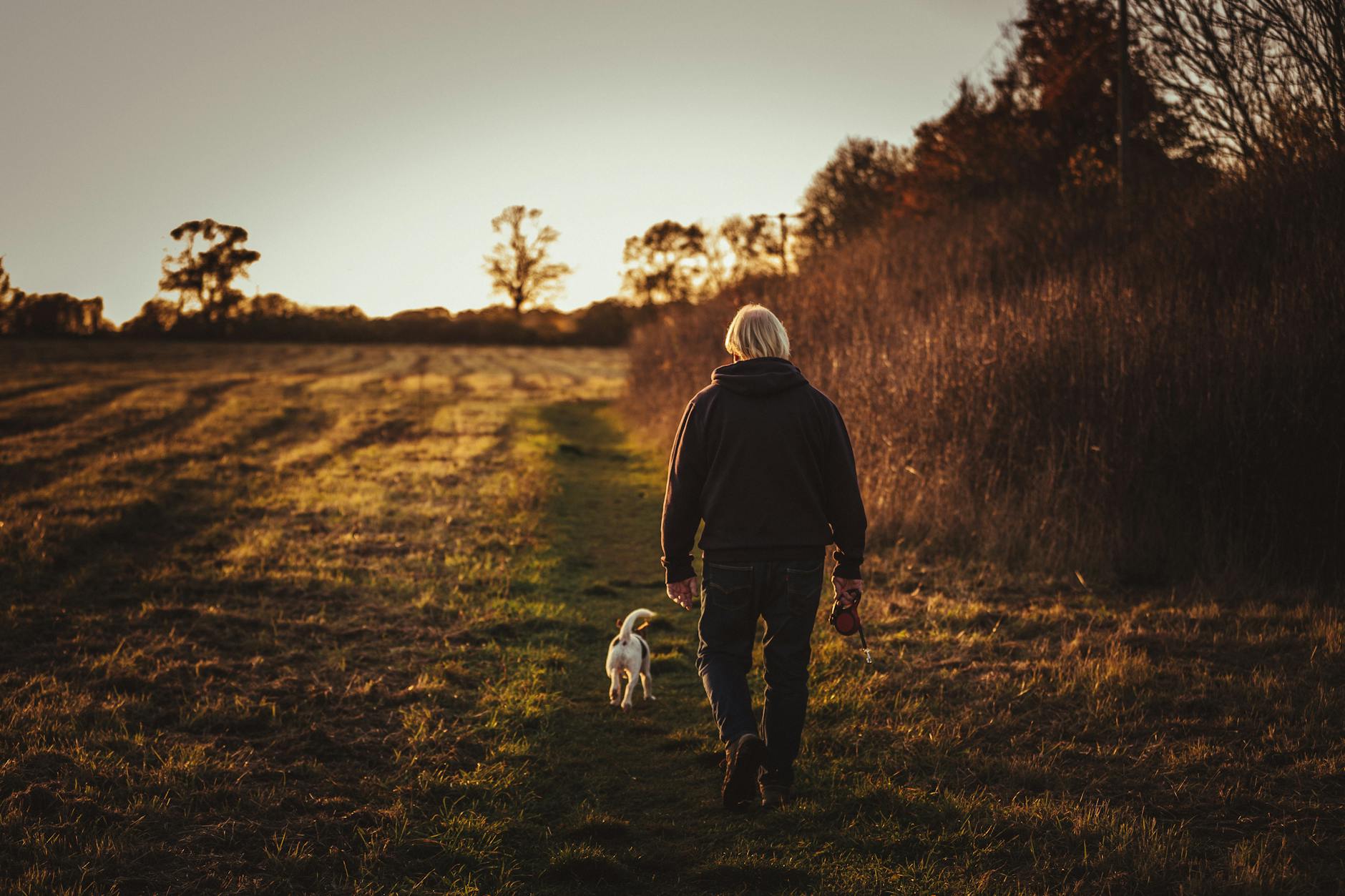Left Side Paralysis Recovery Strategies After Stroke
Discover effective left side paralysis recovery strategies after stroke. Empower your loved ones with rehabilitation and adaptive equipment support.
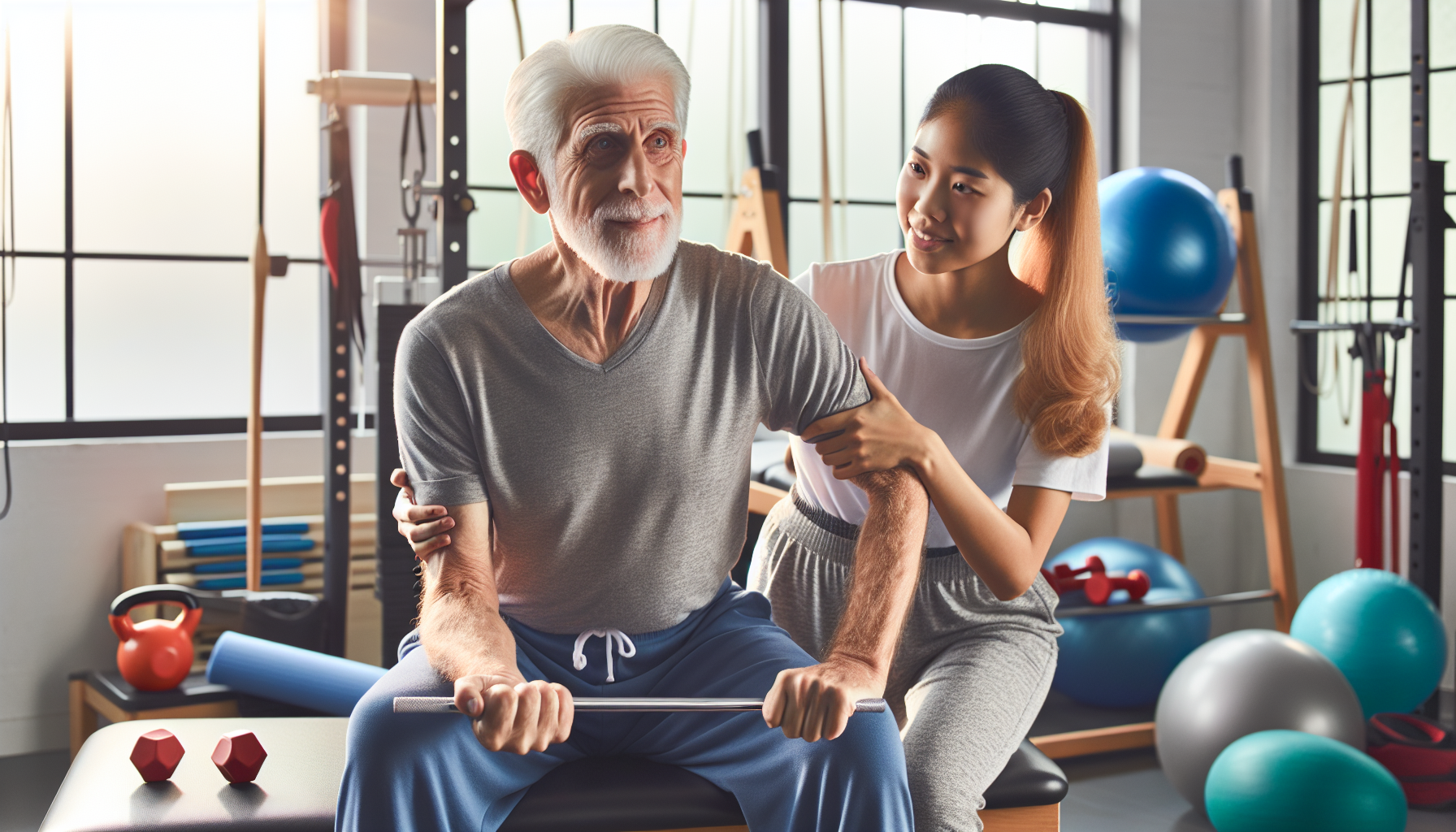
Recovering from a Stroke
Recovering from a stroke involves a comprehensive rehabilitation process that plays a crucial role in rebuilding strength, capability, and confidence. Rehabilitation helps individuals regain their independence and adapt to the challenges brought about by the stroke. It is essential for caregivers to understand the importance of rehabilitation in order to provide the best support and care for their loved ones.
Importance of Rehabilitation
Rehabilitation after a stroke typically begins in the hospital within a day or two after the stroke, aiming to ease the transition from the hospital to home and prevent future strokes. According to the American Heart Association, developing new routines through rehabilitation can help individuals continue daily activities despite the effects of a stroke. The rehabilitation process involves working with a multidisciplinary team of healthcare professionals, including physiatrists, neurologists, physical and occupational therapists, speech-language pathologists, and nurses.
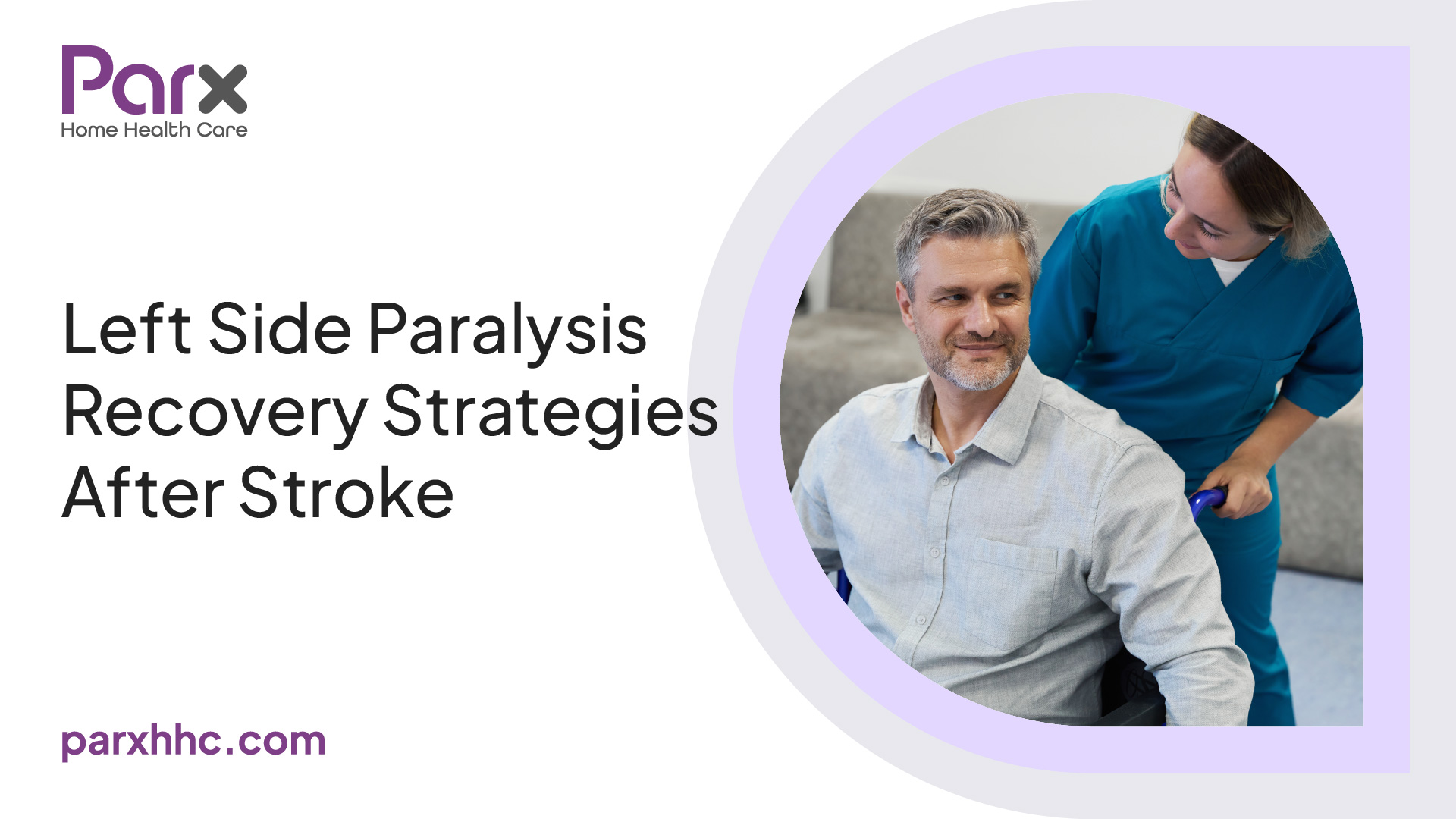
Rehabilitation not only focuses on physical recovery but also addresses cognitive and emotional impacts that may result from the stroke. Specialists can help screen for cognitive challenges and emotional impacts, providing support and developing strategies to improve cognitive function and cope with lifestyle changes.
Varied Recovery Timelines
Recovery after a stroke can vary widely among individuals. While some people may fully recover, others may face long-term or lifelong disabilities. According to the CDC, recovery time can range from weeks to months or even years. The first three months post-stroke often see the most improvement as individuals go through inpatient rehabilitation or progress in outpatient therapy sessions.
It is important to note that every stroke survivor's recovery journey is unique. The recovery timeline depends on various factors, including the severity of the stroke, the area of the brain affected, the individual's overall health, and their commitment to rehabilitation. Rehabilitation specialists work closely with patients to set realistic recovery goals and develop personalized treatment plans to regain function as close as possible to their pre-stroke levels or develop compensation strategies to cope with functional impairments.
Understanding the significance of rehabilitation and the varied recovery timelines can help caregivers provide the necessary support and encouragement to their loved ones as they navigate the path to stroke recovery. By working closely with the healthcare team and following the recommended rehabilitation plan, stroke survivors can maximize their potential for recovery and improve their quality of life.
Addressing Underlying Causes
After a stroke, it is crucial to address the underlying causes to prevent future strokes and promote a successful recovery. Managing risk factors and implementing preventive measures play a significant role in reducing the likelihood of experiencing another stroke.
Managing Risk Factors
Identifying and managing risk factors associated with stroke is essential for long-term health and stroke prevention. Common risk factors include heart disease, high blood pressure, atrial fibrillation, high cholesterol, and diabetes. According to the CDC, it is vital to treat these underlying causes to prevent another stroke CDC - Stroke Treatments.
Management of these risk factors may involve various approaches such as:
By effectively managing these risk factors, individuals can significantly reduce their chances of experiencing another stroke and improve their overall well-being.
Preventing Future Strokes
Prevention is key when it comes to reducing the risk of future strokes. Approximately 80% of secondary strokes are preventable with lifestyle changes and medical intervention Saebo.
Some preventive measures to consider include:
By addressing underlying causes, managing risk factors, and implementing preventive measures, individuals can take proactive steps towards reducing the risk of future strokes and promoting a healthier, stroke-free life.
Dealing with Hemiparesis
Hemiparesis, a common after-effect of stroke, refers to weakness on one side of the body, limiting movement and affecting basic activities such as dressing, eating, and walking [2]. The weakened side of the body in hemiparesis can be ipsilateral (the same side as the brain injury) or contralateral (opposite the side of the brain injury). In this section, we will explore the symptoms and challenges associated with hemiparesis, as well as the treatment and management options available.
Symptoms and Challenges
Hemiparesis can present with a range of symptoms that impact daily life. Common challenges experienced by individuals with hemiparesis include:
These symptoms can significantly affect independence and quality of life. However, with appropriate treatment and management strategies, individuals with hemiparesis can work towards regaining function and improving their overall well-being.
Treatment and Management
The treatment and management of hemiparesis involve a multidisciplinary approach to address the weakness and improve functionality. Here are some strategies commonly used:
It's important to note that treatment plans for hemiparesis should be tailored to the individual's specific needs and goals. Regular evaluation and reassessment of progress are vital to ensure appropriate adjustments are made.
Beyond therapy, there are other management strategies that can support individuals with hemiparesis:
By addressing the symptoms and challenges associated with hemiparesis and implementing appropriate treatment and management strategies, individuals can improve their overall functionality and quality of life. The support of healthcare professionals, along with the dedication and perseverance of the individual, plays a crucial role in the recovery journey.
Rehabilitation Strategies
When it comes to recovering from left side paralysis after a stroke, rehabilitation plays a crucial role. Rehabilitation aims to restore function as close as possible to pre-stroke levels or develop compensation strategies to cope with functional impairments. It typically involves a multidisciplinary approach, including physical therapy, occupational therapy, and speech therapy.
Physical Therapy
Physical therapy is an essential component of stroke rehabilitation. It focuses on improving mobility, strength, and coordination on the affected side of the body. Physical therapists work closely with stroke patients to develop personalized exercise programs and techniques to enhance motor skills and regain independence in daily activities.
During physical therapy sessions, therapists may utilize various techniques and exercises, such as range-of-motion exercises, gait training, balance exercises, and strength training. The goal is to help stroke survivors regain control of their movements, improve balance, and increase their overall physical function.
Occupational Therapy
Occupational therapy aims to help stroke survivors regain independence in performing activities of daily living (ADLs) and improve their ability to participate in meaningful activities. Occupational therapists work with patients to develop strategies and skills necessary for self-care, such as dressing, bathing, and grooming.
In addition to ADLs, occupational therapy also focuses on upper limb rehabilitation. Therapists use various techniques, exercises, and adaptive equipment to enhance hand and arm function, improve fine motor skills, and promote functional independence.
Speech Therapy
Speech therapy, also known as language therapy or speech-language pathology, is crucial for individuals who experience communication and swallowing difficulties after a stroke. Speech therapists work with stroke survivors to improve speech clarity, language skills, and cognitive-communicative abilities.
During speech therapy sessions, therapists may use exercises and techniques to address speech articulation, language comprehension, and expression. They also provide strategies to manage swallowing difficulties, known as dysphagia, to ensure safe and efficient swallowing.
The rehabilitation process after a stroke typically begins in the hospital within a day or two after the stroke, and it continues in various settings, such as inpatient rehabilitation or outpatient therapy sessions. The frequency and duration of rehabilitation depend on the individual's needs and recovery progress.
Remember, stroke rehabilitation is not limited to physical recovery. It also addresses cognitive and emotional impacts, both for patients and caregivers. Rehabilitation specialists can provide support by screening for cognitive challenges, emotional impacts, and developing strategies to improve cognitive function and cope with lifestyle changes resulting from the stroke.
By incorporating physical therapy, occupational therapy, and speech therapy into the recovery journey, individuals with left side paralysis can maximize their potential for functional improvement and regain independence in their daily lives.
Home Exercise Programs
To aid in the recovery of left side paralysis after a stroke, home exercise programs play a crucial role. These programs target specific areas of the body, such as the legs, balance and core, as well as the arm and hand. By regularly engaging in these exercises, individuals can improve strength, coordination, and overall functionality.
Leg Exercises
Leg exercises are essential for stroke survivors to enhance strength, gait, and balance. Here are some examples of leg exercises that can be practiced at home:
ExerciseDescriptionKnee ExtensionsSit in a chair and extend one leg forward, holding for a few seconds. Repeat with the other leg.Seated MarchingWhile seated, lift one leg off the ground, mimicking a marching motion. Alternate legs in a controlled manner.
For more information and additional leg exercises, please refer to Flint Rehab.
Balance and Core Exercises
Improving balance and core stability is crucial for stroke recovery, as it can reduce the risk of falling and enhance overall mobility. Consider incorporating the following exercises into your home exercise program:
ExerciseDescriptionTrunk Rotation (Twists)Sit upright and gently rotate your torso to one side, then return to the starting position. Repeat on the other side.Knee to ChestWhile lying on your back, bring one knee toward your chest, holding for a few seconds, and then lower it. Alternate legs.Toe Tap Core ExerciseSit on the edge of a chair and tap one foot forward, then return it to the starting position. Alternate between legs.
For additional balance and core exercises, please visit Flint Rehab.
Arm and Hand Exercises
Regaining arm and hand function is crucial for performing daily activities independently. Here are some arm and hand exercises that can be practiced at home:
ExerciseDescriptionTabletop Circle ExerciseRest your forearm on a table and draw circles with your hand, focusing on controlled and smooth movements.Unweighted Bicep CurlsHold a small weight or a water bottle in your hand, then slowly bend and straighten your elbow, mimicking a bicep curl motion.Hand Surface StretchPlace your affected hand on a flat surface, fingers spread apart, and gently press down to stretch the palm and fingers.
To explore more arm and hand exercises, please refer to Flint Rehab.
By incorporating these home exercise programs into your daily routine, stroke survivors can actively participate in their recovery journey. However, it's crucial to consult with a healthcare professional or physical therapist to determine the appropriate exercises and intensity based on individual abilities and needs.
Adaptive Equipment Support
When it comes to recovering from left side paralysis after a stroke, adaptive equipment can play a vital role in helping stroke survivors regain independence and improve their quality of life. These specialized tools and aids are designed to assist with activities of daily living, making tasks more manageable and enabling individuals to perform them with greater ease. In this section, we will explore three categories of adaptive equipment support: mobility aids, bathing and toileting aids, and dressing and grooming aids.
Mobility Aids
Mobility aids are instrumental in assisting individuals with limited mobility and physical impairments to move around independently. These aids can include scooters, wheelchairs, canes, walkers, and ankle-foot orthotics (AFOs) [3]. These tools provide support and stability, helping stroke survivors regain their ability to walk and navigate their surroundings.
By using mobility aids, stroke survivors can reduce the risk of falls and injuries while increasing their confidence and mobility. It is essential to consult with a healthcare professional or physical therapist to determine the most suitable mobility aid based on individual needs and capabilities.
Bathing and Toileting Aids
Performing bathing and toileting activities can be challenging for stroke survivors with left side paralysis. However, adaptive equipment can provide the necessary support and stability to make these tasks more manageable. Examples of bathing and toileting aids include shower chairs, tub benches, anti-slip rubber mats, handheld showerheads, toilet frames with handles, raised toilet seats, and grab bars [3]. These aids ensure safety and enhance independence while maintaining personal hygiene.
By utilizing appropriate bathing and toileting aids, stroke survivors can experience increased comfort, reduced strain, and minimized risk of falls or accidents during these essential activities.
Dressing and Grooming Aids
Stroke survivors with left side paralysis may face difficulties with dressing and grooming tasks. Adaptive equipment can provide valuable assistance in overcoming these challenges. Dressing and grooming aids such as pant hooks, long-handled shoehorns, sock-aids, magnetic buttons, reachers, electric toothbrushes, electric razors, and adaptive utensils can greatly facilitate daily tasks and limit the need for excessive bending or gripping small objects.
These aids are designed to enhance fine motor coordination and make dressing and grooming routines more manageable. By utilizing these tools, stroke survivors can regain independence and confidence in self-care activities.
Adaptive equipment plays a crucial role in supporting stroke survivors as they recover from left side paralysis. It enables individuals to maintain their dignity, independence, and autonomy in performing everyday tasks. It is recommended to consult with healthcare professionals or occupational therapists for guidance on selecting appropriate adaptive equipment based on individual needs and capabilities.
References
[2]:
[3]:
